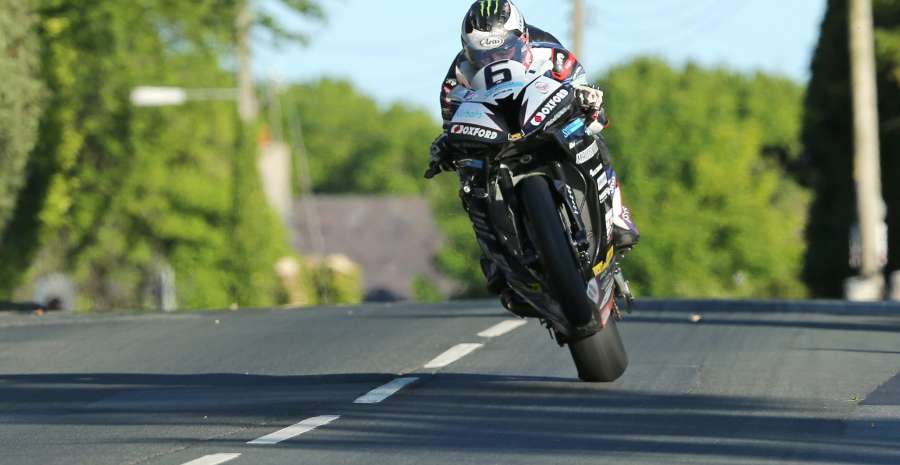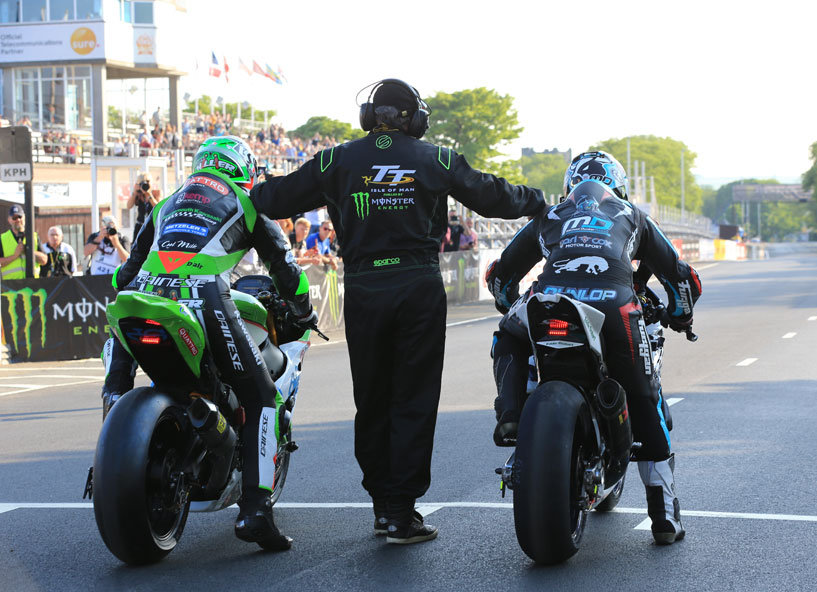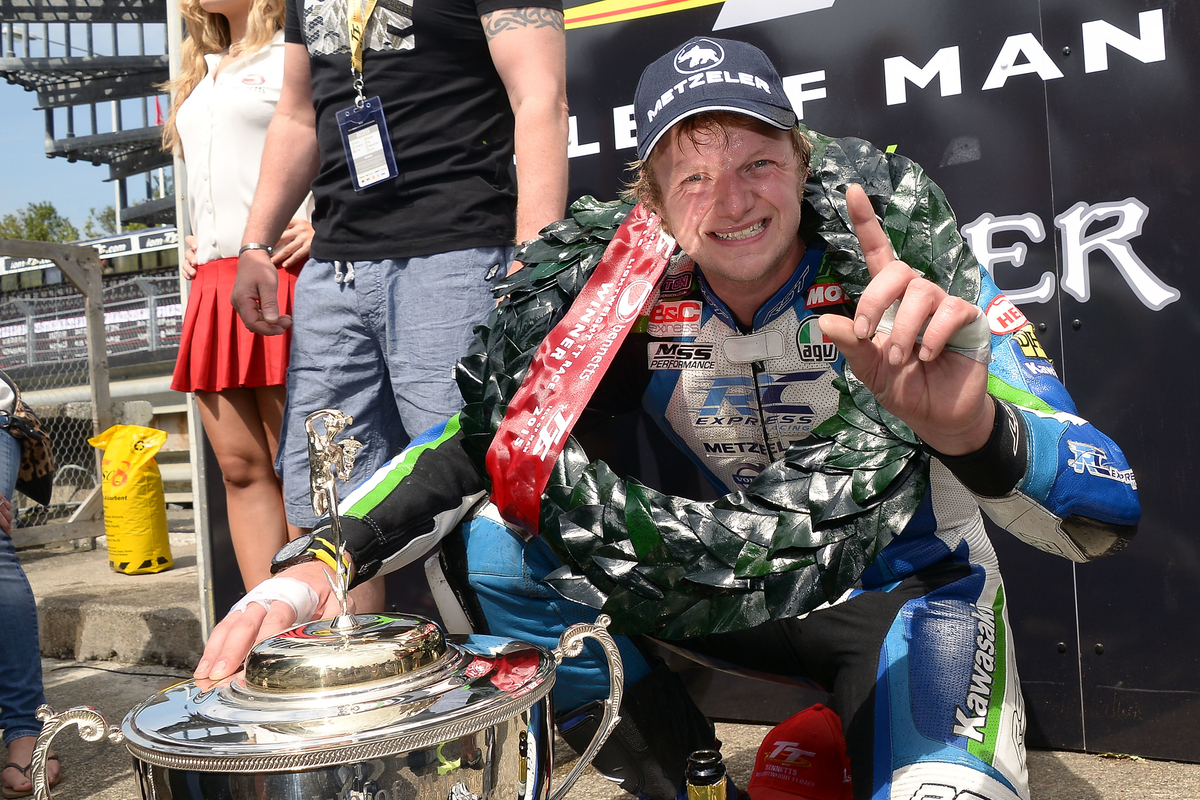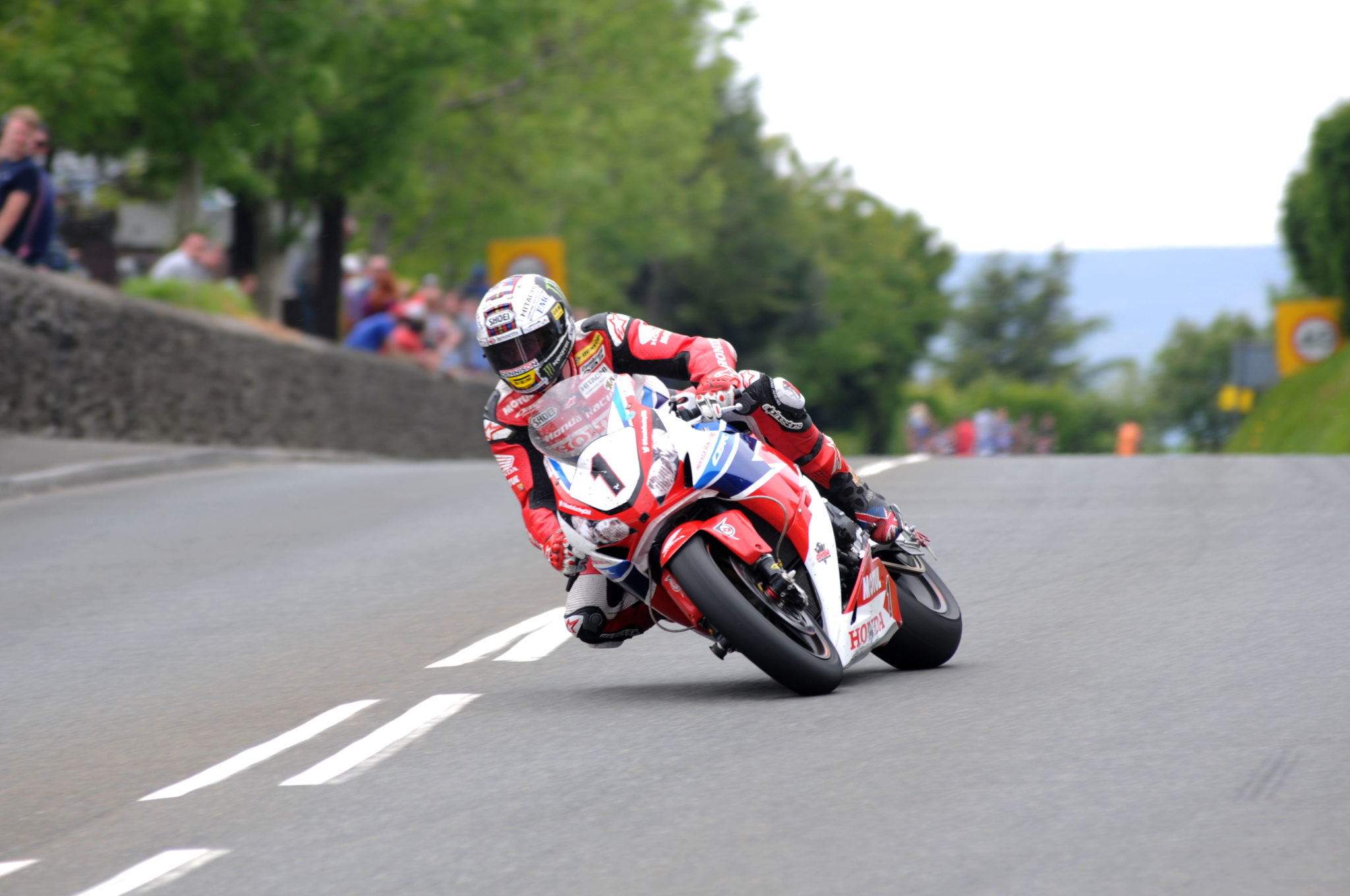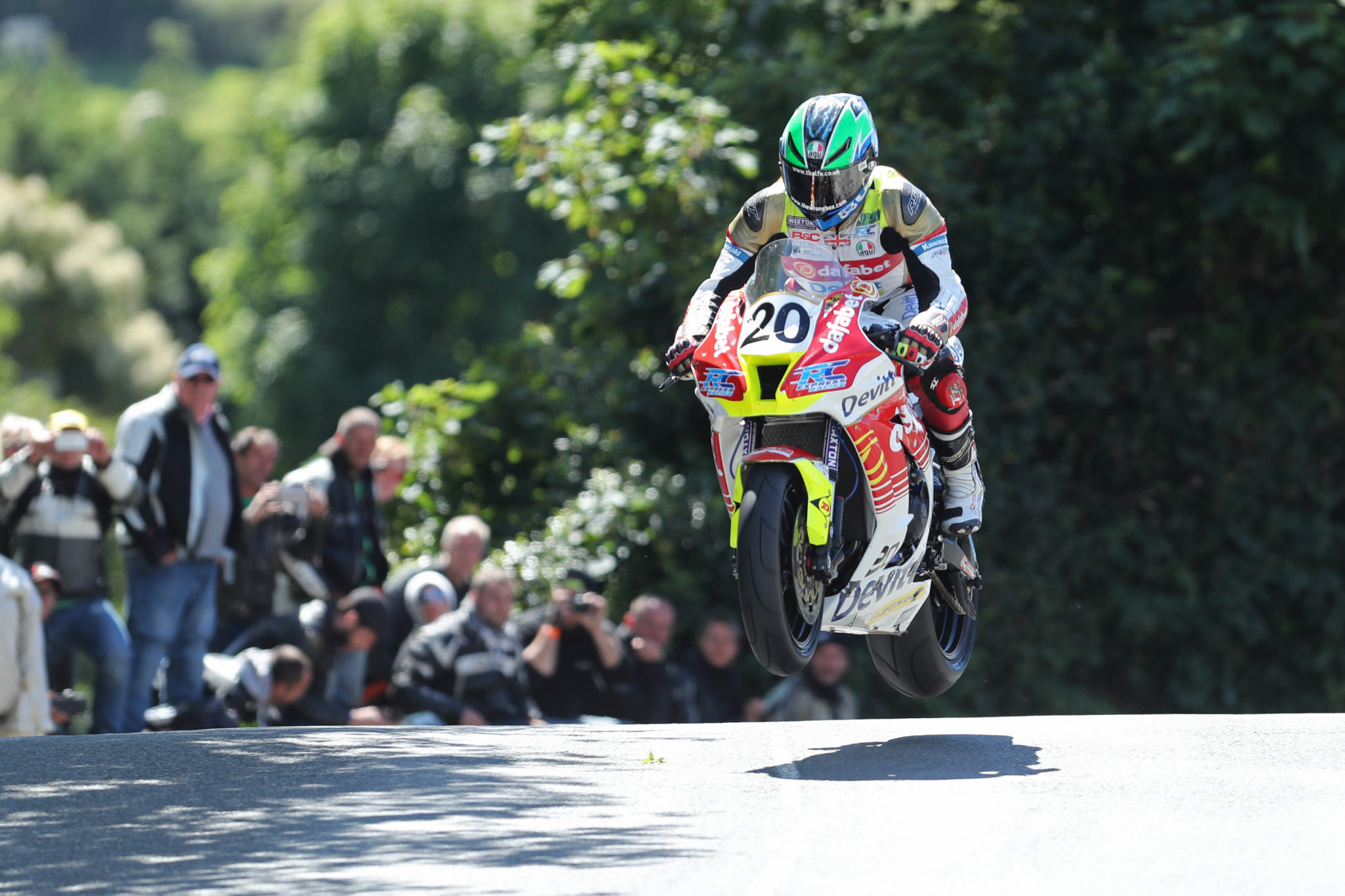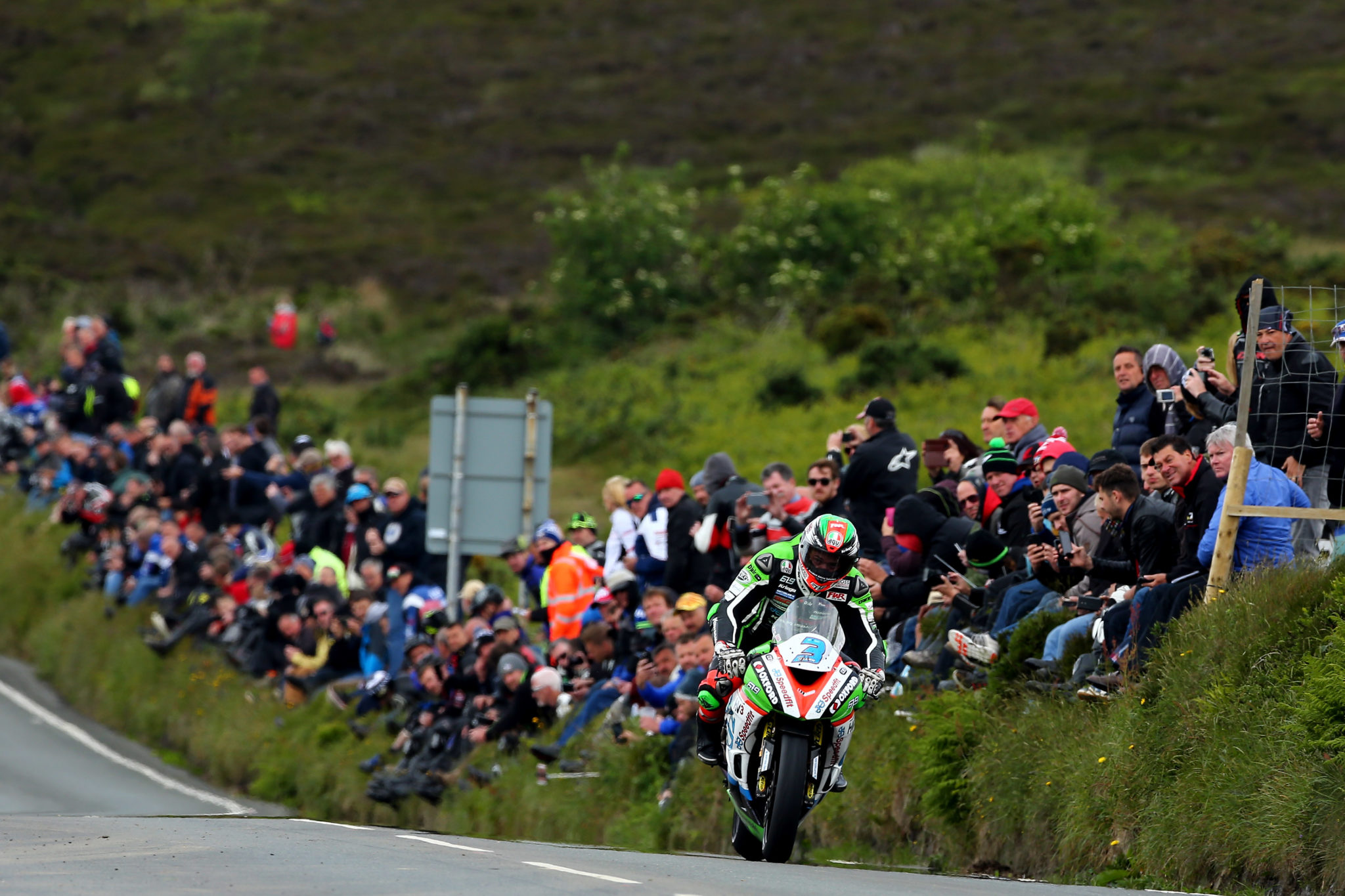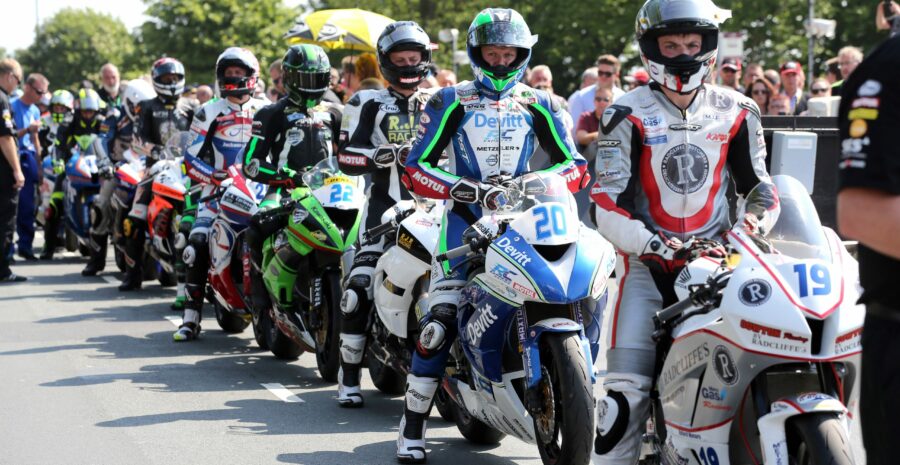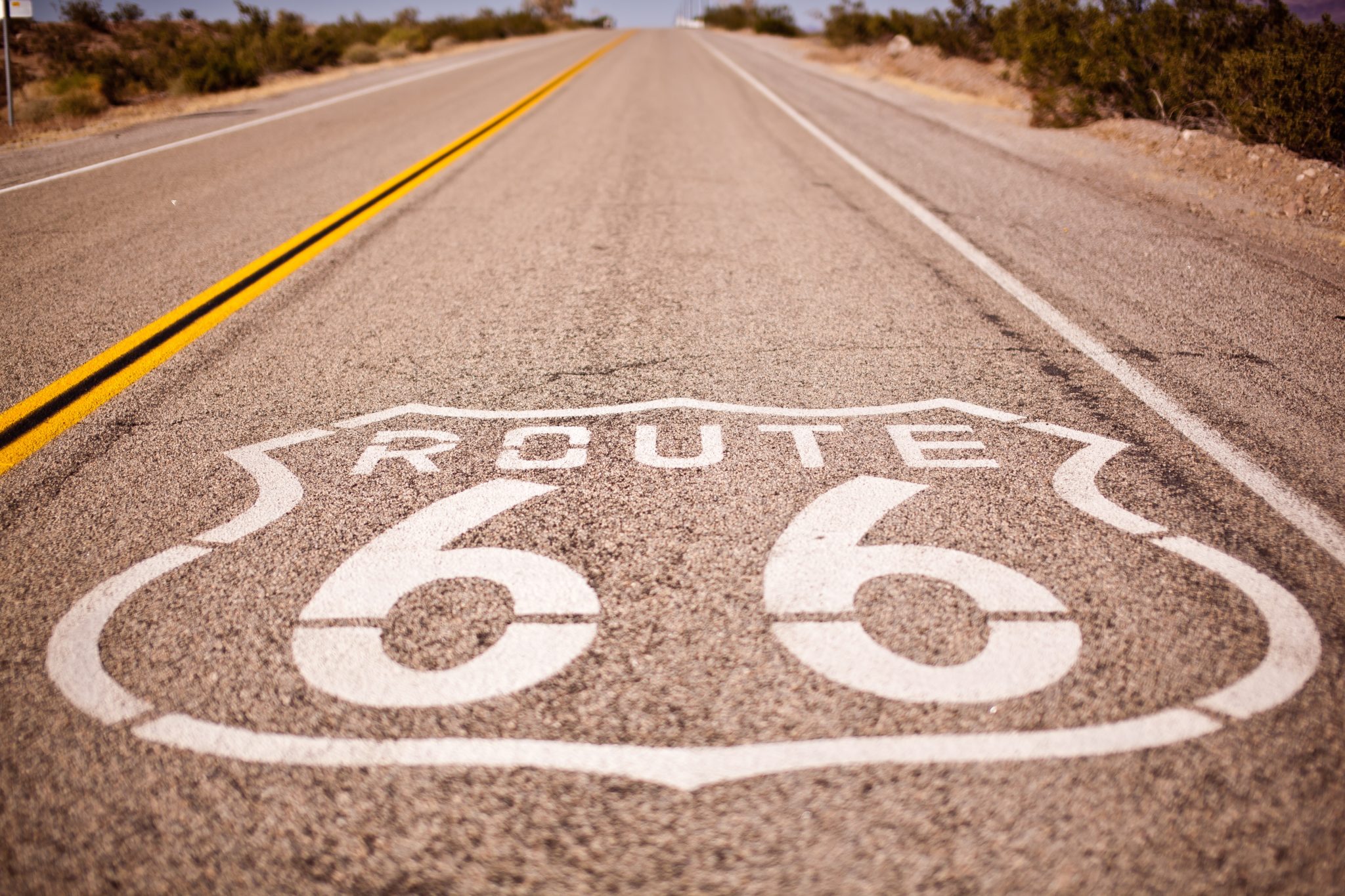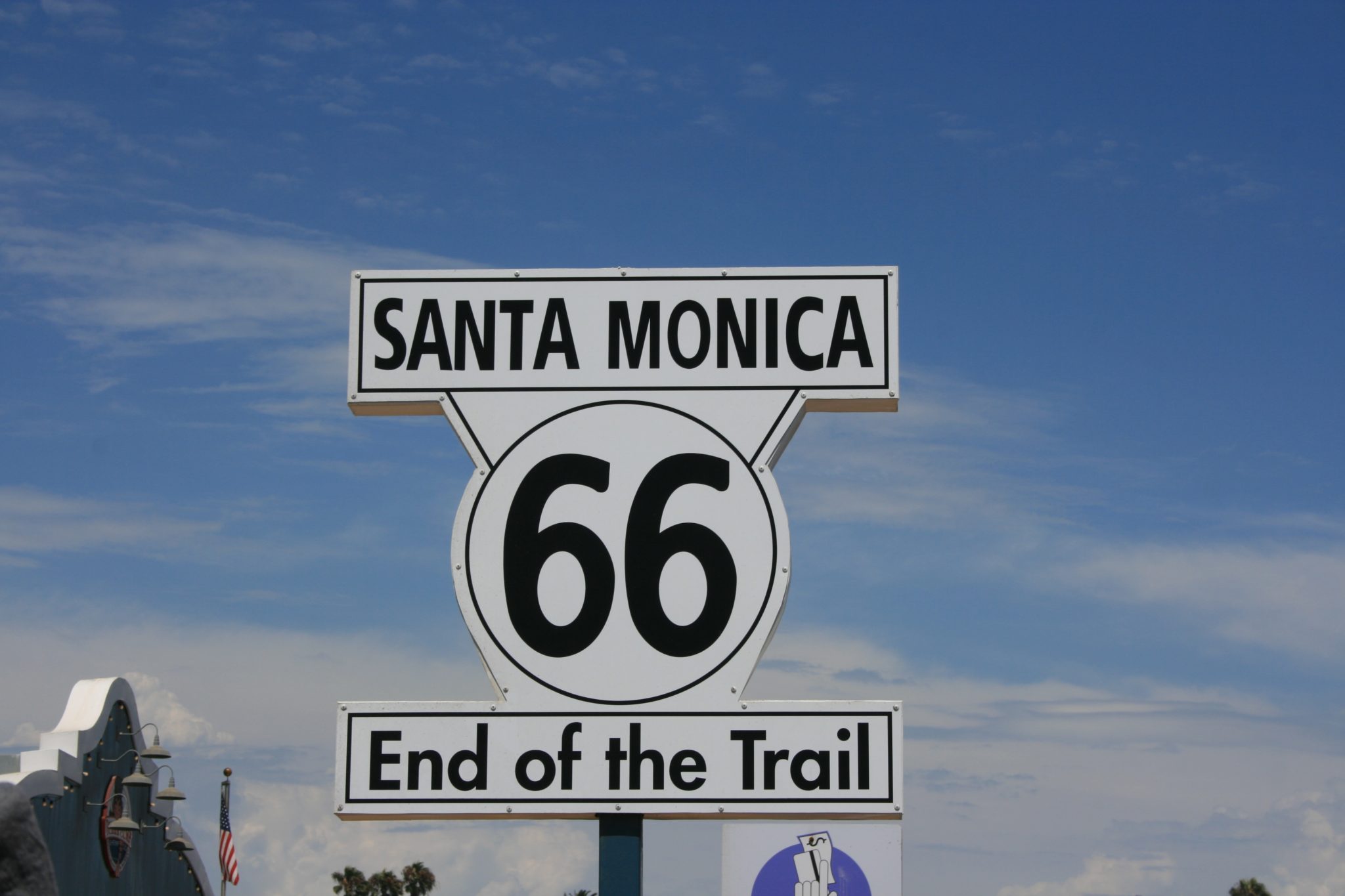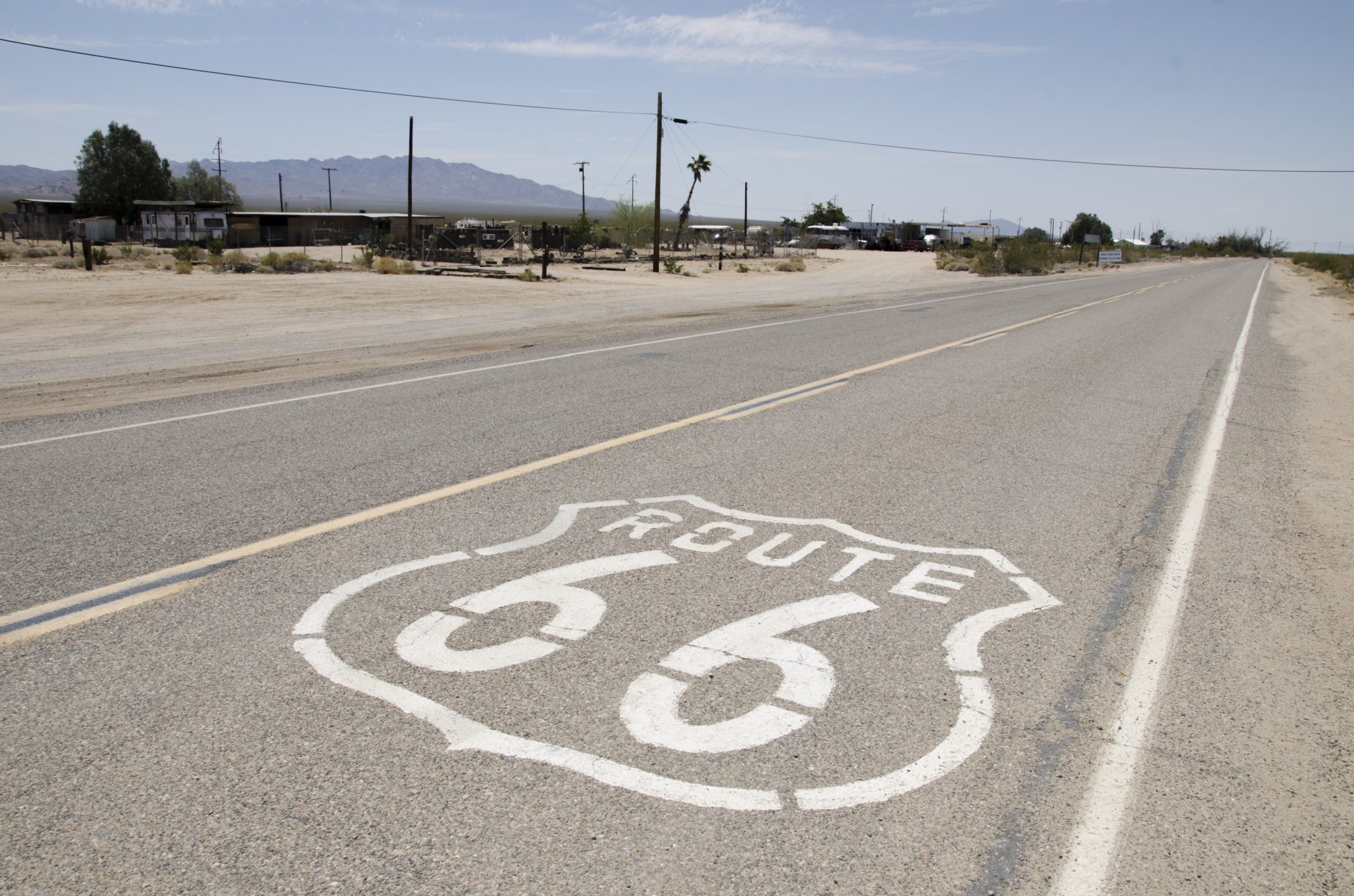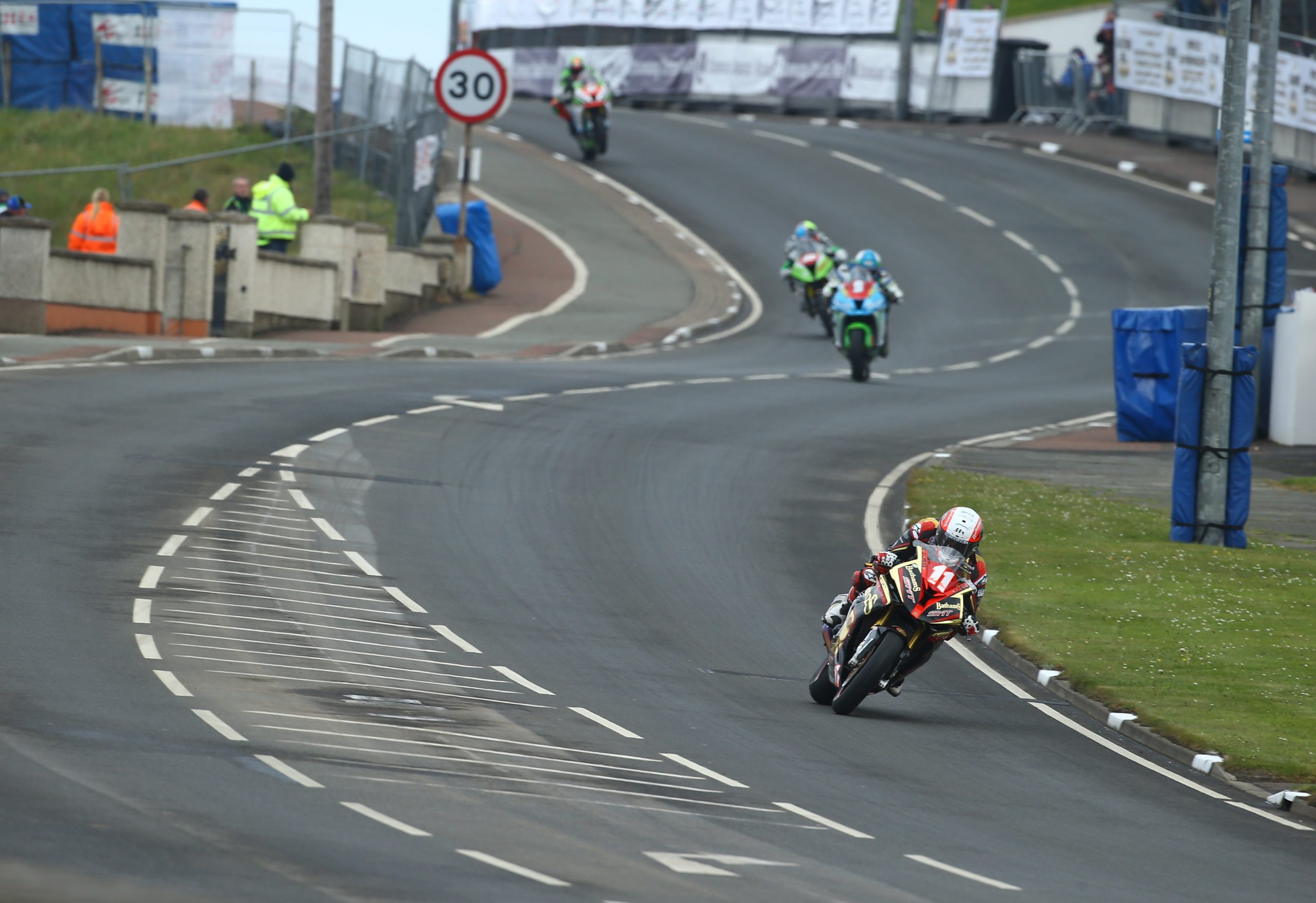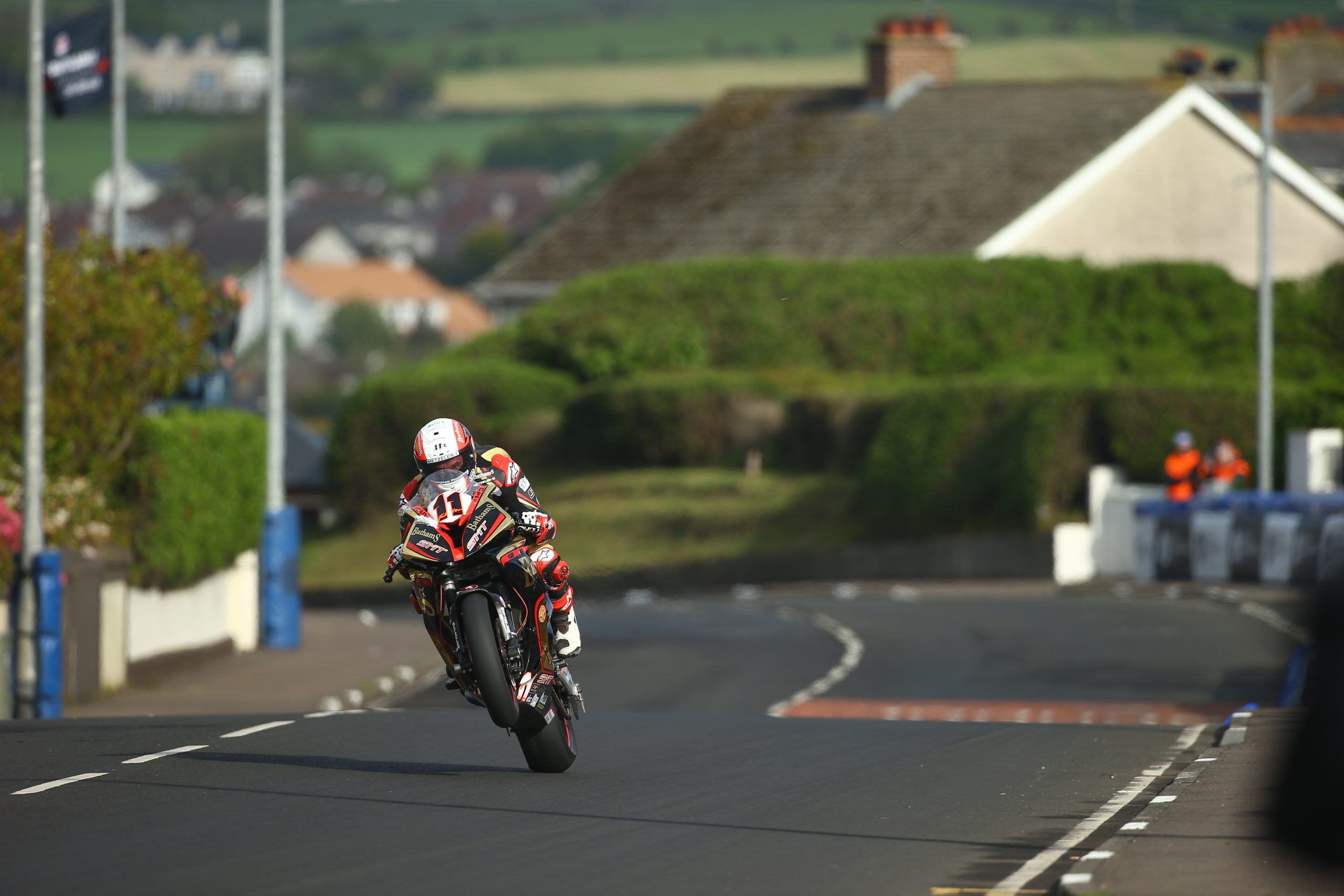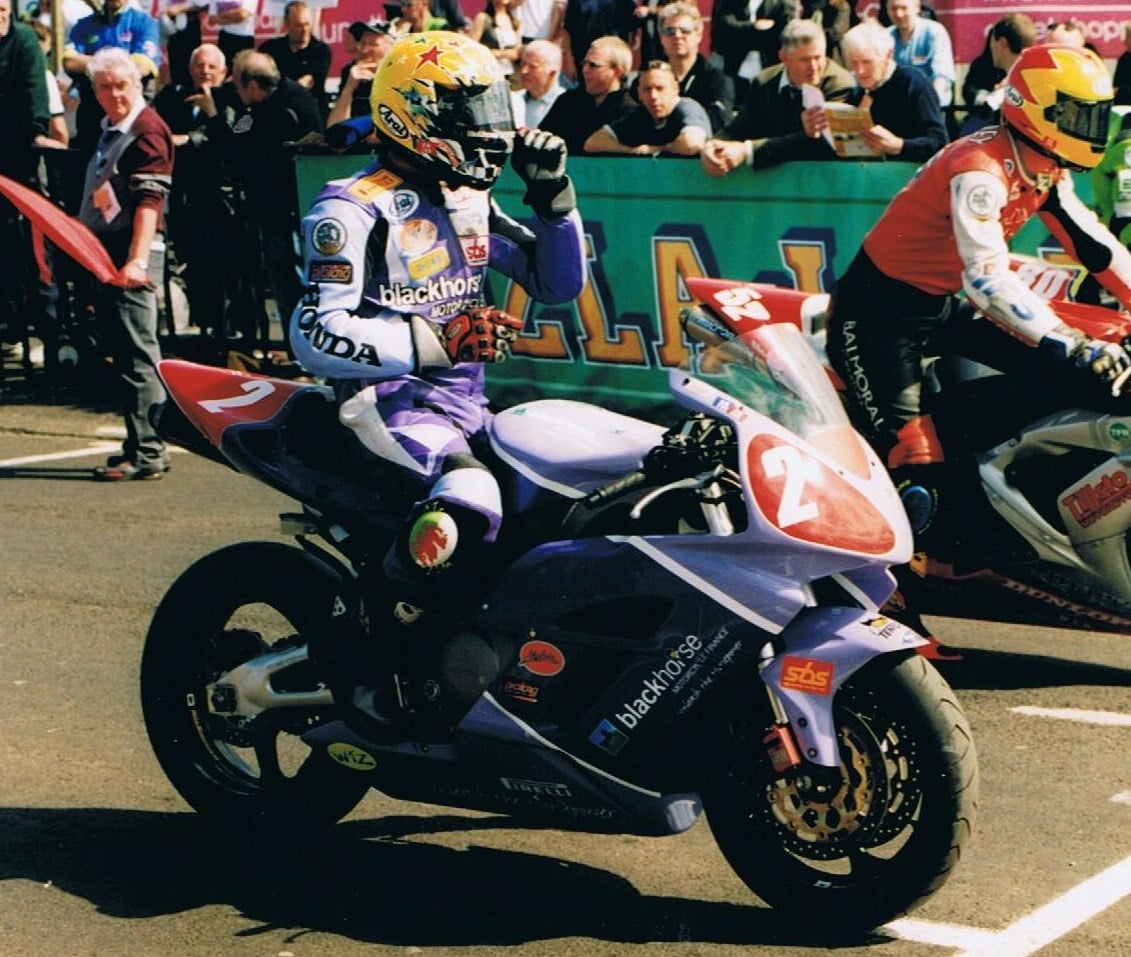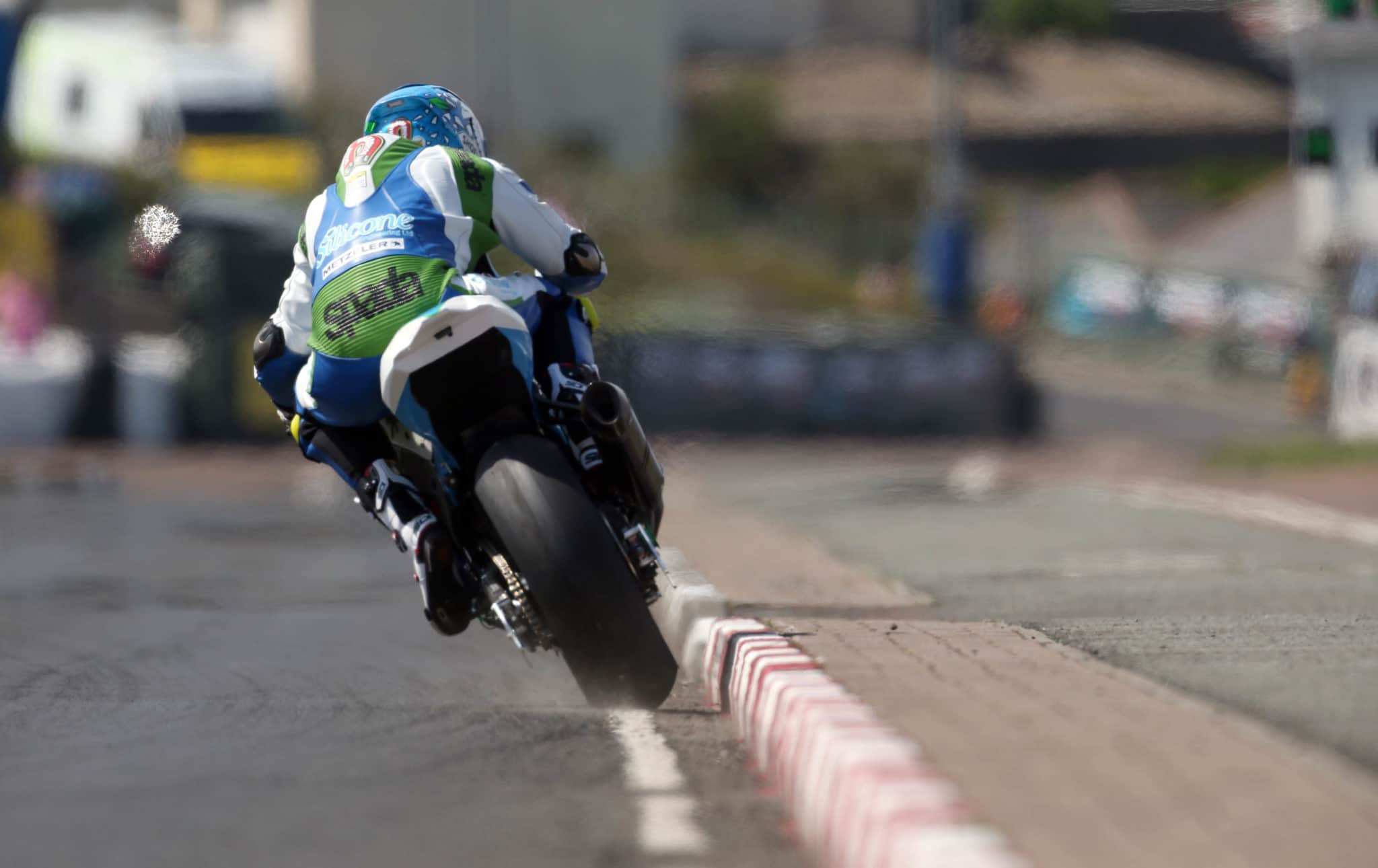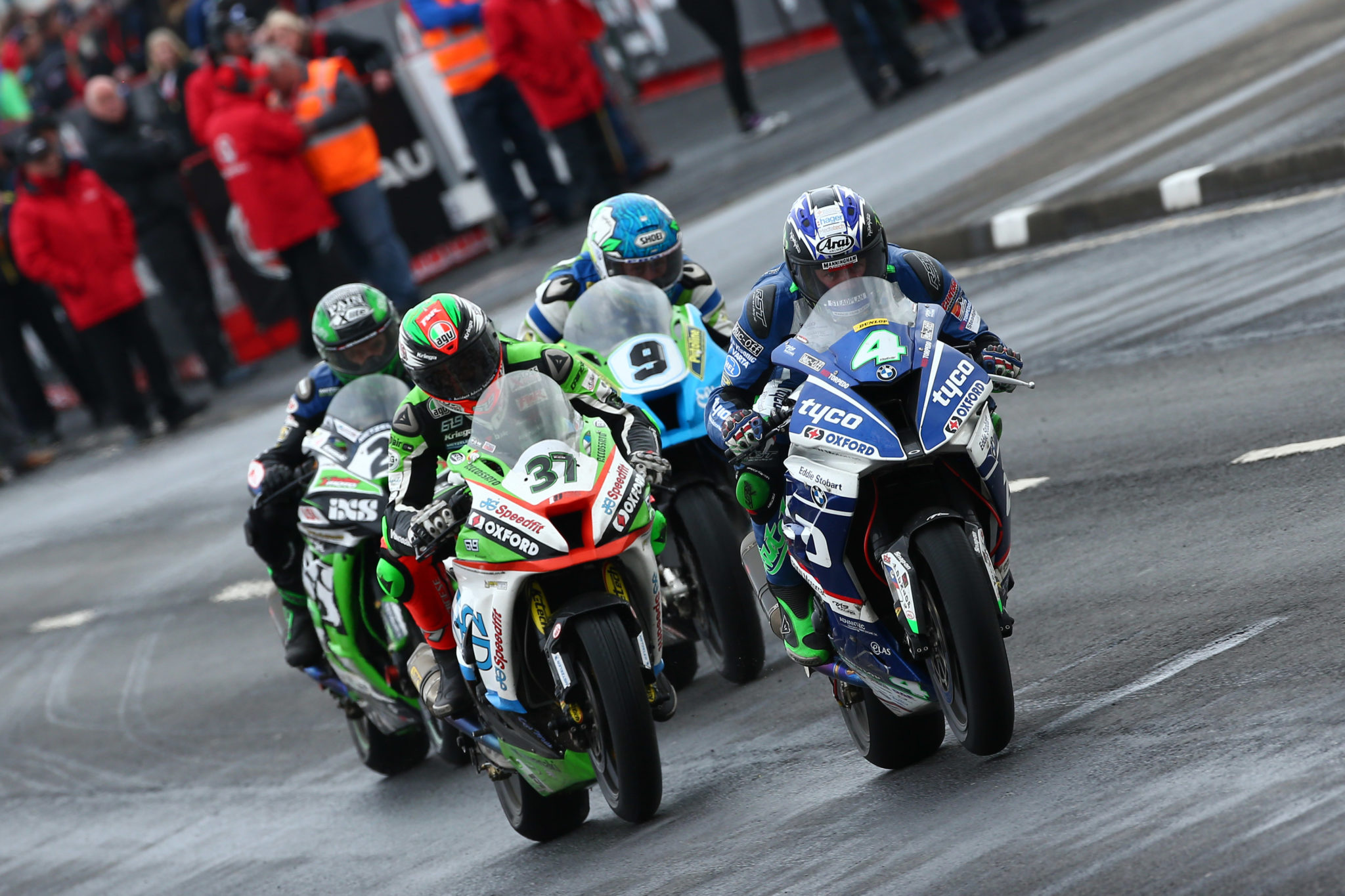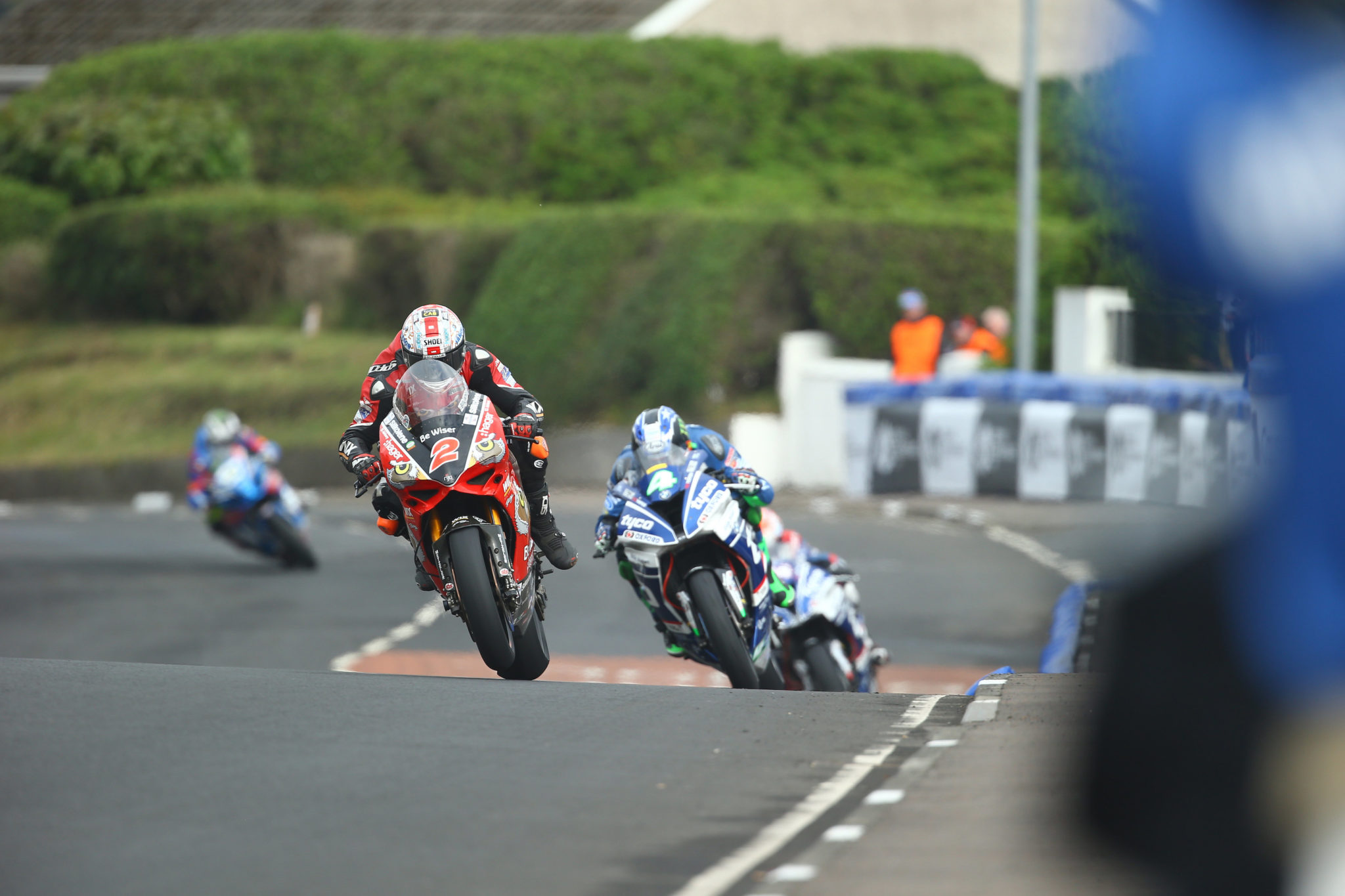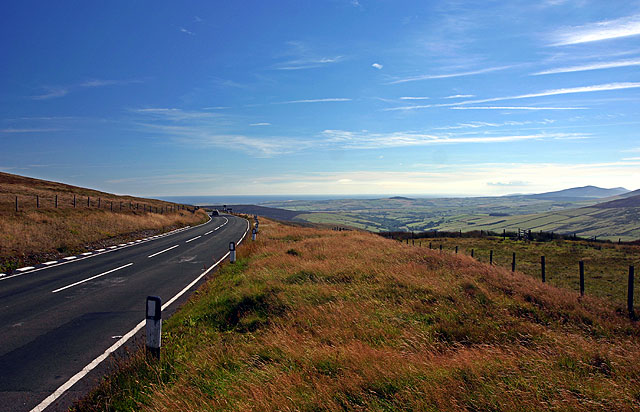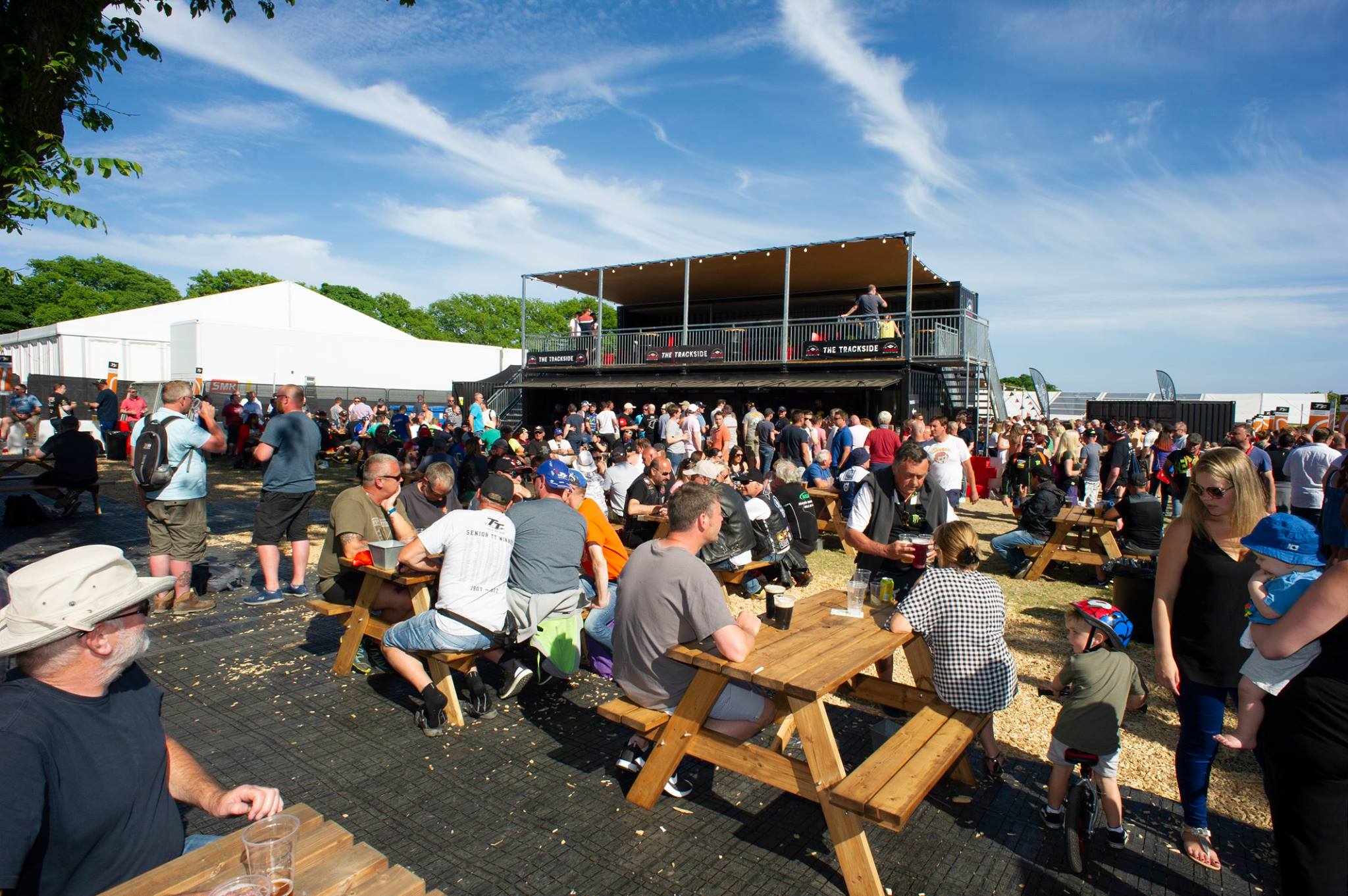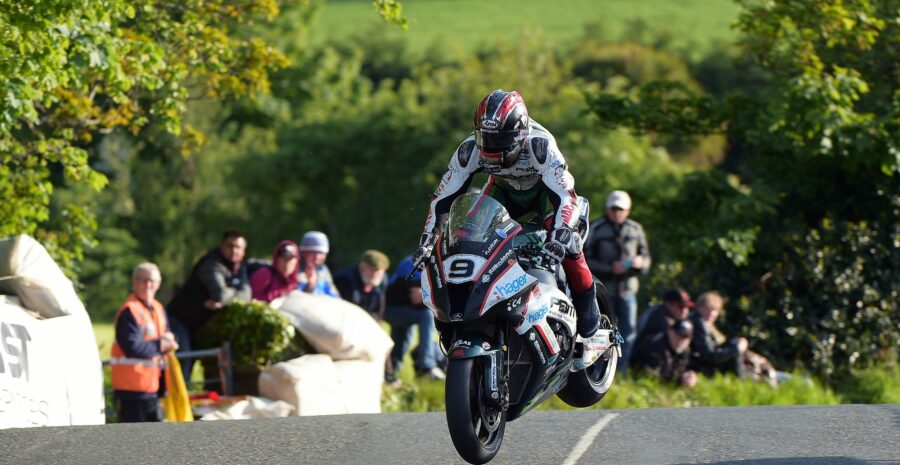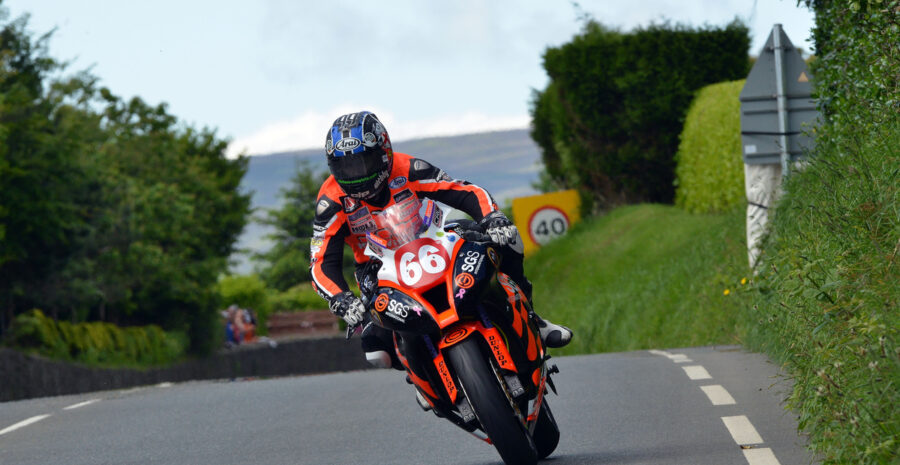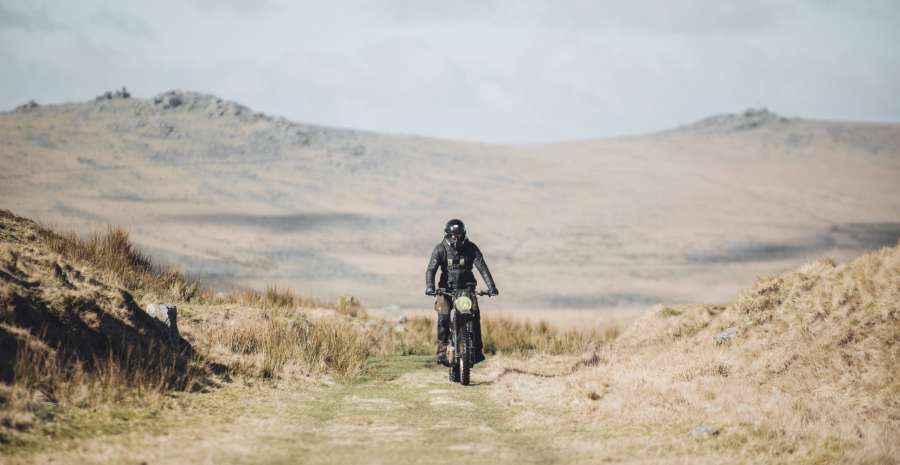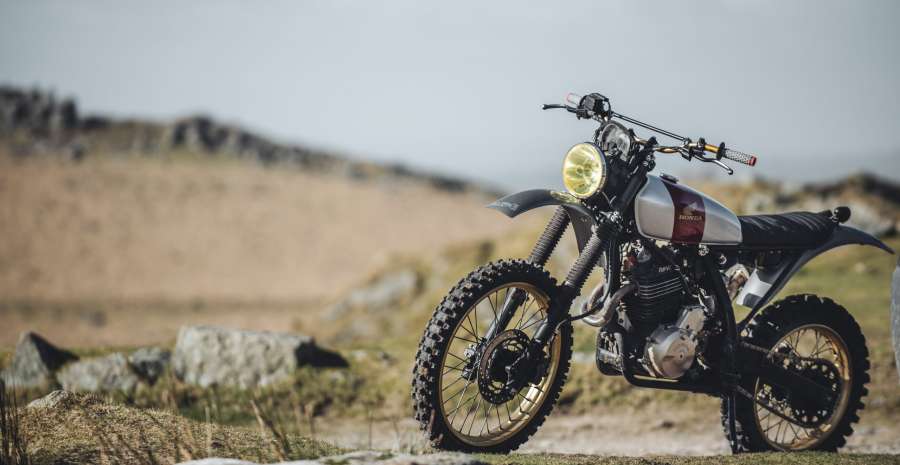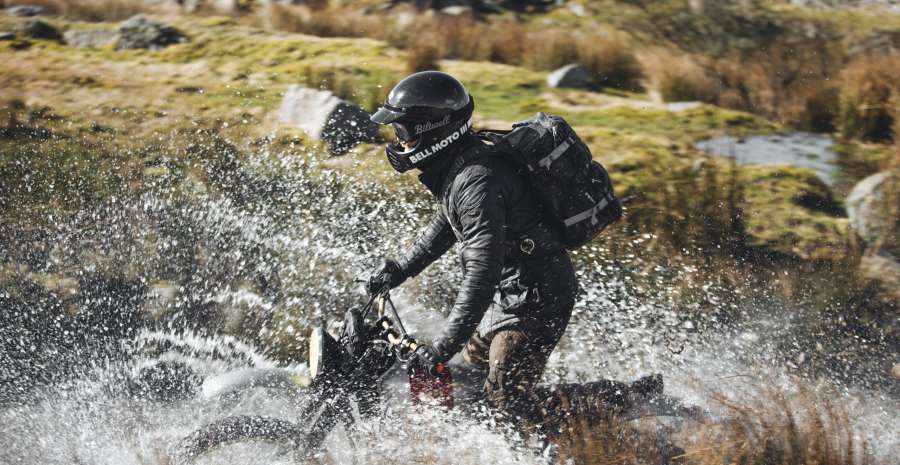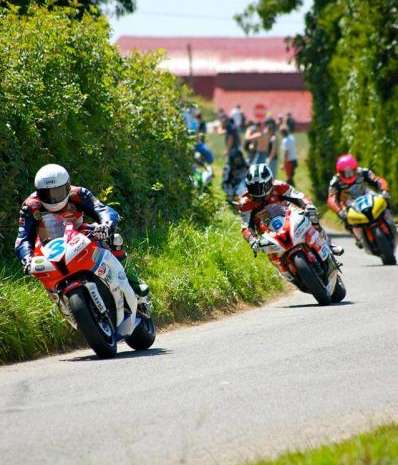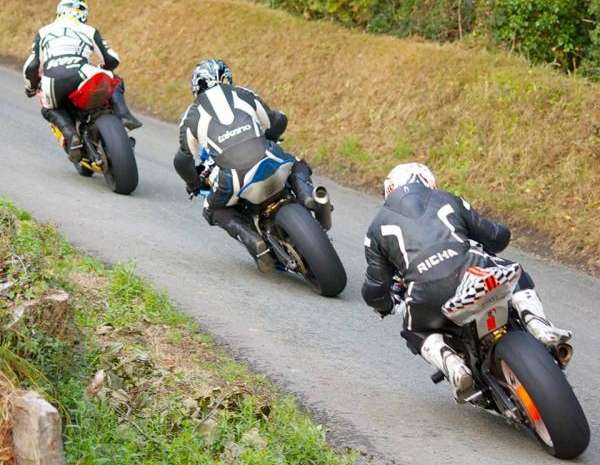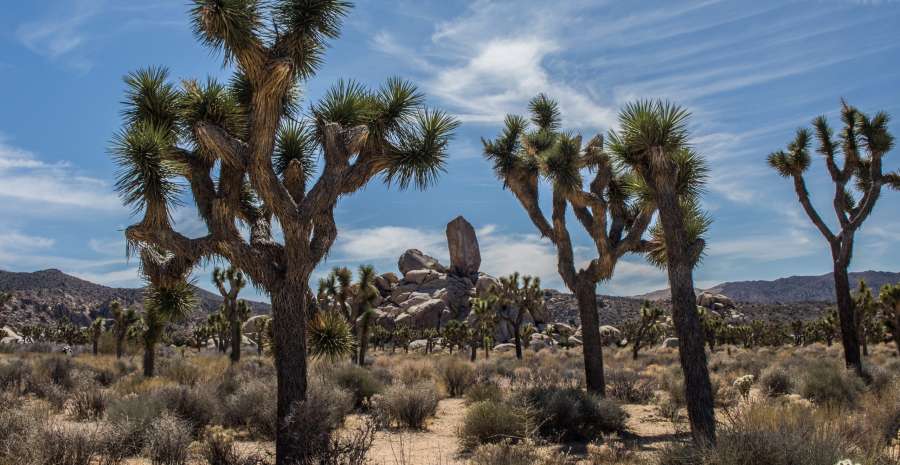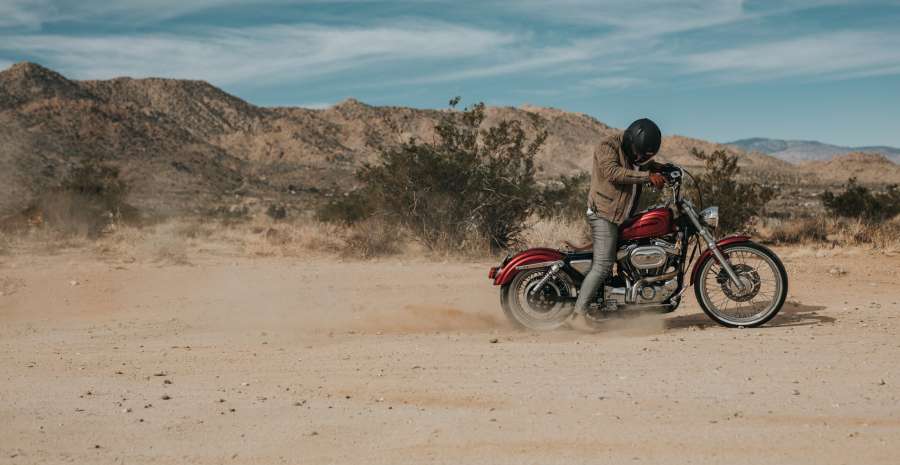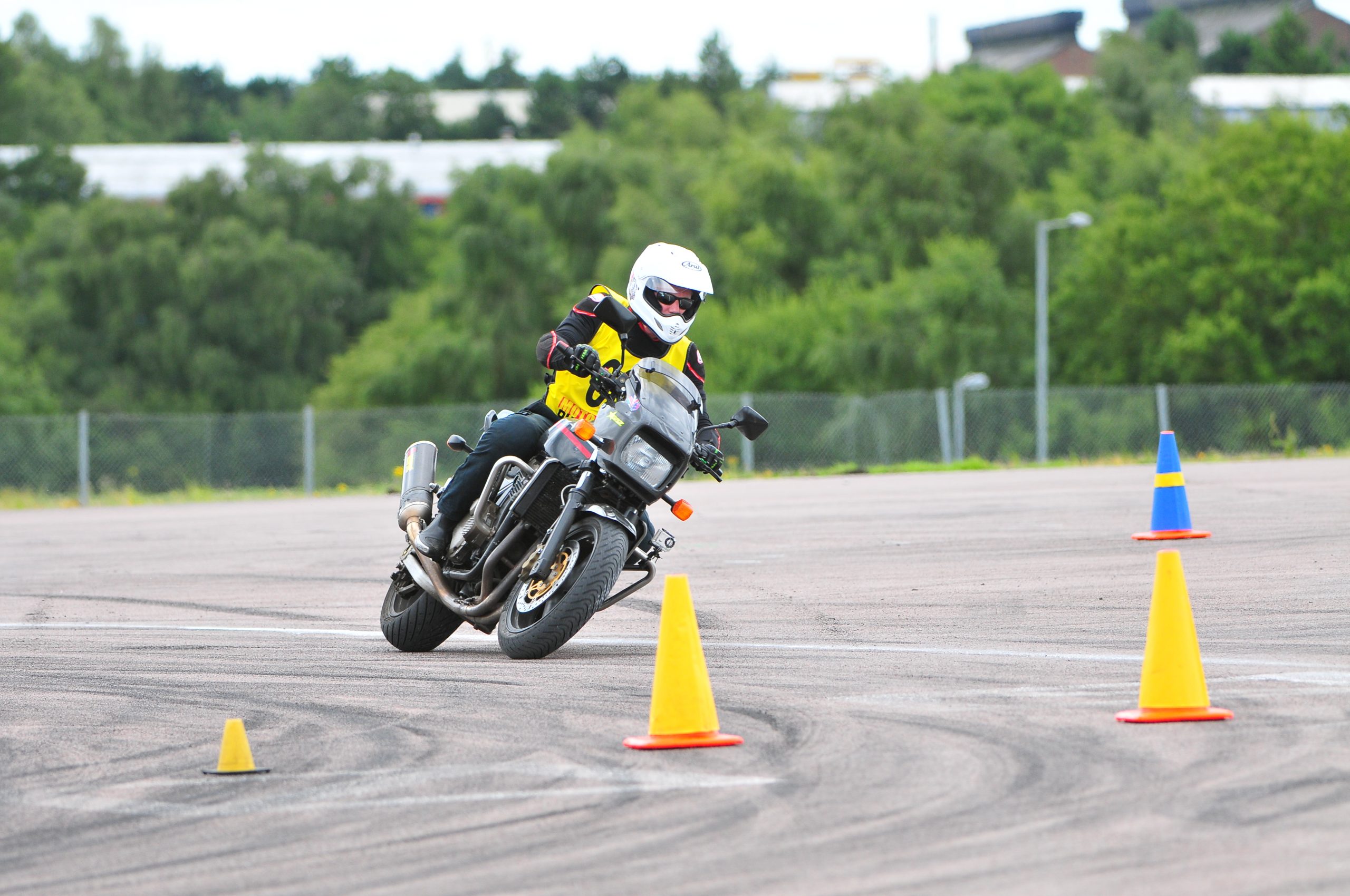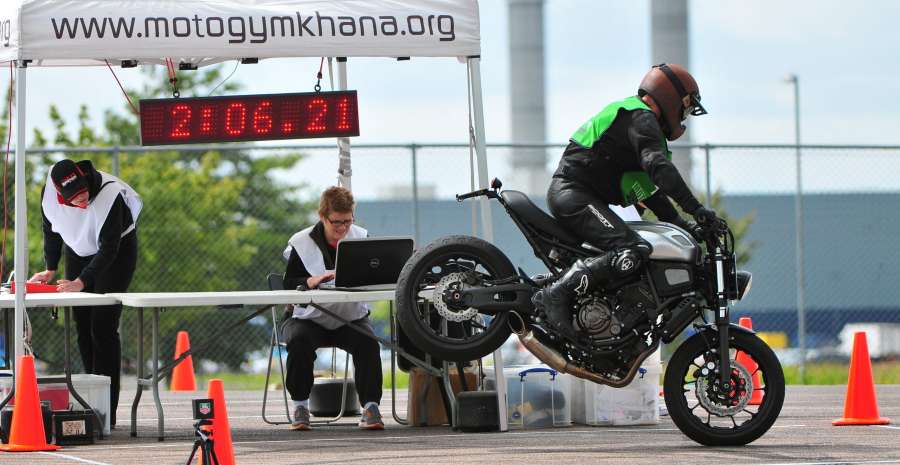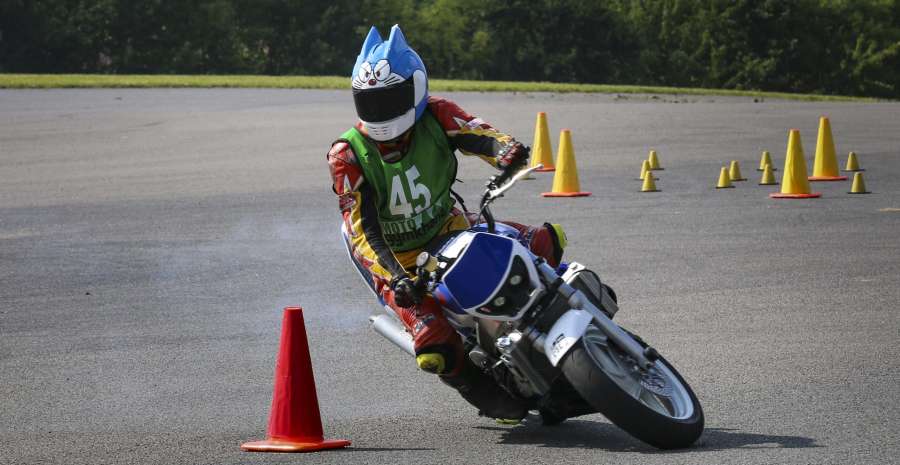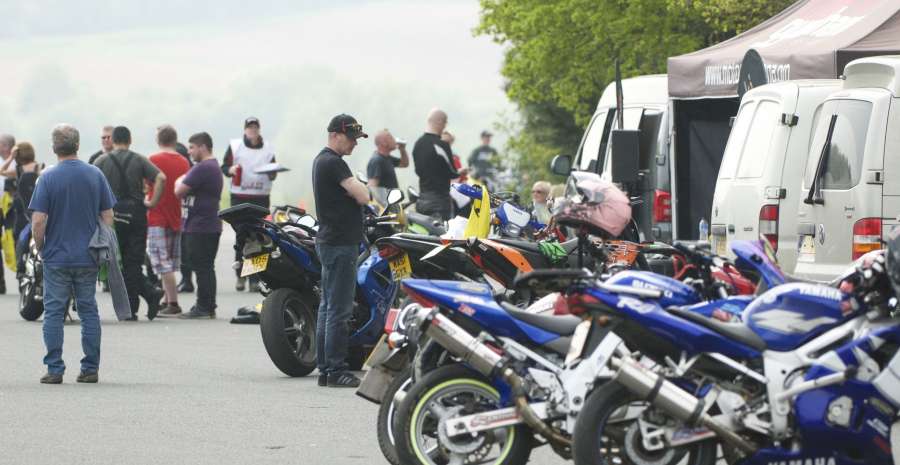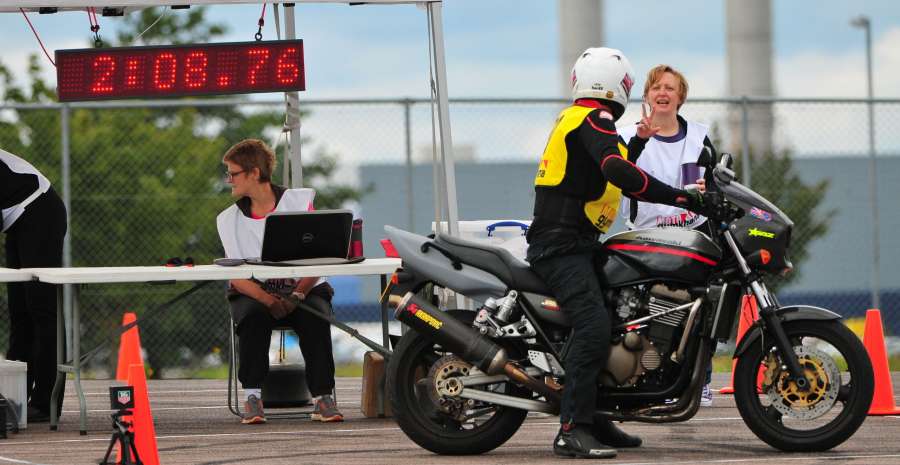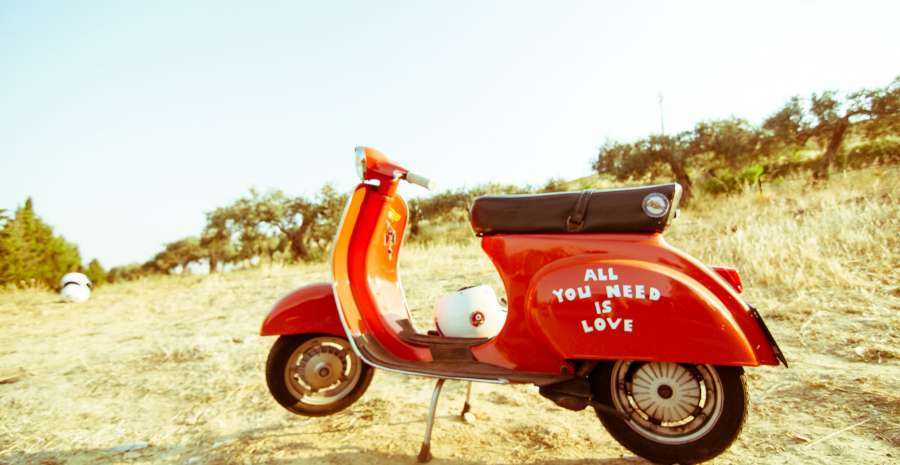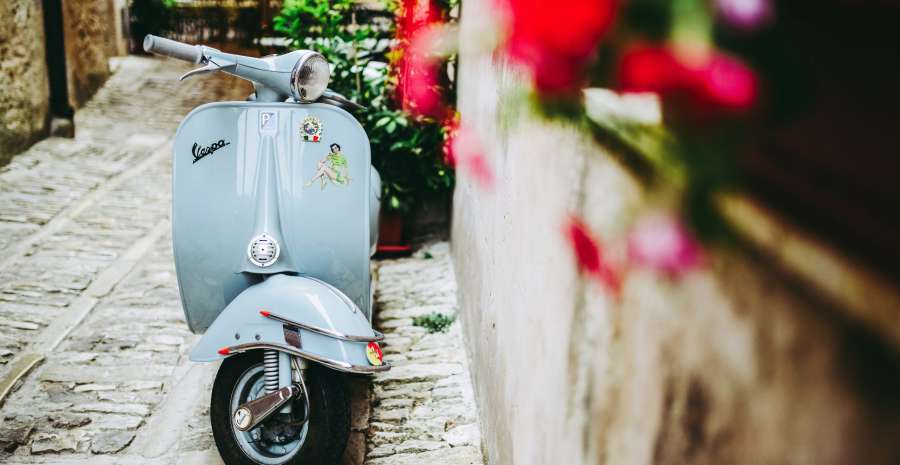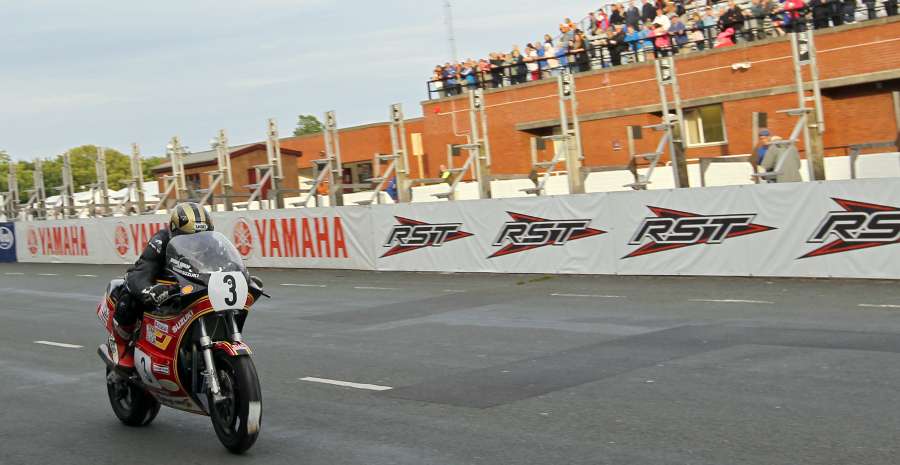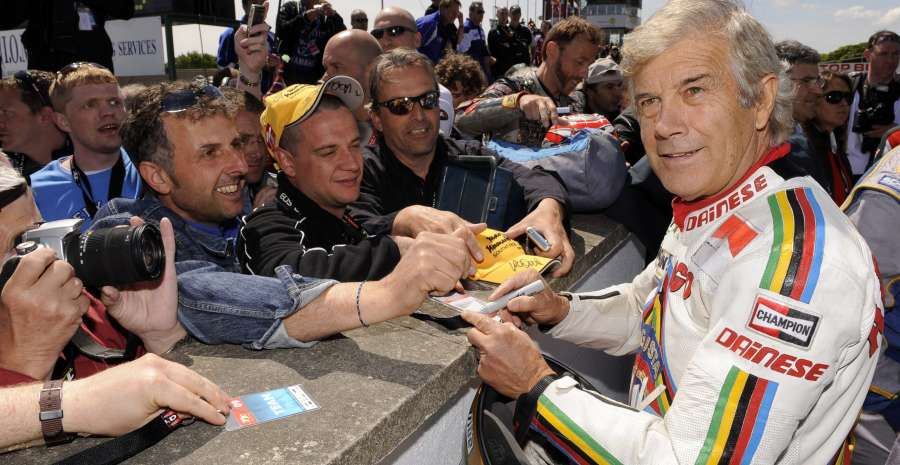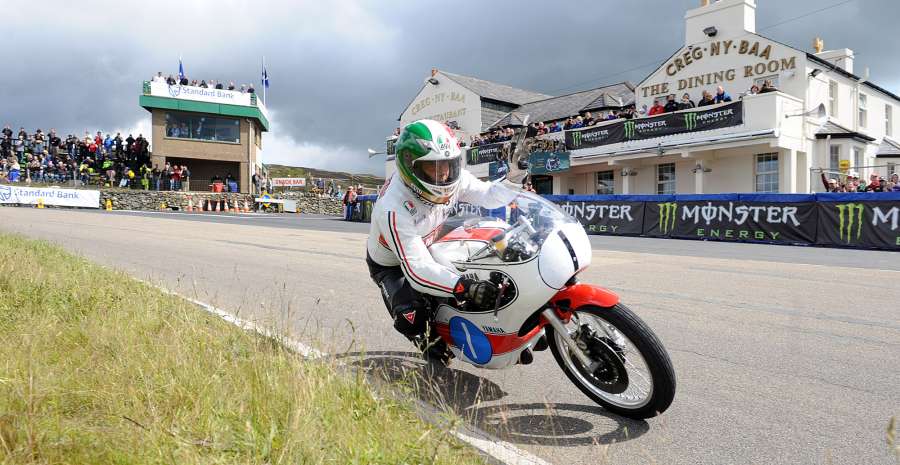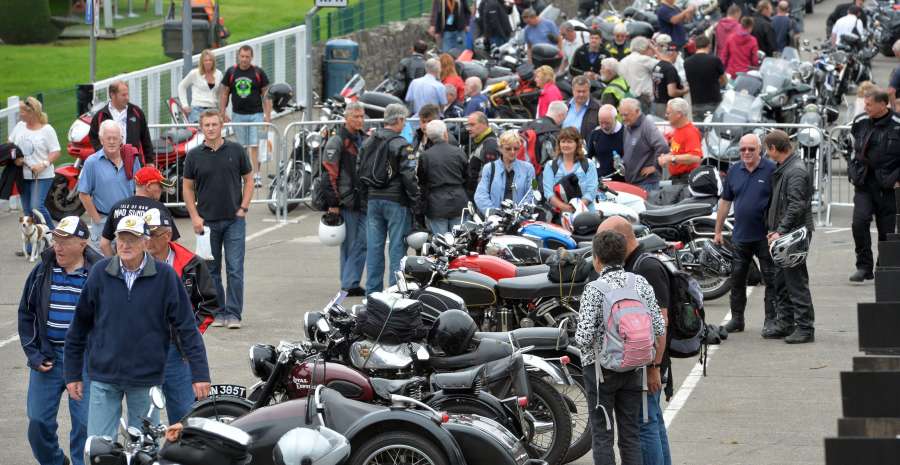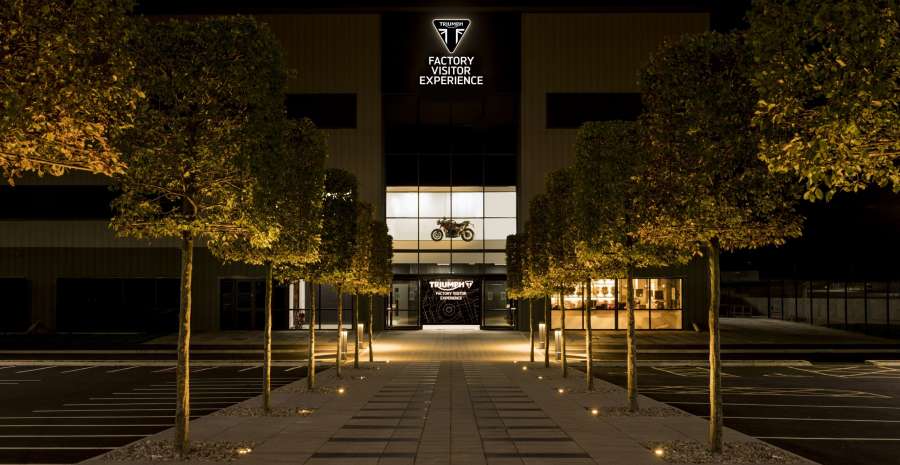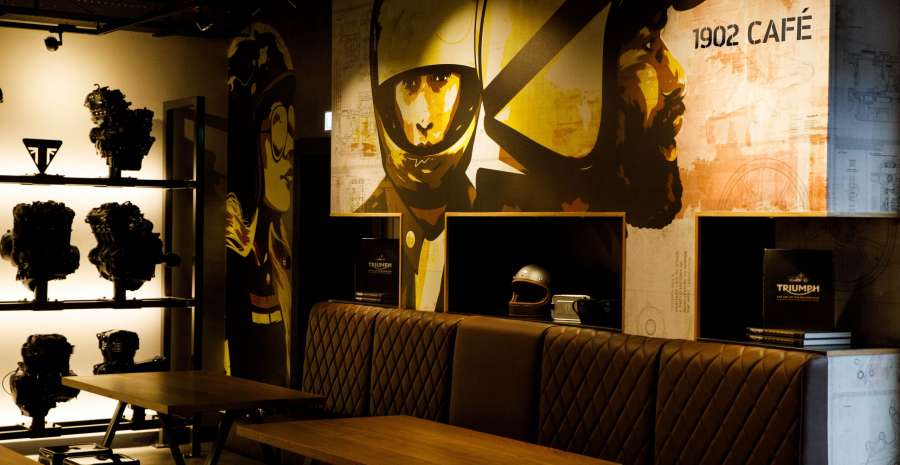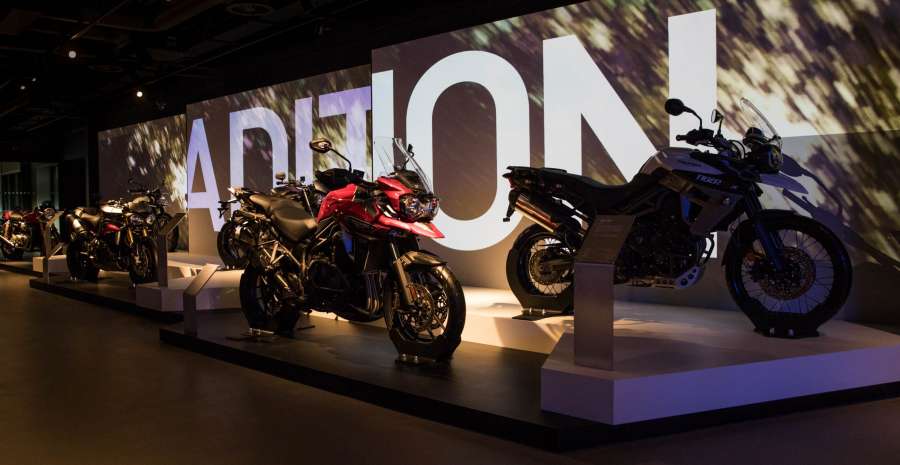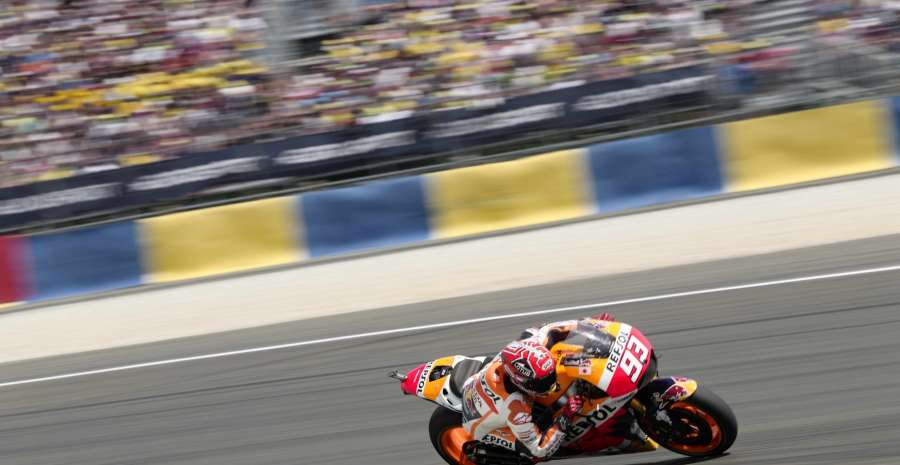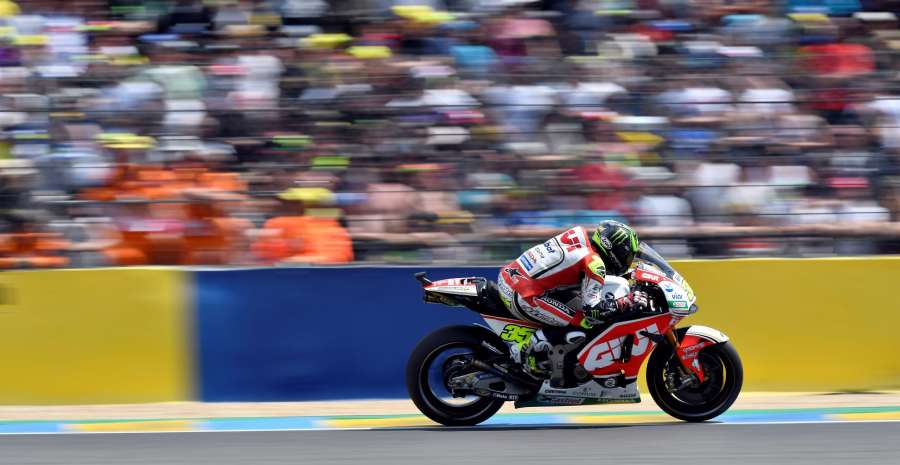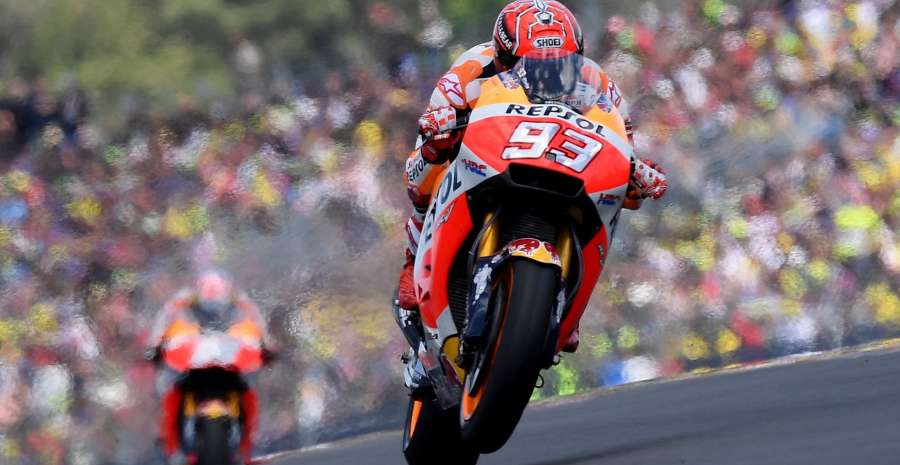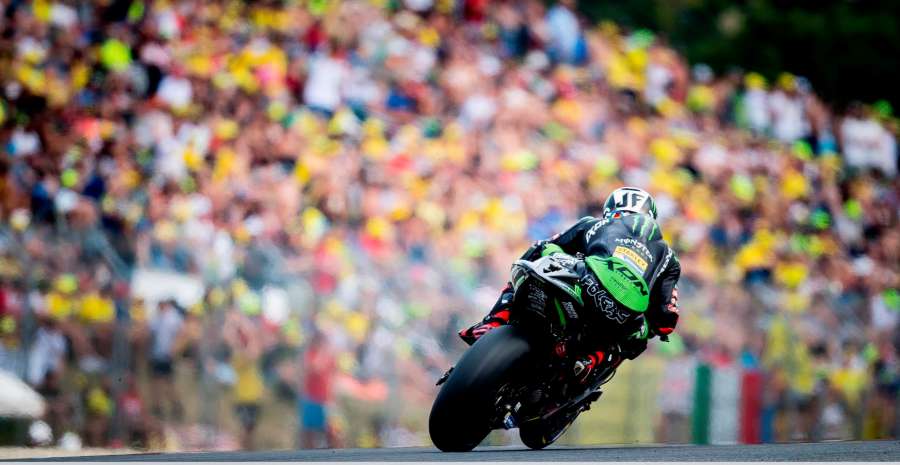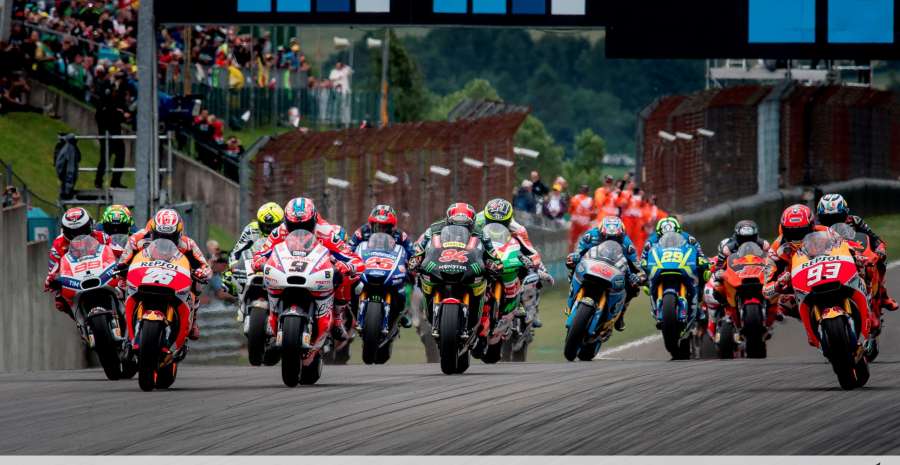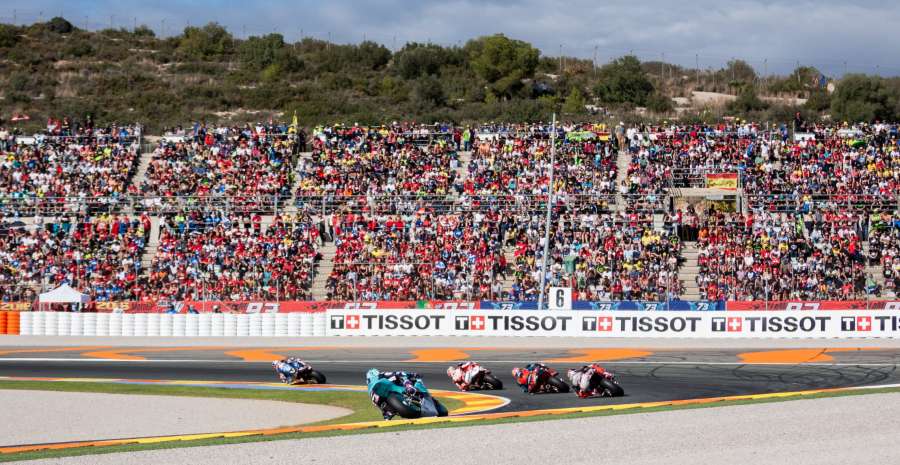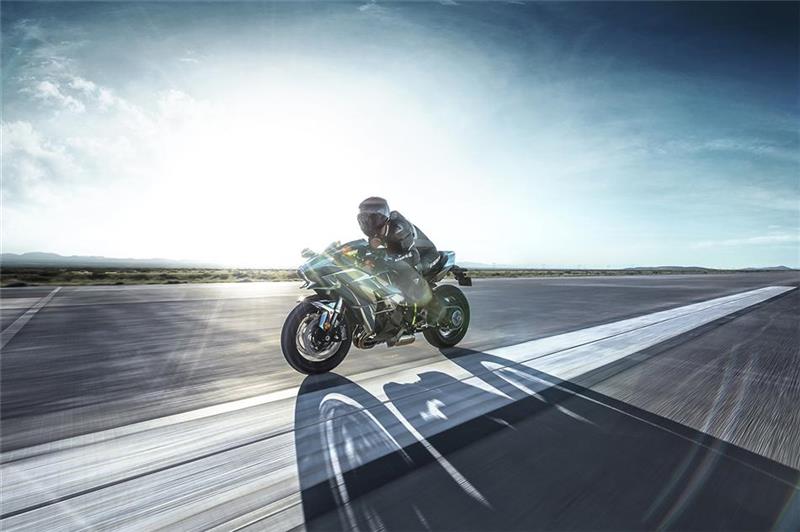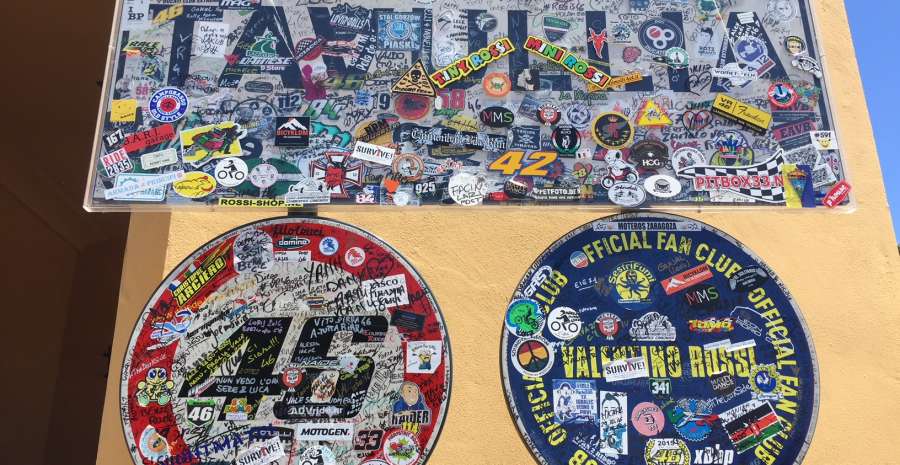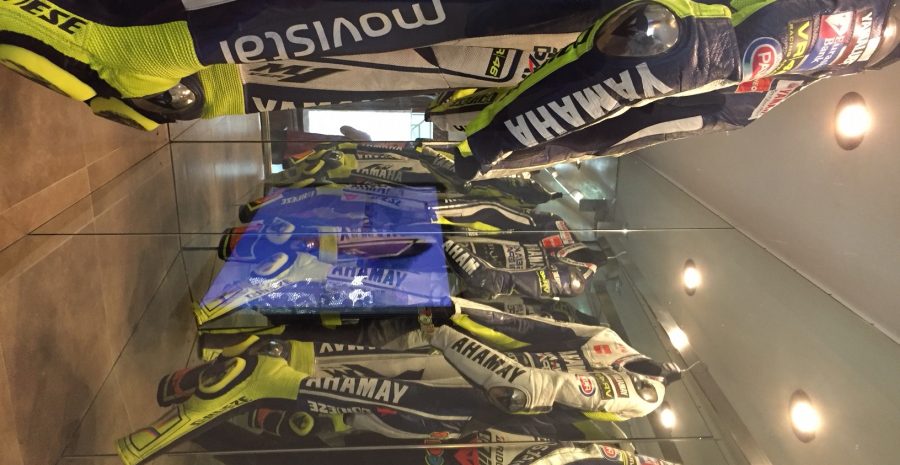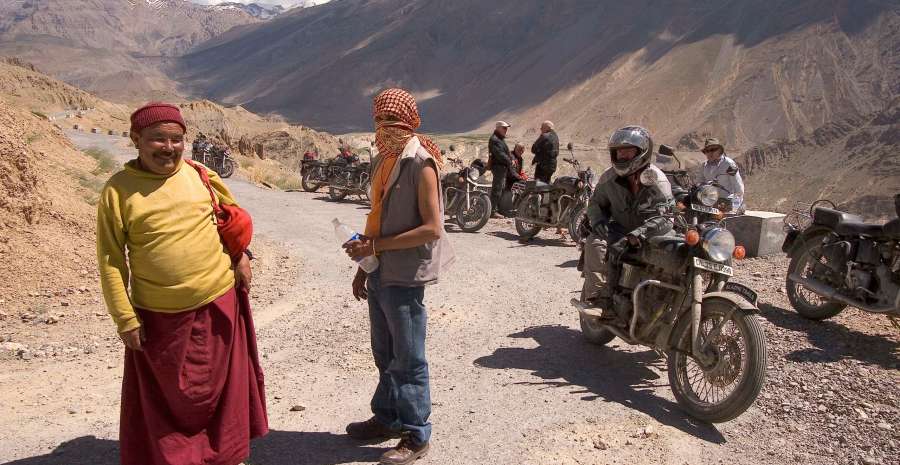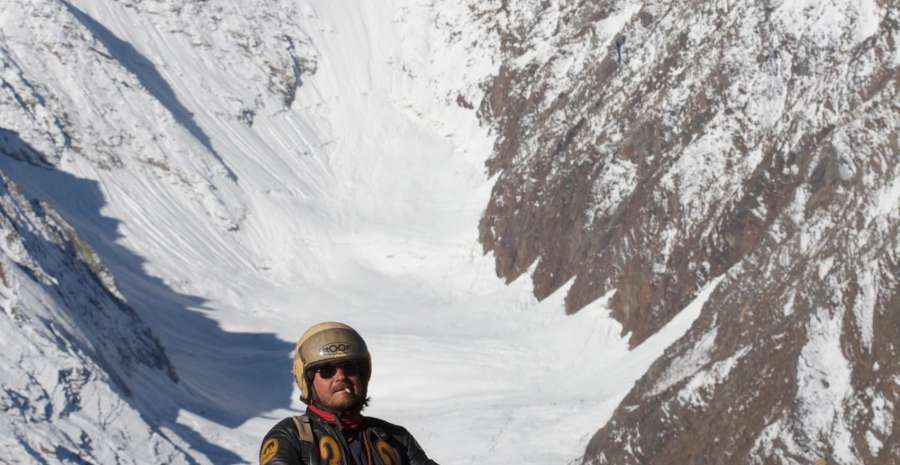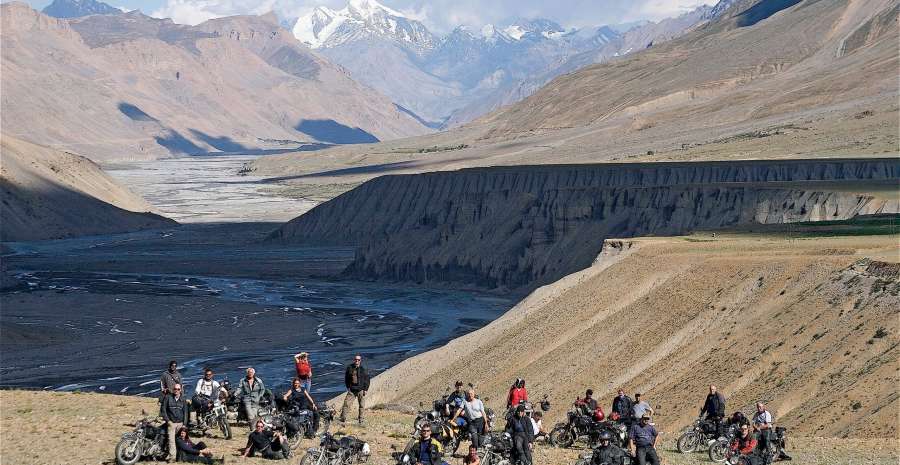BRITAIN’S BIGGEST BIKER BUCKET LIST
Being a biker means you can enjoy the finer things in life by two wheels, take on some of the greatest experiences and witness history being made; whether you’re thinking about doing the ultimate biking trip, ticking off a new skill or taking a once in a life time adventure, Devitt have taken on the challenge of creating Britain’s Biggest Biker Bucket List of all time.
Have we missed one? Let us know in the comments below and we’ll add it. It’s all about sharing the best riding experiences, no matter what.
The list is in no particular order, but we had to start somewhere and it’s no surprise that the Isle of Man TT is at the top of the list of most bikers. No motorcycle bucket list could ever be complete without a ride around the world famous Isle of Man TT Mountain course. Not only is the 37.73-mile ribbon of tarmac steeped in racing history, it’s also an awesome stretch of road to ride – especially the 12-mile mountain section that completes the lap.
Let’s dive in…
Ride the Isle of Man TT
The TT races have been going since 1907, when they were run on the much shorter St John’s course, but in 1911 the racing moved to the Mountain course where it continues to this day.
It’s widely regarded as the the most demanding road racing course on earth and you’ll see why when you ride it. Lined with stone walls, houses, and trees, the course is also very bumpy in places and includes a humpback bridge, a tram-line crossing, and a 1,400-foot climb up the side of Snaefell Mountain! Only when you ride it will you be able to fully appreciate the daunting challenges faced by TT riders as they lap at an average speed of over 133mph and top 200mph in places. It’s simply unbelievable.
The course passes through several towns and villages and speed limits are strictly enforced but once you reach the 12-mile ‘Mountain’ section there are no speed limits so you can really let your bike stretch its legs. During TT fortnight this section of the course is one-way but with so many visitors posting laps it’s just too busy so it’s much better to ride the course outside of TT week.
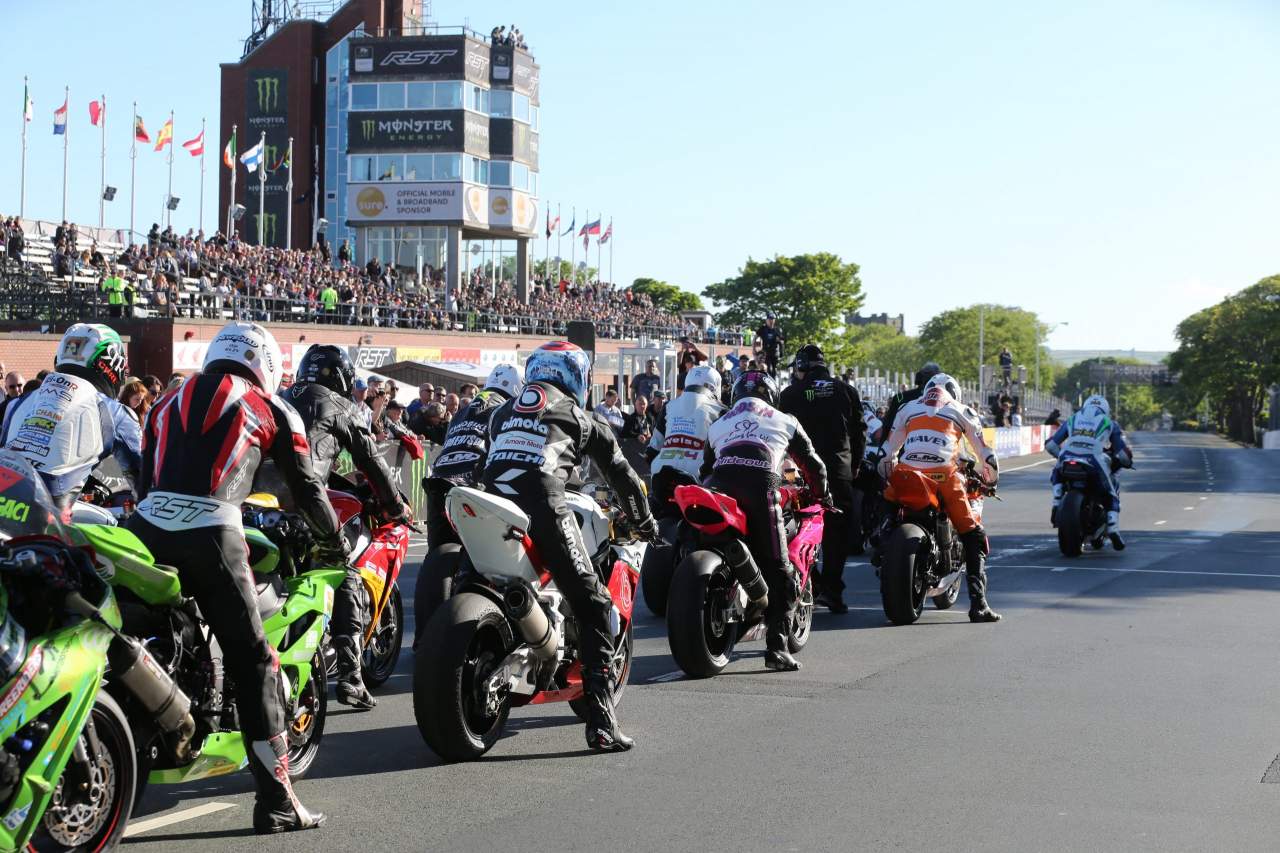
If you want to tie it in with an event then you could consider taking a ferry (from Liverpool, Heysham, Belfast or Dublin) over in July for the Southern 100 meeting, which is held on the Billown course in the south of the Island and does not use the TT course. Or you could just make a weekend of it any time in the summer and enjoy a much quieter ride.
One word of warning: if you’ve never ridden the course before, you’ll be distracted by all the famous landmarks like Bray Hill, the Bungalow and Creg-ny-Baa, so take it very steady on your first lap.
Once you get used to all these famous racing sights then you’ll be able to concentrate solely on the road itself and up your pace a little.
The course takes in all kinds of riding terrain, from the tight, twisty and tree-lined Glen Helen section to the wide open, sweeping bends of the Mountain section. Parts of the course form the Island’s main roads so it can get busy – early mornings or evenings are the quietest times to ride it.
There are lots of opportunities to stop for refreshments (notably in places like Crosby, Ballaugh, and Ramsey) but the one you really want to stop at is the famous Creg-ny-Baa Hotel just a few miles from the end of the lap. It’s situated right on one of the most iconic corners in motorcycle racing and most road riders stop here for a brew, a burger and a chat.
Once you’ve completed a lap of the course you’ll never see the TT races – and the racers – in the same light again. Your respect for the riders will increase tenfold and you’ll have a far better idea of how tight the bends actually are and how bumpy the course is when you see it on TV. And you simply won’t believe that anyone can lap it at over 130mph!
Ride Route 66
As iconic bucket list road rides go, Route 66 must surely rank as the world’s number one. The original pan-American highway was created in the 1920s and ran for around 2400 mile east-west across the United States, from Chicago, Illinois, to Los Angeles in sunny California.
Route 66’s place in US history is routed in its role as an arterial lifeline for families escaping from the drought and poverty of the Dustbowl-era American Midwest, and it has since been cemented in popular culture through references in both music and film. The archetypal American road trip – think diners, smalltown motels and remote gas stations – has its foundations in the Route 66 model.
The original Route 66 fell into decline in the 1950s as the US started to improve and upgrade its national road network. Many sections were rerouted and/or paved over with new, multi-lane freeways, while other parts were simply abandoned. However, and thanks in part to a resurgence in interest in the 1980s, many sections of the original route remain, and it’s possible to link much of the old Route 66 with the new, upgraded parts almost continuously from Chicago to LA (or the other way round, if you prefer).
Of course getting your bike to the US in the first place is a bit of a faff, so perhaps the best option is to hire one when you arrive. Understandably, given Route 66’s reputation and allure, this is quite easily done, and a quick Google search will reveal dozens of firms offering bike hire – Harley-Davidson‘s predominate – and group and guided tours, should you prefer not to go it alone.
Go on, get your kicks.
Ride the bike that got you into biking
People get into bikes and biking for all sorts of reasons, but for many that nascent lifelong obsession is sparked by one particular machine. Depending on your age, that could be anything from a Kawasaki H2 ‘Widow Maker’ or early Z1, through Suzuki’s RG500, Kawasaki’s GPz900R and Yamaha’s FZ750 to the original Honda Fireblade or Yamaha R1. Younger riders, meanwhile, might have been seduced by the awesomeness of the Suzuki GSX-R1000 K5 or the fearsomeness of the 2004 Kawasaki ZX-10R.
But perhaps it wasn’t a headline-grabbing superbike in the pages of a motorcycle magazine that started it all off. Maybe it was the local hooligan wheelieing past your school during double maths on his Honda CB900F with a Freddie Spencer replica Arai and a straight-through four-into-one exhaust, or a mate’s big brother’s ropey but terrifying air-cooled Yamaha motocrosser he used as a field bike. The anecdotes could be endless.
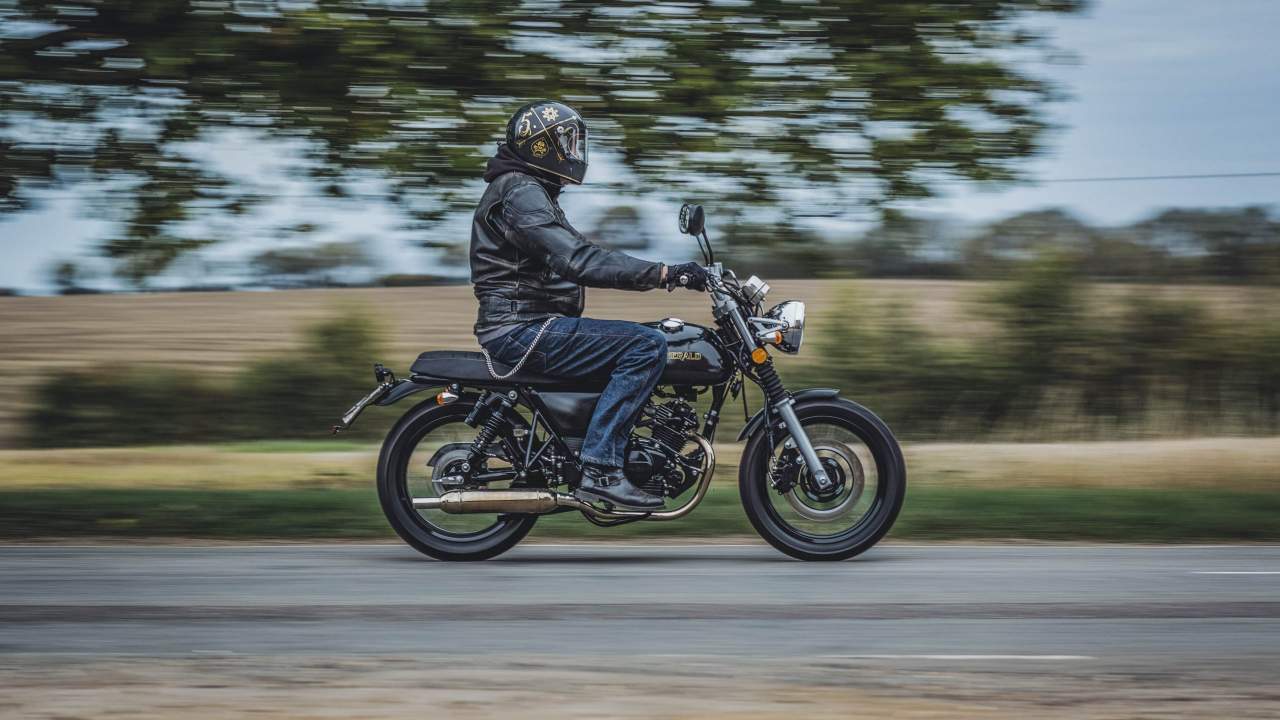
Whatever it was, these things tend to stick in the memory, and as you get older and the gentle waves of nostalgia start lapping at your toes, the thought of tracking down the very bike that got you hooked in the first place starts to sound like an extremely good idea.
The only trouble is that a lot of people have cottoned on to this very idea, and prices for even the more humdrum bikes from the 1970s through to the 1990s are currently going through the workshop roof. That’s great if you’ve got one to sell but not so good if you’re looking to buy. It’s still possible to source bargains via ebay, although you might have a bit of restoration work ahead of you (and that’s another one for the bucket list right there), and there is a movement among true enthusiasts to keep secondhand prices down and away from the inflated profit margins of speculative collectors and some specialist dealers.
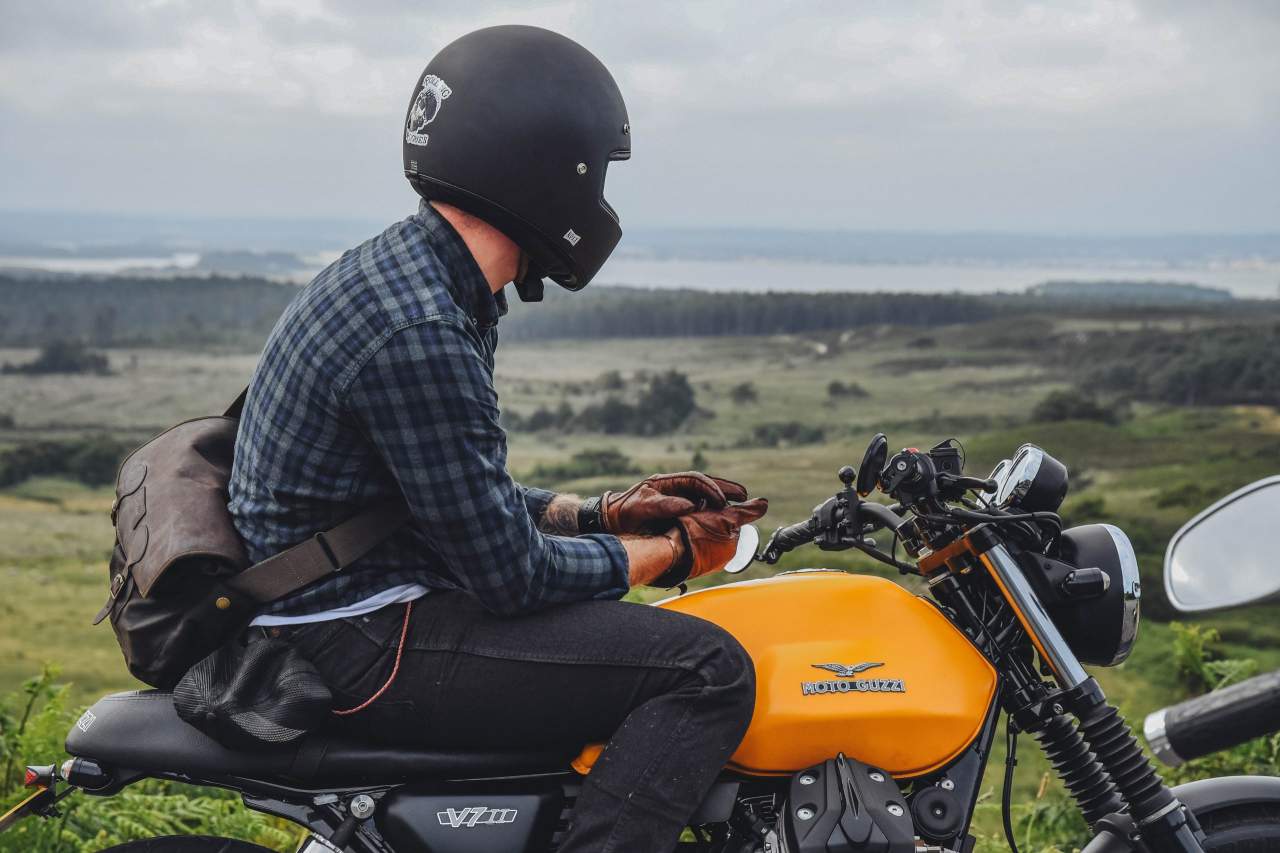
If your biking roots were put down more recently and you’re introduction to two wheels came courtesy of, say, a life-affirming pillion ride on a friend’s/neighbour’s/wayward uncle’s early-to-mid Noughties superbike, then you could find that nostalgia is surprisingly affordable – and with it you might end up with a machine that is only a small step or two, if that, behind a modern bike in terms of performance and handling.
One final caveat, particularly in the case of much older machines: bear in mind that the old adage ‘never meet your heroes’ could in some cases apply here. If you’re used to modern machines and their associated performance, handling, braking and tyres, then the technological limitations – not to mention the surprising weight – of a 30-year-old-plus motorcycle might come as something of a surprise.
But don’t worry, simply lower your expectations a notch or two and enjoy the ride.
Visit the North West 200
The North West 200 road race is Northern Ireland’s biggest sporting event and it’s an absolute must-see for bike fans.
Even if you’re not massively into racing, the party atmosphere, the sheer sense of occasion, and the great riding to be had on local roads are reason enough to make the trip.
Irish race fans are hugely knowledgeable and enthusiastic and their hospitality is second to none. Every year the locals welcome tens of thousands of fans over from the mainland and the beautiful North Antrim Coast is swarming with bikes. Total race day attendance is usually around 150,000.
Lap the North West 200 course now…
Unlike the TT, the North West 200 is a mass-start road race so you’ll see around 40 bikes and riders – set off in two waves – battling elbow-to-elbow at over 200mph on the circuit’s massive straights.
And because the ‘triangle’ course that links Portrush, Portstewart and Coleraine is relatively easy to learn (despite being one of the fastest circuits in the world), many British Superbike stars who don’t normally race on the roads enter the North West. That means you get a rare chance to see the likes of Glenn Irwin and Alastair Seeley take on the roads specialists like Michael and William Dunlop.
The event has become so popular that it’s now held over a full week, from May 13 to May 19. There’s practice sessions during the week, culminating in the big race day on Saturday, May 19.
Ride to the Midnight Sun
Travelling way, way north in midsummer to see the midnight sun is another bucket list staple that only seems further enhanced if done by motorcycle.
To see the midnight sun, at least for one night, you’ll need to travel to the Arctic Circle, and the most accessible part of that to us here in the UK is in Norway. Unfortunately, Norway isn’t quite as accessible as it was given that the passenger ferries from Newcastle to Bergen no longer operate. Instead, you’re looking at an overland trip from a channel port (Harwich to the Hook of Holland is best) across to Denmark and then either by ferry to Kristiansand or via the Copenhagen-Malmo bridge into Sweden and then north to Norway – either of which is a pretty epic, if not particularly scenic, journey in itself. This is no weekend jaunt but a nigh-on 3000-mile round trip that will take some planning.
But as life experiences go, it’s likely to be worth it. Norway has some astounding scenery and incredible roads, and the sheer weirdness of seeing the sun sitting above the horizon at midnight should cap it all. Aim at least for the towns of Bodo or Fauske – or farther north still if you want more than the one night of 24-hour sun.
It is, of course, possible to get something approaching the midnight sun experience here in the UK. Travel to the very north of Scotland for the summer solstice (and perhaps even take a ferry to the Orkneys), and the latitude is such that while the sun does disappear below the horizon, there is a perpetual twilight for a few nights towards the end of June.
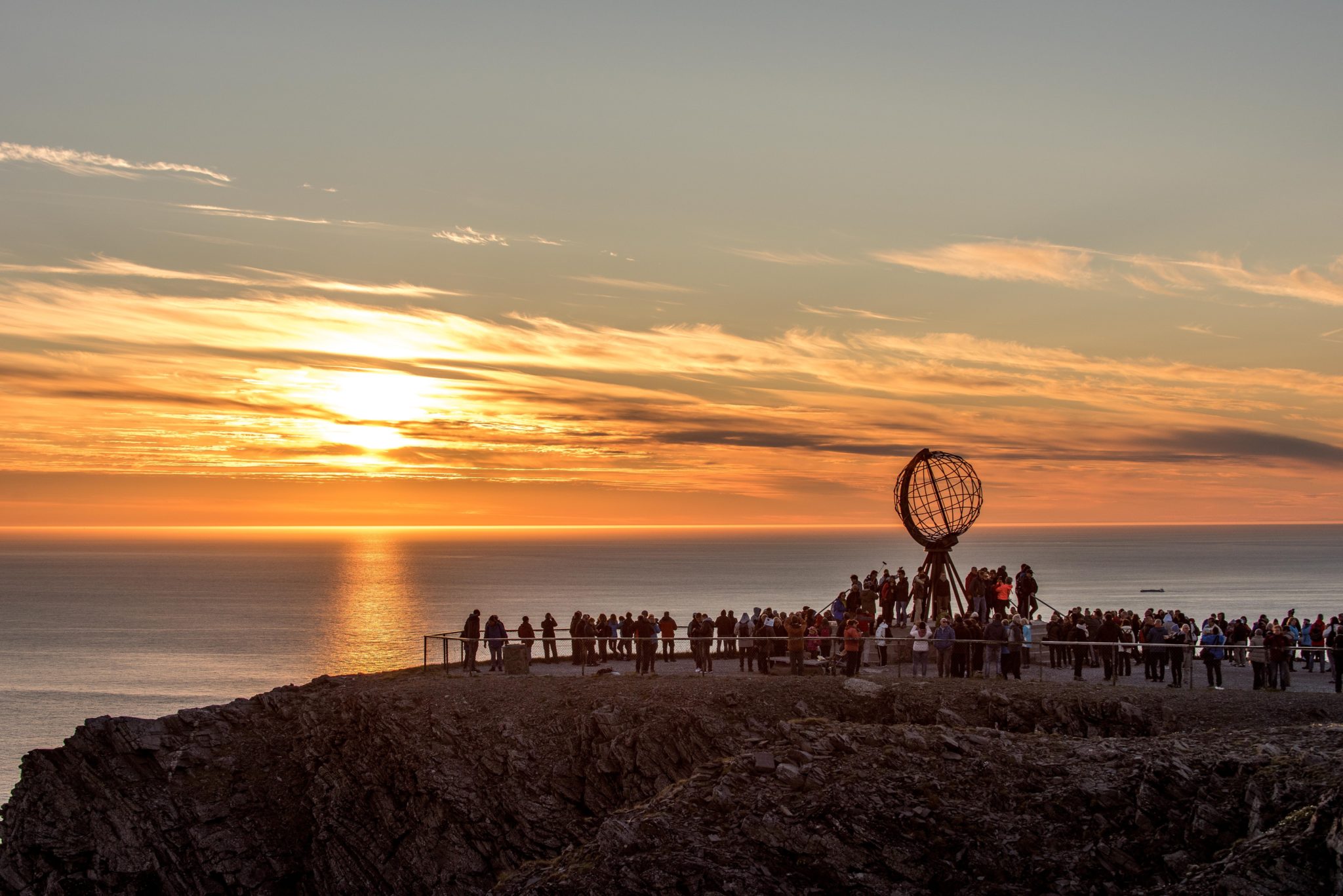
Visit the TT
Don’t fancy riding the TT course? Well a trip over to the rock is a must!
No amount of TV coverage, action pics, or onboard camera footage can ever hope to capture the sheer mind-blowing speed of top TT racers in action. The only way to really experience the Isle of Man TT is to go there.
You may have gone to Silverstone to watch the British GP or to Donington to catch some World or British Superbike action but, trust us, nothing comes close to sitting in a hedge by the side of the road as Michael Dunlop screams past, just inches away, like a bullet fired from a gun.
If you’ve never seen pure road racing before, it actually looks like real life has been speeded up, and if you watch from the right spot you simply will not believe that a human being is capable of controlling a motorcycle at such speeds.
The noise of a 1000cc Superbike engine at peak revs in sixth gear is truly glorious and the blast of air that the bikes and riders batter you with as they rocket past at up to (and occasionally over) 200mph is ferocious. You can never get close enough to feel this at any short circuit event. And the whole spectacle is made even more terrifying and exhilarating by the close proximity of trees, houses, walls, railway lines – not to mention the plethora of humpback bridges, kerbs and bumps they have to deal with on the course itself.
And it’s not just about the racing: there’s so much else to do during TT fortnight – from riding the legendary 37.73-mile course for yourself, to watching big name live bands, meeting your racing heroes, watching stunt displays and parade laps of iconic riders and machines, to just plain old partying along Douglas Promenade which is one of the world’s biggest free bike shows.
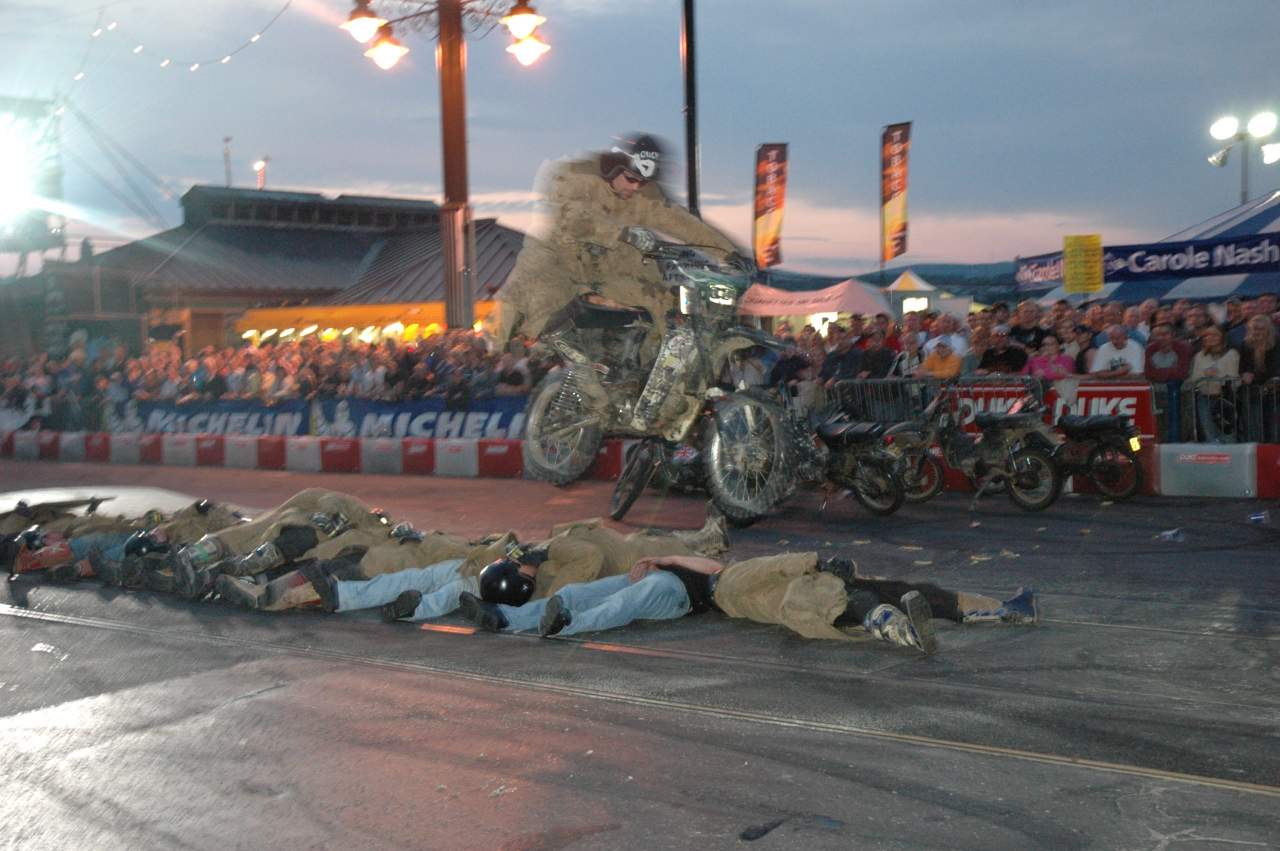
Practice week is quieter so you can get the best spots to watch from but there’s nothing like the drama of a big race. Do your research to find the best viewing spots by either using the guide that comes with the TT programme. If you’re not taking a bike you can fly to Ronaldsway Airport but it’s a far better experience to take your bike from one of the various ferry ports that service the Isle of Man (including Liverpool, Heysham, Belfast and Dublin).
Very few people go to the TT just once. It’s such an adrenaline rush that most return year after year and wouldn’t miss it for the world. But going once is better than never going at all so dig out your diaries and get booked up. You will NOT be disappointed.
* It’s free to watch the racing but accommodation can be costly (as can flights and ferries during the event) and hard to come by as the TT is so popular. If the hotels and B&B’s are full, consider camping or renting a room or house under the ‘Homestay’ scheme. You can find all travel and accommodation details as well as everything else you need to know about your trip on the IOMTT site.
Build the perfect motorcycle workshop
Anyone who’s ever spent a sorry morning on their hands and knees on the pavement trying to fix their bike outside their flat or terraced house will have surely dreamt of the day they can stretch to a fully equipped home workshop.
Be it in a garage, shed or outbuilding, any secure, dry, well-it space will feel like a godsend if you’ve ever had to work on your bike in the street. Even a stolen corridor of room in a single garage otherwise packed with the detritus of family life is a luxury some of us are still hankering after.
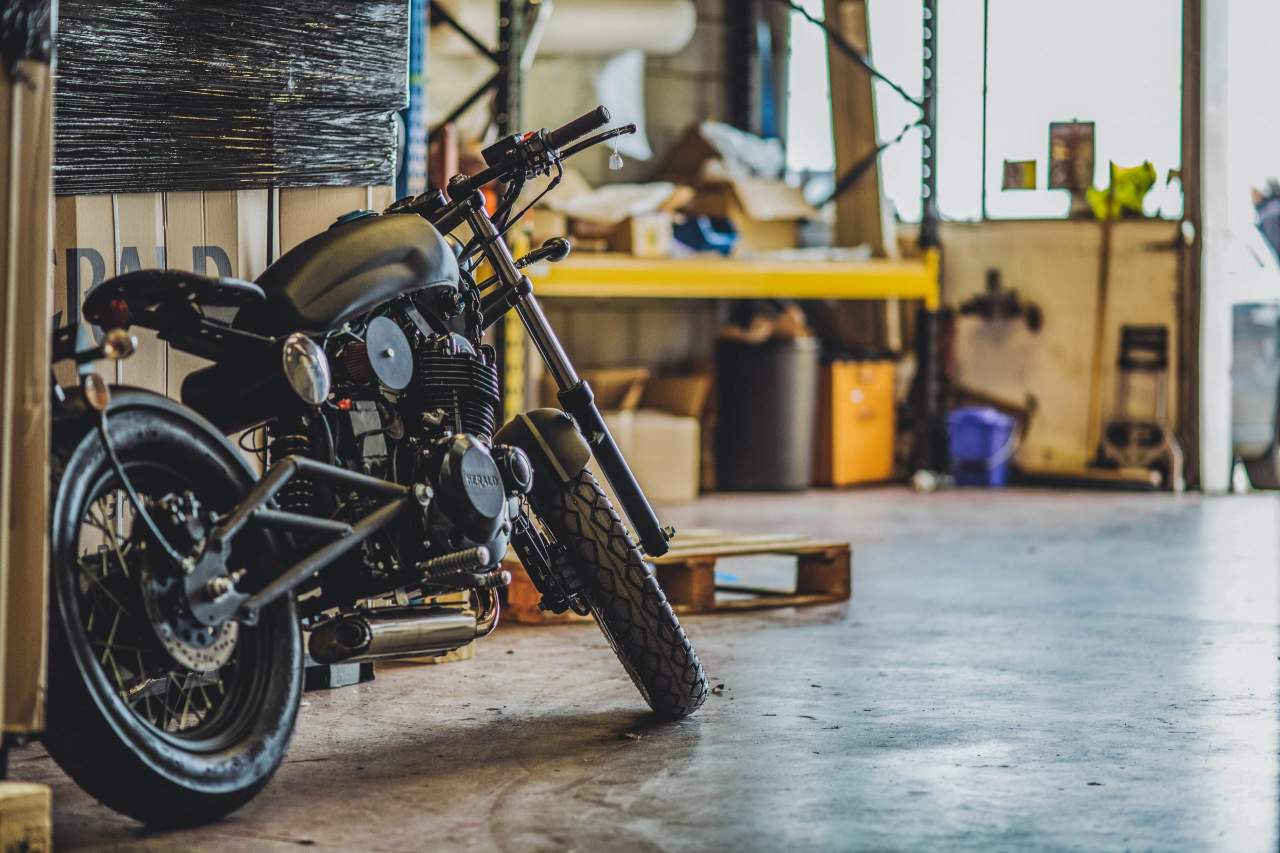
Admittedly, a properly kitted-out garage might only be a post-lottery win option for some, and even if it’s not, building up a full collection of tools and workshop equipment is unlikely to happen overnight – and it won’t be cheap. But many of the best DIY workshops actually evolve over time and with growing mechanical experience, with tools added as and when the need for them arises.
Beyond the workshop staples of socket sets, spanners and screwdrivers, a few bits of kit mark out the home of the serious DIY bike mechanic. One of those is a hydraulic workbench, which not only gives better all-round access to your bike but also saves your knees from a pounding on a cold concrete floor. Another is a wheeled combination tool chest and trolley, while a compressor can be used to power tools, inflate tyres and spray paint, among other things.
Fingers crossed you’ll get there in the end.
Tour the French Alps
While riding anywhere on the Continent gets our juices flowing, there’s nothing quite like touring a mountain range. Spectacular panoramic views and the opportunity to visit three or more countries in a day make for a unique riding experience. Indeed the Alps stretch across no fewer than eight countries, namely France, Switzerland, Italy, Monaco, Liechtenstein, Austria, Germany, and Slovenia.
For us Brits, the French Alps are by far the most accessible so you’ll be pleased to hear they’re the cream of the crop when it comes to motorcycling. By and large the road surfaces are near perfect, and the summer weather from the stunning medieval town of Annecy all the way down to super-fashionable Cannes is reliably warm.
Preparing for a trip like this for the first time can be quite daunting. Check that your insurance covers you for riding in Europe. It’s also worth extending any breakdown cover for use abroad — even new bikes can go wrong. You’ll need some kind of luggage system, too.
We’ve done it all ways from capacious hard panniers on big comfortable touring bikes to rucksacks on sports 600s — where there’s a will there’s a way so don’t think for a minute you’re not kitted up to do it — there’s no such thing as the ‘wrong’ bike.
Next you’ll need to decide how you’re going to get there. The Eurotunnel is the fastest way to Calais but the P&O crossing from Dover is both less expensive and infinitely more enjoyable. Not only that, crossing the Channel, rather than going under it, adds to the sense of travel and adventure.
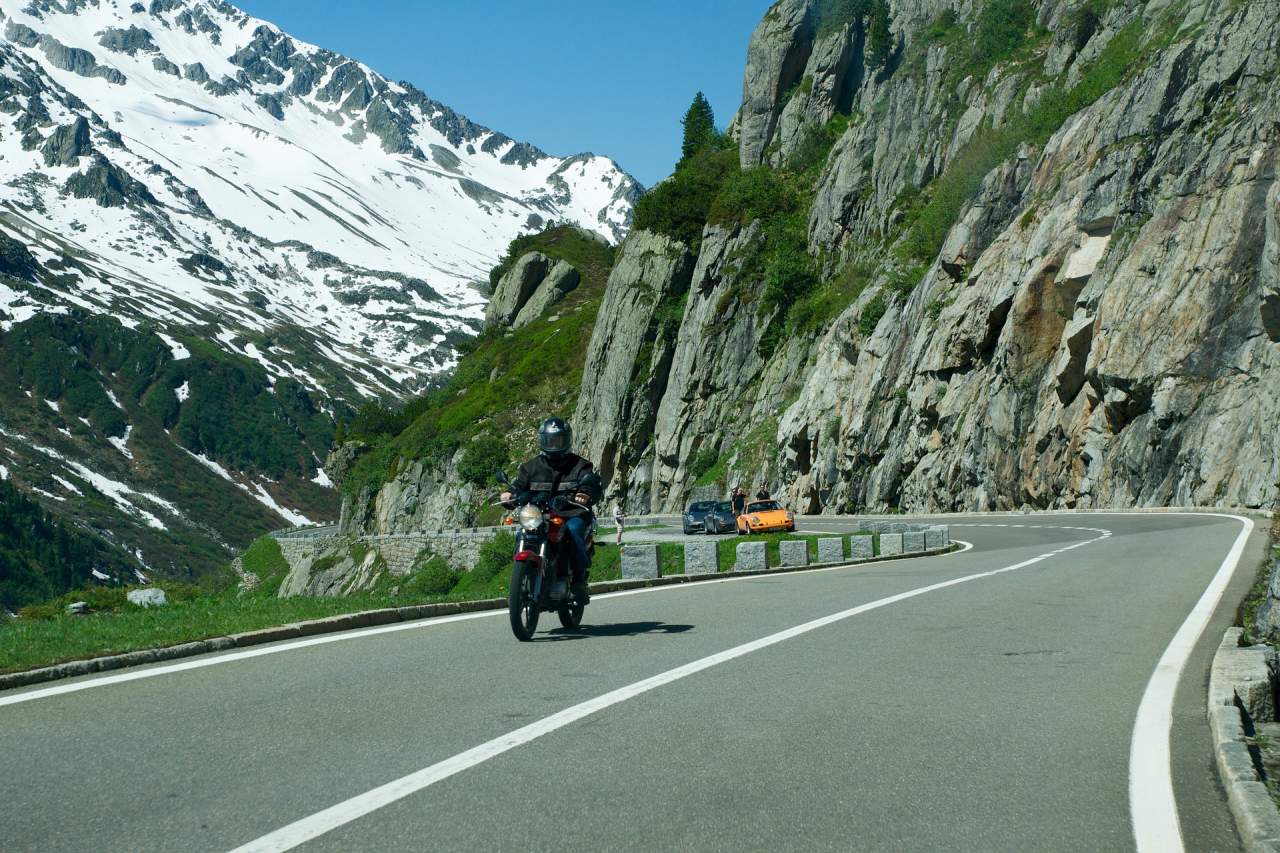
On the other hand, if you do have a little more time to spare, then you could head east towards Epinal and take in the smaller, less well-known Vosges mountain range as a warm-up for the big event and enjoy the quiet roads and lush green forests that are a signature of this area.
Whichever route you choose, we’d thoroughly recommend Annecy as your Alpine starting point and to spend at least two days here to explore the Haute Savoie area — it’s among the most beautiful parts of France.
Winding your way south, you’ll soon be well versed in the art of tackling hairpins, and likely well fed by the superb hostelries that are scattered along the route, usually located to make the best of the incredible scenery. If you’ve never eaten tartiflette atop an Alp then it’s about time you did!
Taking in Chamonix, Val d’Isere, Briançon and Sisteron en route to Cannes on the coast is a trip of a lifetime and whatever bike you ride, a real treat to the senses.
If you can’t face the prospect of organising it yourself, or simply prefer the safety in numbers of a group with a local on hand to help, then try a trip with Ride In Tours or MCI Tours — both offer a range of guided tours that will make sure you don’t miss any of the highlights… or get hopelessly lost!
Own the bike of your dreams
Owning the bike of your dreams has never been more achievable, thanks to PCP finance deals.
If you thought a Ducati Panigale V4 or a BMW R1200GS were out of your league, think again, because you could own the V4 for £350 a month or the GS for just £129 per month!
PCP stands for Personal Contract Purchase and it’s a big thing in motorcycling now. You can choose how much deposit to lay down and this helps determine your monthly payments. Typical repayments are over 37 months (but again there’s some flexibility here), after which you can either pay a lump sum to keep the bike, hand it back to the manufacturer and pay no more, or trade up to a new one and keep making monthly payments.
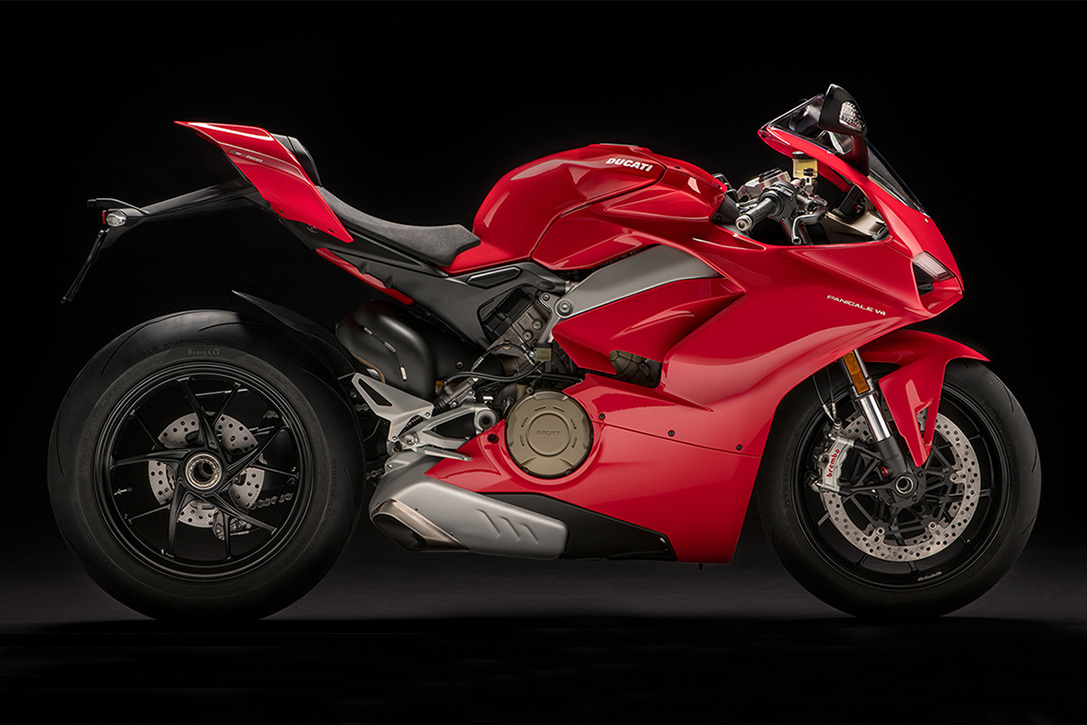
The PCP system means that previously unaffordable bikes are now within reach for most people because you don’t HAVE to pay the full value of the bike unless you want to keep it after a three-year period.
Each manufacturer offers its own PCP system, albeit under different names. For example Ducati has its TriOption deals, while BMW calls its service BMW Select, but they’re all very similar.
Some deals include mileage restrictions but these are usually very reasonable so unless you do epic miles every year it won’t be a problem. Others insist you stick to approved dealers for servicing but, again, this is not a major issue – and a small price to pay for finally owning the bike of your dreams.
Go on an epic overland adventure
Who hasn’t daydreamed about jacking in their job, leaving 98% of their worldly possessions behind and heading off on an indeterminately long (both in time and mileage) epic adventure ride? The very idea has become so ingrained in today’s collective motorcycling consciousness that the very word ‘adventure’ is now used a label for one of the most popular categories of machine on sale, and there’s a whole sub-industry providing clothing, kit, books and online advice.
But has the epic overland ride had its heyday? Ted Simon’s ‘Jupiter’s Travels’ brilliantly documented its author’s seminal 80,000-mile global road trip in the 1970s, and more recently Ewan McGregor and Charley Boorman’s ‘Long Way Round’ ride from London to New York rekindled the adventure scene in 2004.
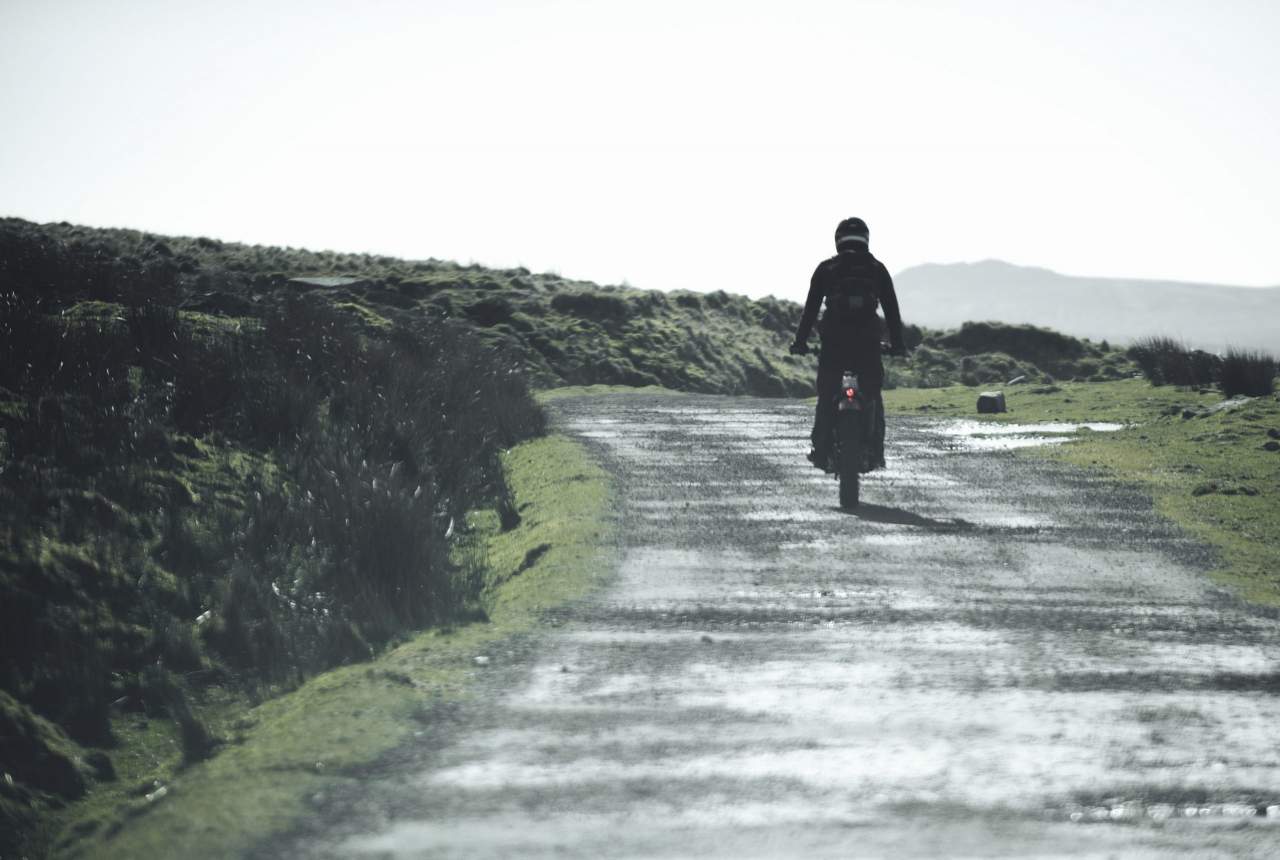
But since then, geo-political instability, Islamic extremism and militant people smugglers, among other things, have rendered large swathes of the Middle East, Asia and Africa at best inadvisable to travel through and at worst downright dangerous. Even the famed Dakar Rally was forced to relocate its route from Africa to South America because its organisers could no longer guarantee the safety of competitors in the western Saharan states.
That doesn’t mean it’s not possible to live the proper adventure ride dream, though; it just requires a bit more planning and cautious forethought in place of devil-may-care optimism. There are still large swathes of the planet that are ripe for a two-wheeled adventure, although you might need to stick your bike in a shipping container to miss out some of the best-avoided trouble spots.
Go to a real Irish Road Race
While the North West 200 and Ulster Grand Prix are both fabulous events, it’s the smaller Irish road races that are the most shocking to spectate at.
The international NW200 and UGP meetings take part on reasonably wide roads but Irish national road races are held on unclassified country lanes that are barely wide enough for two cars to pass. They’re also hemmed in by walls, trees and hedges and some even have jumps that see Superbikes taking off and travelling 50 feet or more in the air!
When you see how narrow the roads are at the likes of the Skerries or Armoy meetings, you’ll be absolutely blown away to see a field of Superbikes blast past at full chat, just inches away. It just seems impossible.
These are the circuits where the likes of Michael and William Dunlop cut their teeth and they still race there regularly, despite the events being much lower key than the TT and the other big internationals.
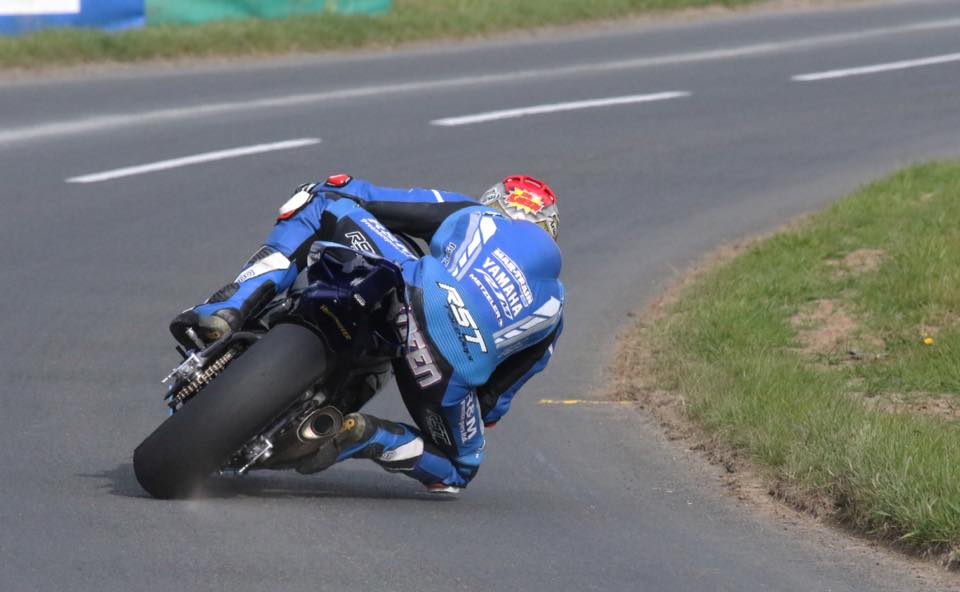
The paddocks are muddy fields, ‘hospitality units’ are tents, and all the organising staff are just mad-keen racing enthusiasts. This is as far from MotoGP as it’s possible to get. It’s also every bit as much fun.
Irish hospitality is legendary and the atmosphere at these smaller races is fantastic. They’re mostly held away from towns so take a tent, pitch up, and become part of the paddock and enjoy a few beers and some great craic.
There are nine national road races on the Irish calendar a year so there’s bound to be a date that suits you.
Do some advanced rider training
A bit divisive, this. To some bikers, the thought of doing some advanced rider training is enough to have them being sick in a bucket; to others, advanced training, and perhaps taking – and passing – a recognised advanced motorcycle test, is a bucket list must-do.
Think of it more as post-test or refresher training and it might seem more appealing. There are a lot of independent advanced riding schools out there, so why not do some online research and perhaps ask around on forums, then call some of the training organisations, speak to the guys involved and make up your own mind?
If you want to take a recognised advanced test, then the Institute of Advanced Motorists (IAM) motorcycle test and the Royal Society for the Prevention of Accidents (RoSPA) advanced riding test are the two to aim for. It will probably mean committing a bit of time to prepare for the test, but the feeling of satisfaction in passing – and possibly a bit of an insurance discount, too – could make it all worthwhile.
Ride by the Joshua Tree
Just a short ride away from Palm Springs, you’ll encounter Joshua Tree National Park; this is where the Mojave and Lower Colorado desert joins forming the park. Distinctly named after Joshua Trees that litter the whole park with their twisted, spiky trunks, taking on many different shapes and sizes, there’s not another National Park like it!
Only 140 miles east of LA, and 222 miles west of Arizona, it’s best to plan out your route before you leave instead of relying on GPS due to some systems trying to re-route you out of the National Park. There are lots of backcountry roads you can explore at the Joshua Tree, for your own safety and protection you must stay on the established roads, including Berdoo Canyon Road, Black Eagle Mine Road and the Old Dale Road.
If you’re keen on hiking and rock climbing then the Joshua Tree Park is a popular place, lots of these backcountry roads will allow for pit stops to do such activities. There’s also a lot of wildlife to be seen at the Joshua Park but it’s important that you follow the ‘Leave No Trace’ principles to make sure your activities don’t have a lasting impact on the park and wildlife.
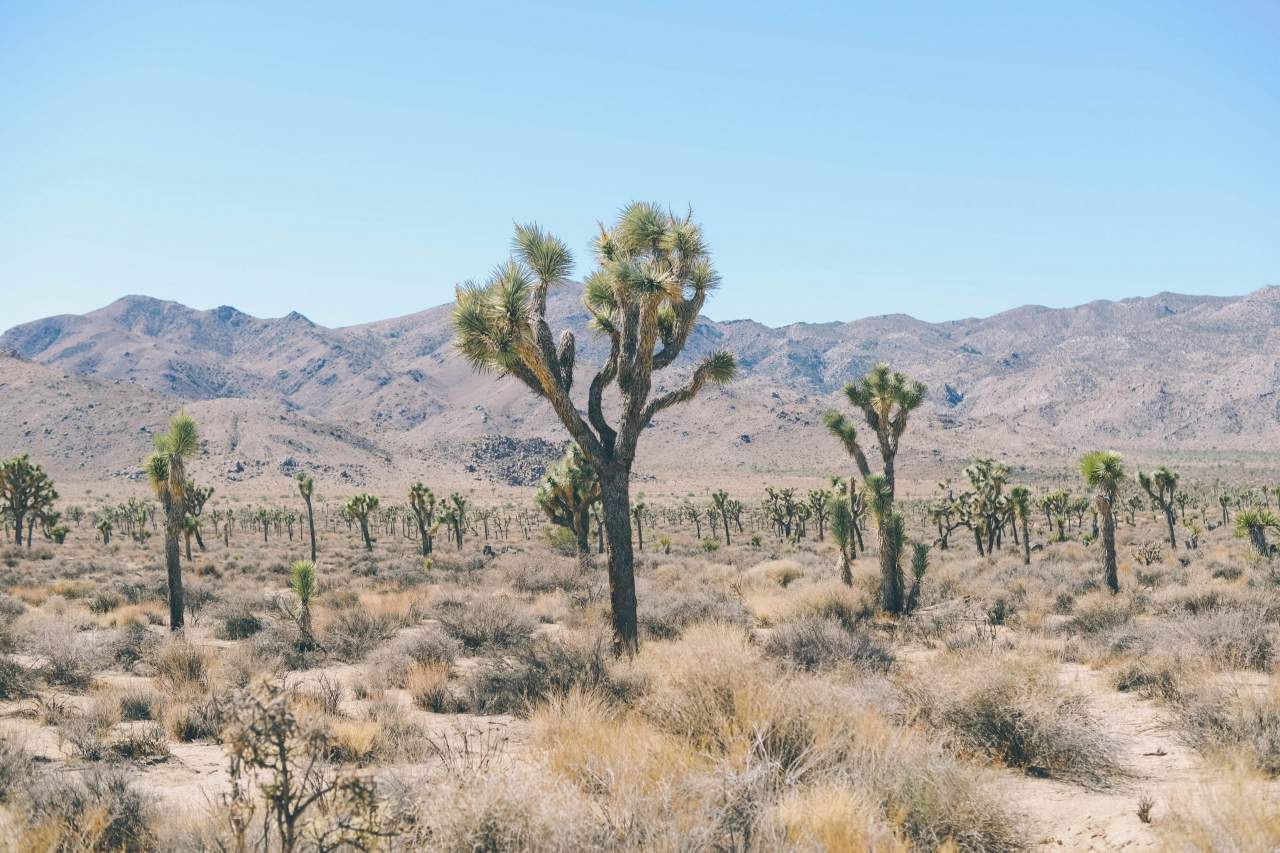
There are allocated camping grounds so you can kick back and relax after a long day of riding and sleep under the stars of the Joshua Tree, averaging at just $20 per night with toilets, water, tables and fire stations. Make sure you look ahead if you’re planning on camping, it’s best to visit during the off-season (June – September) as most campsites can be first come, first served.
Get your helmet sprayed
Funky race replica helmets are all very well but there’s nothing like having your very own unique design sprayed on your lid.
Whether you have a very precise idea of what you want or whether you just have vague notions and rough ideas, you can speak to the artist and come up with a definitive design which he or she will then apply to your helmet.
It’s a good idea to gather some pictures together to show the artist what you’re talking about, whether that’s a cross between two different racers’ helmets or just a pattern you’ve seen elsewhere, it’s important to get your ideas across if you want an accurate representation of them.
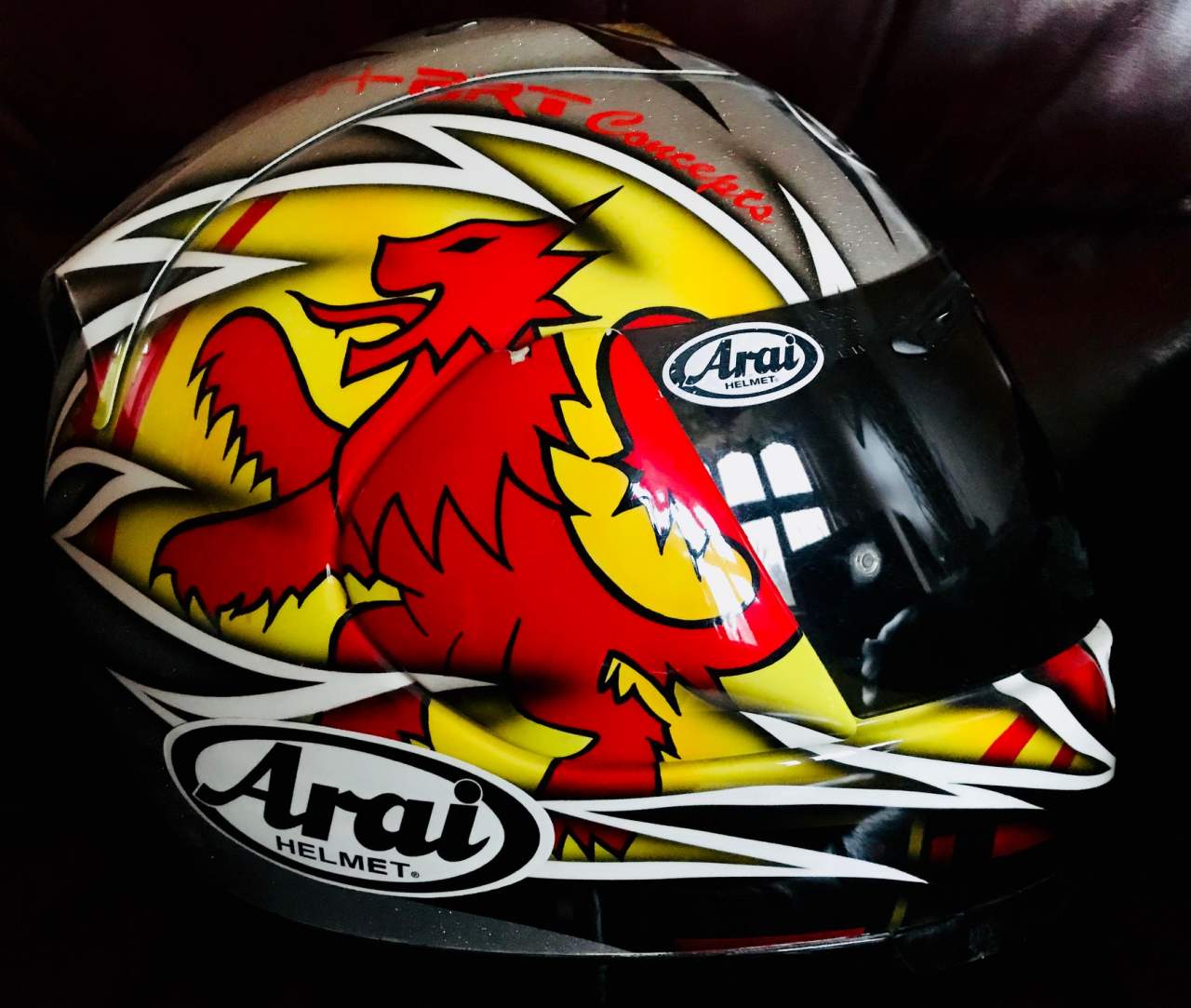
If you’re happy to trust the artist with the actual design, then you might want to tell him just to do a variation on the Union Jack or the Scottish Saltire or whatever else floats your boat.
If you want a replica of a racer’s design which is not actually available as a replica, then have a Google for as many pics as you can, making sure that you have shots showing the front, sides and rear.
Getting your own personal design sprayed on your helmet doesn’t cost as much as you might think either. Prices for a professional job start at around £300, although this will rise if you want more complex designs and special materials like gold flake paint.
You obviously need to supply the helmet and, as they have a recommended lifespan of about five years, you should use a new lid for a spray job, rather than an old one, so you get the maximum life out of it.
Give these guys a search to see their epic designs; Rich Art Concepts, Jims Factory, Piers Dowell or Liquid Colour Design
Tour New Zealand
Antarctica aside, New Zealand is about as far flung as you can get for a two-wheeled tour. Fortunately the locals speak our language, the scenery is conversation-stoppingly awesome, the roads are well surfaced and, judging by the number of firms offering motorcycle rental and tours, they welcome bikers with open arms. In other words, it’s bucket list heaven.
It’s sometimes said that New Zealand has a lot in common with Scotland, both in terms of climate and scenery, but certainly when it comes to the latter, New Zealand does it a bit bigger and a bit better. The South Island in particular has a snow-capped mountain range – the Southern Alps – running almost its entire length, while the North Island has more than its fair share of active volcanoes and geothermal activity. That should keep you on your toes.
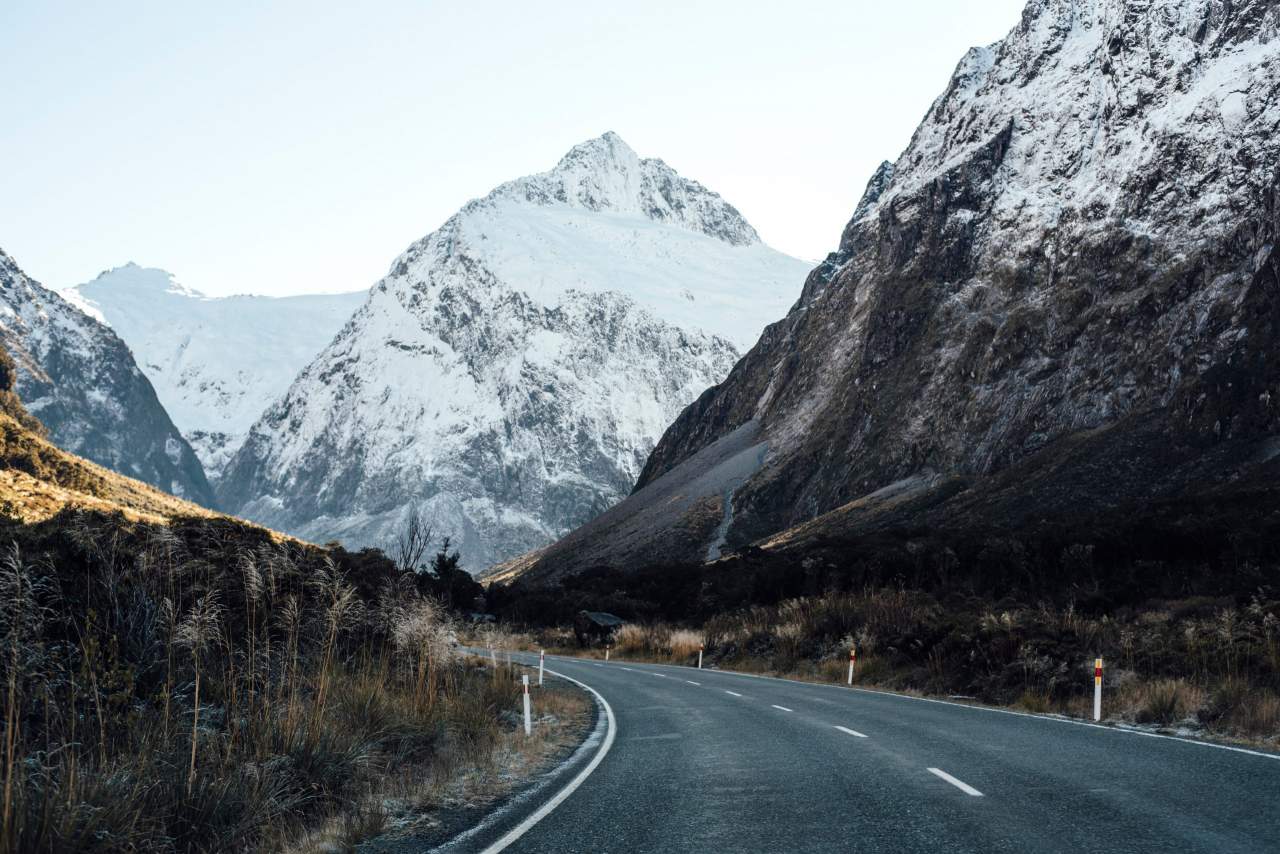
Moto Gymkhana
Want to improve your biking skills but not a fan of advanced training courses? Well Moto Gymkhana could be the answer. It’s all about high skill at controlled, high speeds. So where does Moto Gymkhana come from, we hear you ask.
It originates from Japan, over 40 years ago now, and it’s based on Gymkhana which is usually associated with multi-game equestrian competitions showing off the training and talents of horses through speed events. However, for us motorcyclists it’s about maneuvering through a paved course that’s been restricted by cones in the quickest time.
It doesn’t matter what you ride (as long as it’s road legal), or even how long you’ve been riding for, beginners are welcome to join their local Moto Gymkhana club to take part in event days and then progress into the UK Moto Gymkhana championships.
A day of Moto Gymkhana usually lasts around 4 hours, you’ll start by signing in and given a full briefing from the head coaches and trainers. You’ll then be given a paper map of the circuit to study and then followed by a walk with a member of the team. They’ll teach what each colour pylone means, how the competition course works and mastering the impressive GP8.
The key to Moto Gymkhana is you have to memorize what comes next, so once your half hour of course walking is up – you’re on your own. You’ll be given a few laps to get to grips with the course and then it’s against the clock. You’ll have two runs to see if you can beat your time.
It’s a relatively safe speed sport as it’s low speeds, you might have a few bumps or bruises but the more ride control you have then the better you’ll do.
Ride a Vespa in Italy
Now we know this might not be everyone’s cup of tea but taking to the streets on one of Italy’s own machines, there’s nothing quite like it.
You can hire out an original Vespa for just 60 euros a day, meaning you can forget about hiring a car or jumping on a busy bus, you’ll be able to see the real hidden gems of Italy at your own pace with your friends. Most rental places include helmet hire and insurance, you just need to provide proof of a driving licence then you’re able to hop on and the adventures can really begin.
Winding yourselves through the little Italian back-roads until you stumble upon a true gem, from vineyards to architecture, to pizza and pasta, you can soak up the sunshine of Tuscany or Sicily with ease.
Meet Your Racing Heroes
The great thing about motorcycle racing is that you can get up close and personal with your heroes – something that F1 and Premiership football fans can only dream of.
From MotoGP to the TT, there are fairly easy ways to meet the riders you follow and have supported for years, get their autographs, and even have selfies taken with them. Most riders are perfectly happy to do this so all you have to do is track them down.

Things get a little harder at world championship level as you need paddock passes for both World Superbikes and MotoGP, but there are still ways to meet the world’s top riders. In MotoGP your best chance is at the Day of Champions (a charity day held at Silverstone on the Thursday before the British Grand Prix) as all the top men are in attendance and make themselves available.
The very top riders, like Marc Marquez and Valentino Rossi, are the most difficult to meet as they’re so much in demand but with a little patience and arranging to be in the right place at the right time, it’s still possible.
Another great opportunity to meet your racing heroes is at Motorcycle Live! at the NEC in Birmingham every November. There are always MotoGP, WSB, BSB and TT stars in attendance and, with so many of the top men in WSB being Brits – Jonathan Rea, Chaz Davies, Tom Sykes et al – you can usually meet most of the grid there!
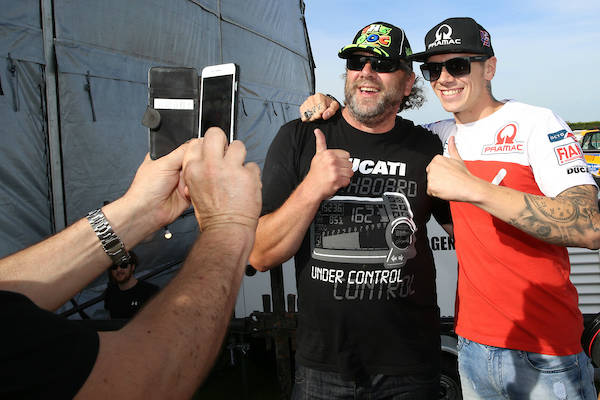
Keep an eye out in the motorcycling press for dealer open days which often have racing stars as the main attractions and another way to meet racing royalty is to attend book signings if the riders have just released biographies (John McGuinness, Michael Dunlop, and Ian Hutchinson all did so last year).
One word of advice – try not to bother racers immediately before a race when they’re getting in ‘the zone’ and thinking purely about what lies immediately ahead of them. After races or on non-race days they’re far more approachable and happy to take time out to meet fans. Show them a little respect and they’ll happily spend time with you.
They’re amongst the most down-to-earth of all sports stars and, because they share your passion for bikes and riding, you’ll immediately have something in common with them and can talk on the same level.
Happy hunting!
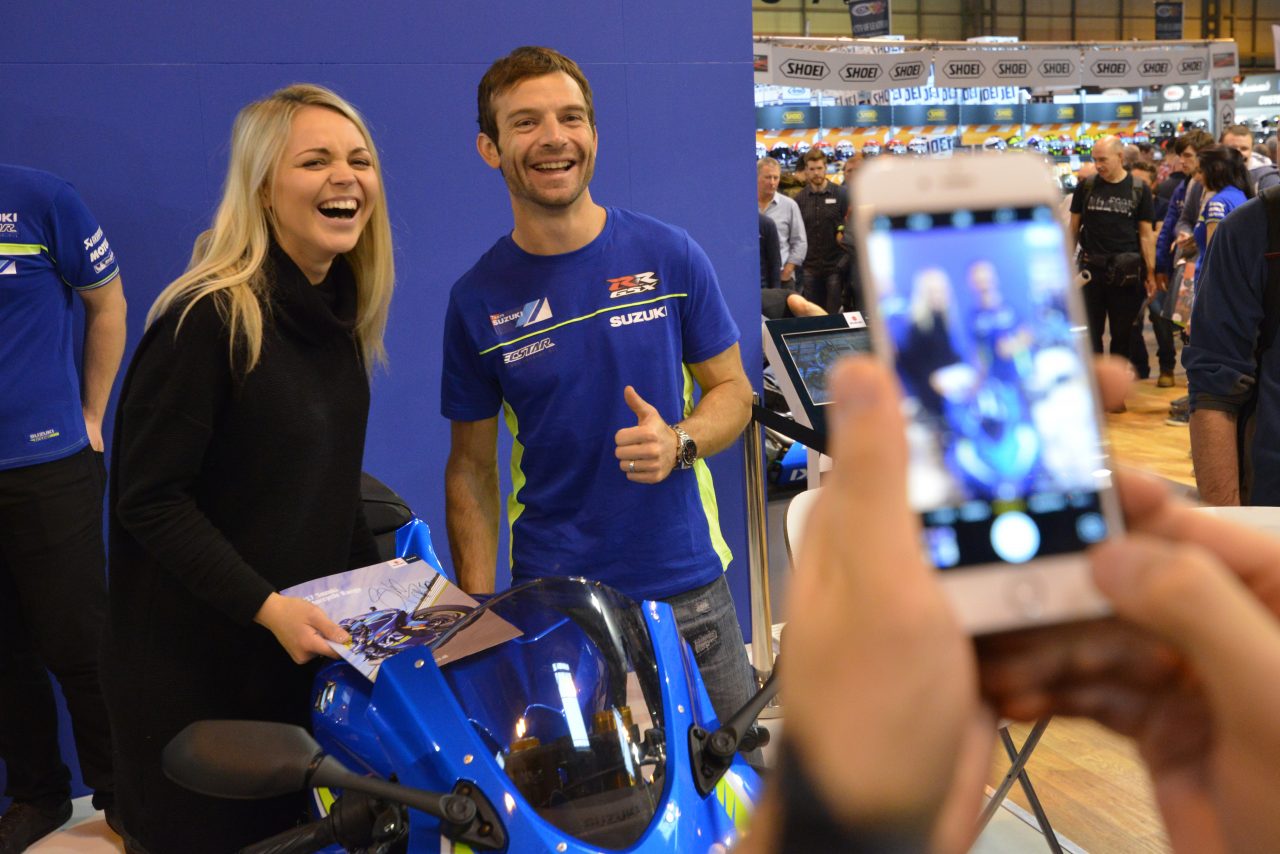
Ride the Iztaccihuatl Volcano
The still smoking skyline of the Popocateptl volcano can still be seen from Mexico City, and it’s no wonder people travel far and wide to conquer it. Although it’s not the wisest choice to climb an active volcano, you can still get up close by taking on the challenge of Iztaccihuatl Volcano.
The Iztaccihuatl Volcano, also known as the ‘sleeping woman’, translates from the Nahuatl language to ‘white woman’ as the shape of volcano has three peaks that look like the head, breasts and feet of a woman, from a distance. Reaching over 17,000 feet, the Iztaccihuatl Volcano is Mexico’s third highest peak with some of the most breath-taking views of Popocatepelt and the Valley of Mexico.
Some parts of the Iztaccihuatl Volcano are only reachable on foot, so booking a tour guide for the final stretch is always a good idea. The air is thin and it can reach extremely hot temperatures but you’ll see sights you’ll never forget.
It is recommended that all tours are done with a guide due to the nature of the surroundings.
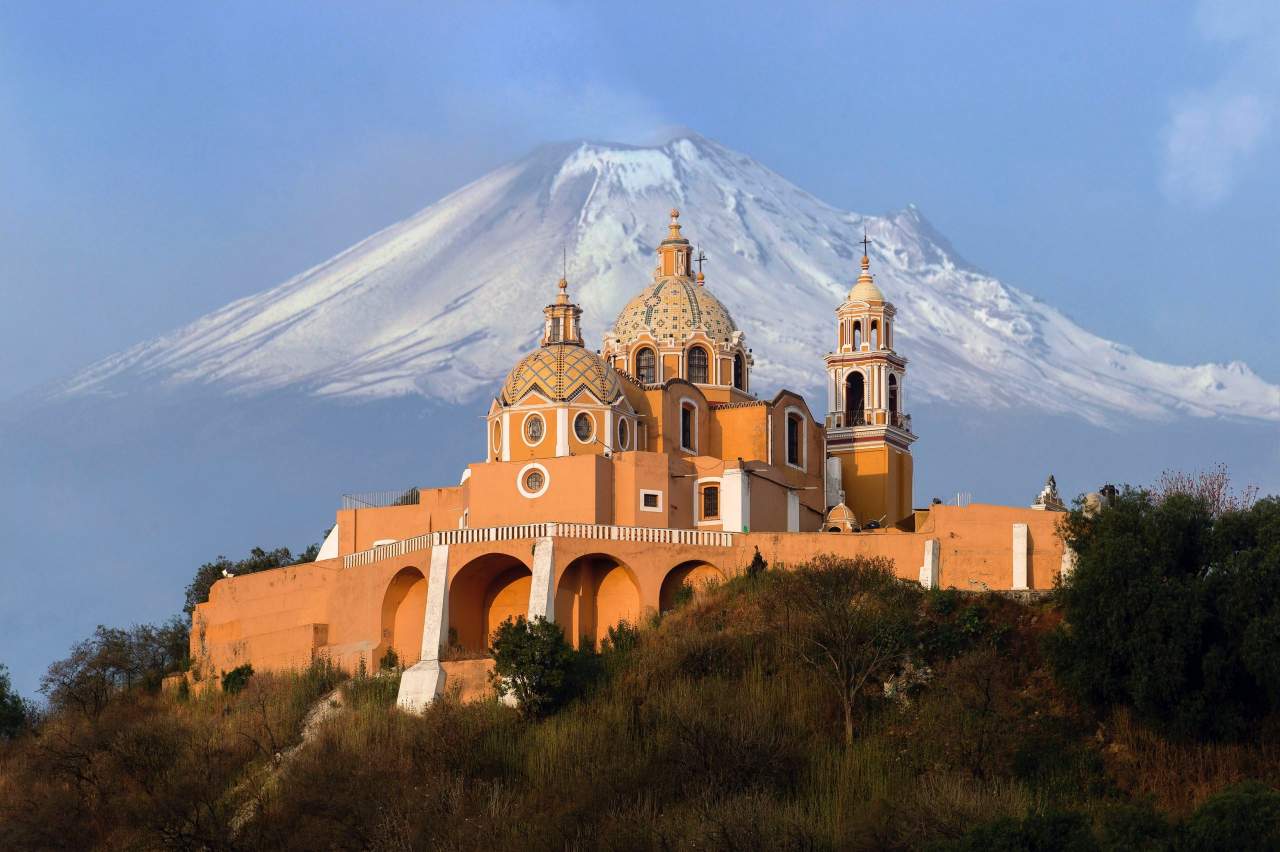
Go to Daytona Beach Bike Week
Daytona’s famous Bike Week is one of the world’s biggest and best biker parties and it should be on every rider’s bucket list.
Held in the scorching Florida sunshine, it’s a riot of colour and noise, with sports bike fans freely mixing with all the Harley crowd and heaps of racing and stunt shows and live bands to keep you amused.
The centrepiece is the Daytona 200 race itself, held on the famous banked circuit. It may not be as prestigious as it once was but it’s still a fabulous spectacle, despite the lack of big names now taking part.
But the racing’s almost a sideshow anyway – the real attraction is the event itself, which is why over half a million people turn up over a 10-day period, traditionally in the first full week of March.
Custom bikes form a big part of the festival and Main Street is full of projects that have been specially built to be shown off at Daytona – it’s like the Oscars for custom builders.
You can also take in some classic bike racing and some Supercross action and see all manner of stunt displays, and just marvel at the mix of humanity (much of it eccentric!) that mills around downtown while you munch on a burger and sip on an ice-cold beer.
The best way to enjoy Bikeweek is to rent a bike when you get there. You can rent a Harley for as little as £77 a day.
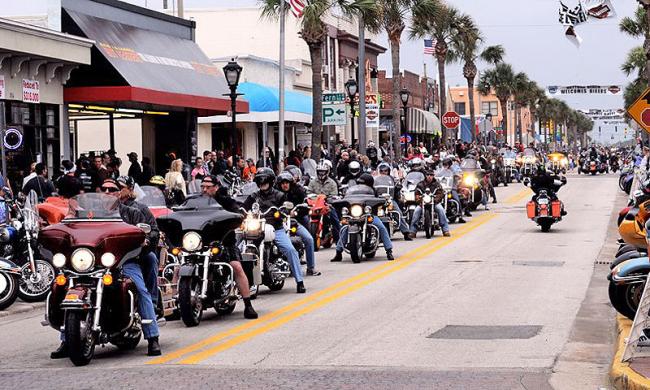
Join a Bike Club
You may be quite happy riding on your own or riding with a group of mates but joining a bike club can transform your life on two wheels and open up a whole new world of possibilities.
By joining the right kind of club you can enjoy all sorts of benefits, from mixing with like-minded people and owners of the same bike that you ride, to group tours and trips, meetings, parties and special events. You’ll be able to access spare parts and advice easier if you join a same-bike club while other groups offer discounts and special rates on everything from tyres to track days and parts to servicing.
Probably the most common kind is for riders of the same marque and, of these, the Harley-Davidson Owners’ Group (or HOG, as it’s affectionately known) is the largest, with over one million members worldwide. All the other marques have owners’ clubs too but if you want to be more specific you can join a club for owners of the very bike that you ride, whether it be a Honda Goldwing, a Suzuki Bandit or a Yamaha RD350LC. These clubs are particularly useful for sourcing parts and help, should anything go wrong with your bike.
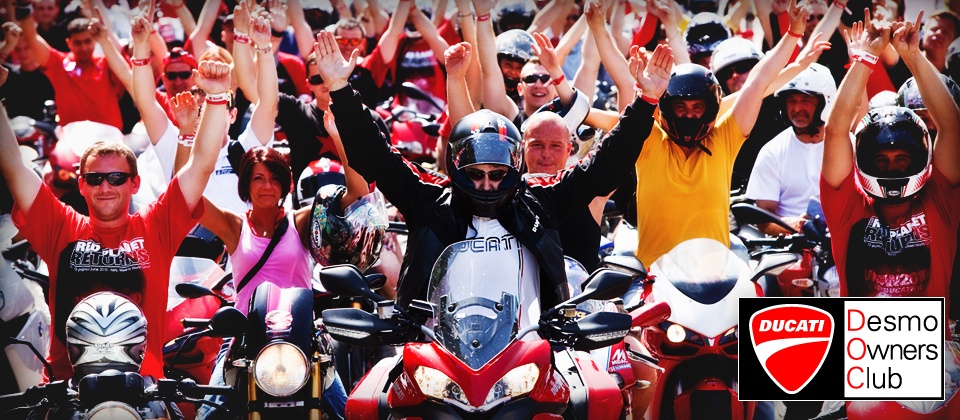
Motorcycle club members can also take advantage of exclusive offers like factory tours and pit garage tours at race meetings that are not available to individuals. Most clubs also have a strong social element and organise rallies, events, pub meets and rideouts so there’s always things to do, places to go, and people to meet.
Every kind of motorcycle club you could ever imagine exists out there in some shape or form so you can rest assured you’ll find one that’s right up your street. You’ll find clubs for custom bike fans, clubs for those who like touring abroad, clubs for race fans, classic and vintage bike owners, clubs for female riders, for armed forces members, for disabled riders, trail riders, riders – you name it, it’s out there.
Many clubs are geographically based (eg, The Birmingham Bikers’ Group), while bigger national groups like MAG (Motorcycle Action group) and the BMF (British Motorcyclists’ Federation) have branches spread all round the country so there’s bound to be plenty of clubs near you.
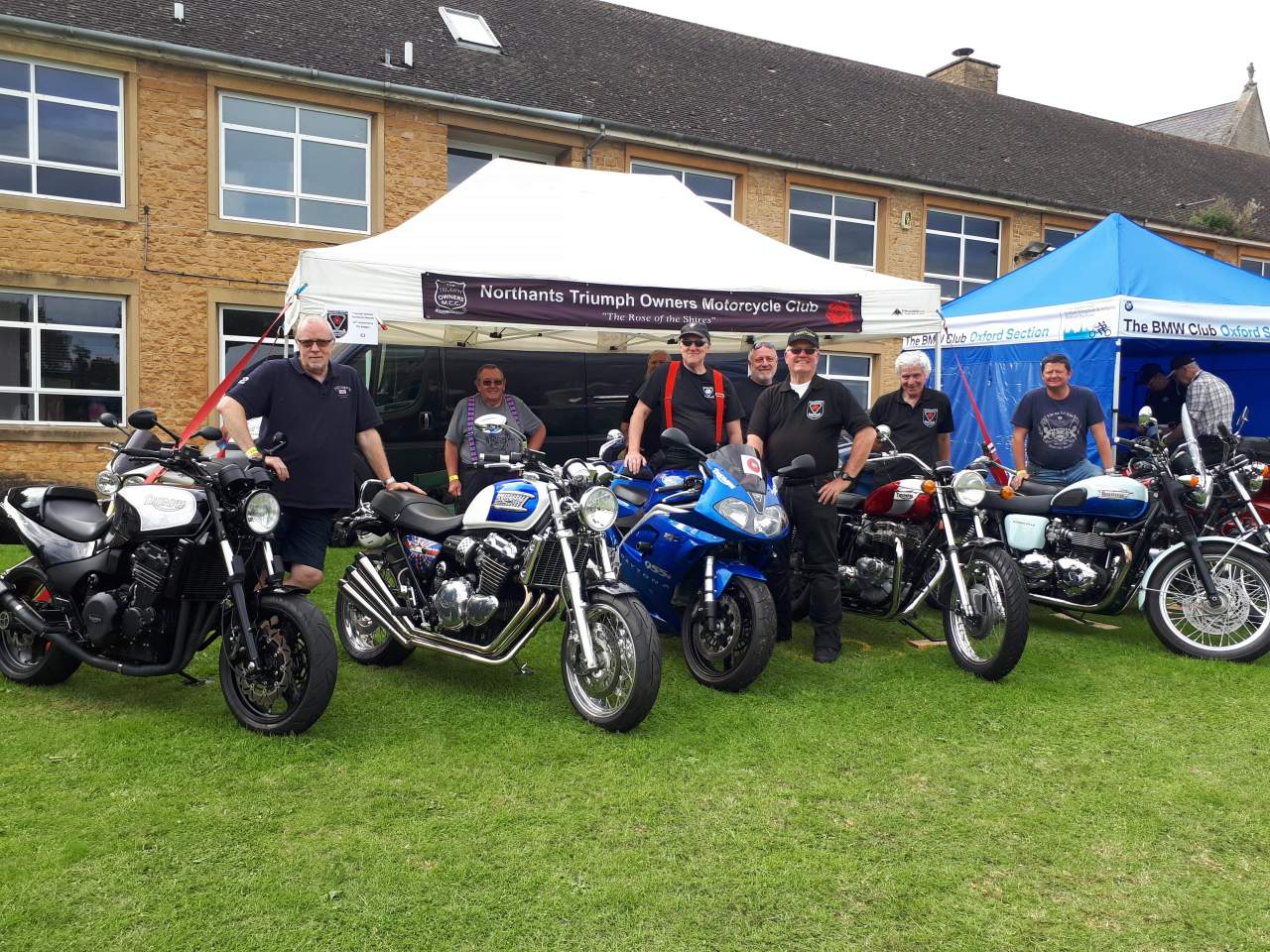
Many clubs are free to join while others charge a small annual fee which gets invested back into the club to help keep it running and to produce newsletters, websites, and many other members benefits.
Of all the benefits of joining a motorcycle club, perhaps the greatest is a sense of belonging – of making lifelong friends who share a common interest and who you can always count on when you feel the need to just get on two wheels and go. You can’t really put a price on that.
Take a look at our biker club guide here.
Enter the Red Bull Romaniacs tournament
Created back in 2004 by Martin Freinademetz, the Red Bull Romaniacs is the most extreme endure rallye you’ll find.
If extreme endurance riding is your cup of tea then entering the Romaniacs is a must, riders from across the globe get together for the 5 day event to show off their skills on some of the most unforgiving terrains and challenges. The first challenge is in the city where fans from all over the world watch the riders unleashed their skills. The four following days are classes as ‘offroad race days’ that take place on some of the most challenging but beautiful Enduro courses in Romania.
If you’re looking for a challenge that will physically and mentally push you to your limits then this could be the one for you. Find out more about the Red Bull Romaniacs right here.
Alternatively, it’s a brilliant championship to watch and be a part of as a fan.
Watch the video below to give you just an insight on what the Romaniacs really is…
Visit an AMA Supercross Race
Okay, this one requires a trip across the pond, but if you’re already in the USA living out your bucket list fantasy of riding Route 66, then it’s worth pencilling in one or two extra bits of two-wheeled entertainment. Taking a detour to an AMA supercross event should be one of them.
Motocross is a big deal in the US. The market for off-road bikes is huge and the stars of the sport earn serious money riding in the American Motorcyclist Association (AMA) championships. Supercross is a high-intensity distillation of traditional outdoor motocross but held in sports stadiums and arenas on tight and ferociously technical man-made tracks, constructed from hundreds of tonnes of earth trucked in for the event.
The idea was to make motocross accessible to city dwellers who lived far from the outdoor motocross tracks, and the result was a resounding success: supercross draws big crowds, not least because of the sport’s proximity to big city centres.
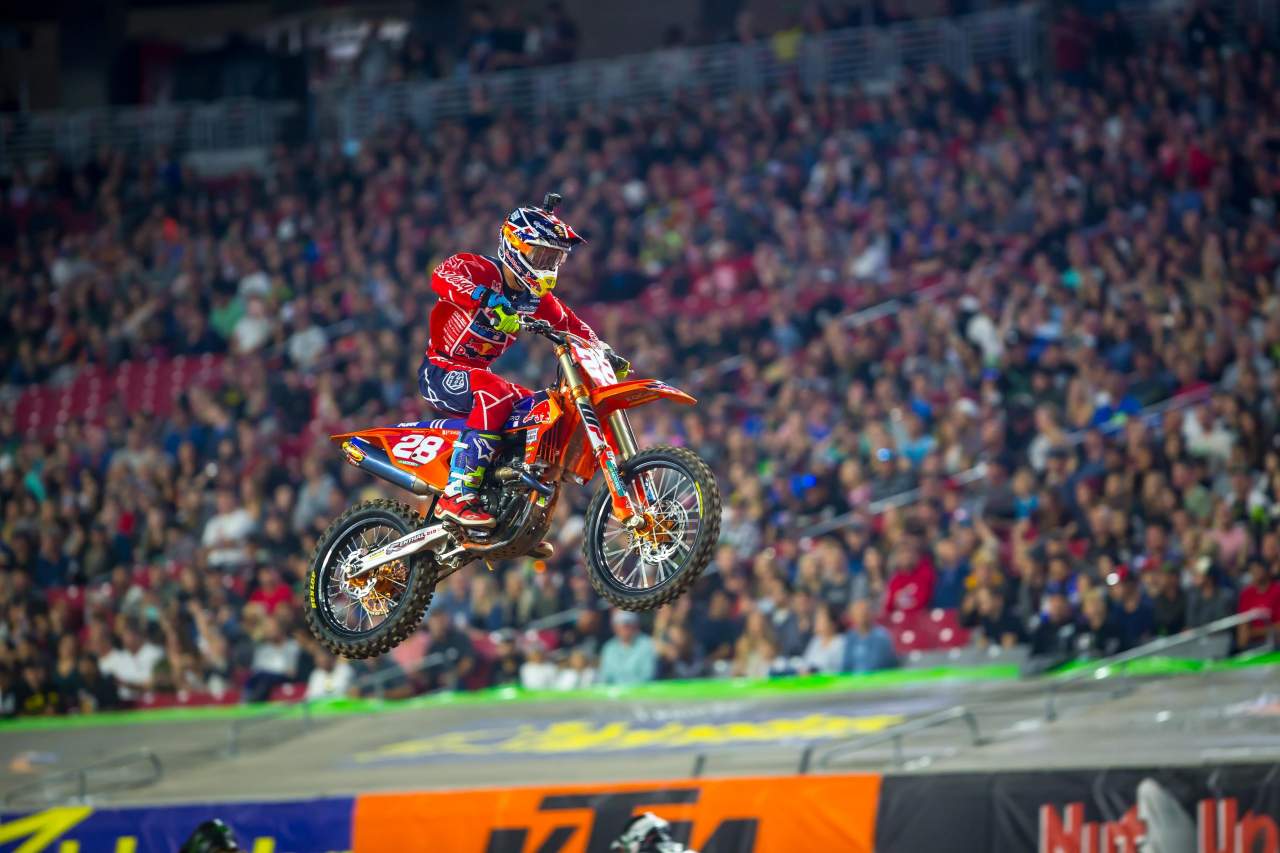
The racing is exhilarating, noisy, part-airborne two-wheeled argy-bargy, and it’s incredibly intense and hard-fought – supercross is pretty much a contact sport. The tracks feature unbelievably steep jumps, hard-packed berms and punishing whoops or ‘rhythm’ sections. It’s impressive enough watching on television, but to truly appreciate the closeness of the racing and the amount of air the riders get off the jumps, you have to be there in person. Add to that the smell and the braap-braap of the bikes, plus the noise of the crowd, and it makes for an unforgettable experience.
The supercross season round from January through to May; and if you can’t make it to the US, check out the slightly smaller-scale Arenacross series here in the UK.
Ride the Transfăgărășan highway
Romania’s Transfăgărășan highway wasn’t exactly well known before it featured in a Top Gear challenge back in 2009, when the BBC motoring show’s popularity was riding high with ratings of around 7 million viewers per episode. Since its exposure nine years ago, however, Romania’s answer to the Stelvio Pass has become a ‘must ride’ destination for bikers and petrolheads from Europe and beyond.
The Transfăgărășan highway is a 56-mile mountain pass running north-south over the Carpathian Mountains in central Romania. It’s a relatively new road so it’s wide and well surfaced, mixing hairpin bends with much faster well-sighted turns and some epic alpine views. It was once true that part of the highway’s appeal lay in its relative remoteness, and hence it wasn’t busy, but word has spread and that’s no longer the case in summer months.
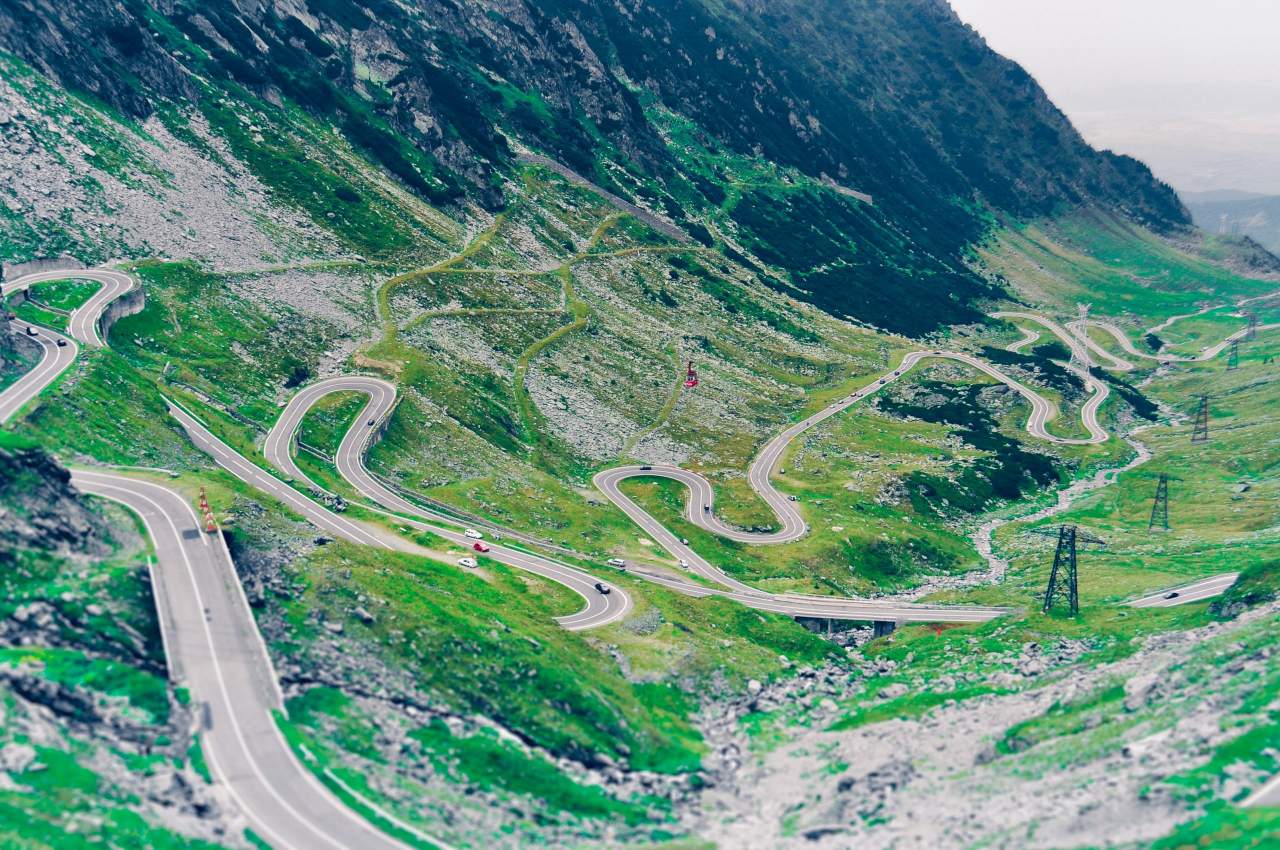
It’s a riding adventure in itself just to get to central Romania – you’re looking at a 1400-mile road trip from the Channel ports to the Transfăgărășan highway. So if you’re making the effort, don’t forget to take in some sights when you get there, such as Poenari Castle, which was apparently once home to Vlad the Impaler and is right on the Transfăgărășan route.
Check out the Transalpina, too, another pass running roughly parallel to the Transfăgărășan around 40 miles or so to the west. It’s a much older route so it’s not as wide or well surfaced and is certainly a bit more treacherous, which may or may not hold extra appeal.
Also note that the Transfăgărășan is only open to traffic for about four months of the year, from the end of June to the end of October.
Start planning now.
Visit the Classic TT
There’s no denying the spectacle of the Isle of Man TT but, for some, it’s too busy, too expensive, and too difficult to book flights, ferries and accommodation.
The answer to all these problems is the Classic TT. Held over the late August bank holiday weekend, the event sees all the current TT stars take to the legendary 37-73-mile TT Mountain Course on a selection of exotic classic racing machinery, from 500cc Grand Prix two-strokes to replica factory MV Agustas, Nortons, and everything in between.
And don’t think it’s slow – the top boys like Michael Dunlop and Bruce Anstey are still getting round at average speeds of over 120mph – and where else could you see a Yamaha YZR500 pitted against a Paton 500, a rotary Norton and a Suzuki XR69?
As well as all the modern TT stars, the event attracts some of the greatest names from the history of the sport, like Giacomo Agostini, Phil Read and Jim Redman, to take part in parade laps both on the TT Course and at the Festival of Jurby.
The Classic TT is now one of the biggest classic motorcycling events on the planet but, while it attracts a lot of fans, it’s nowhere near as busy as the regular TT so it’s easier to get accommodation, flights and ferries and there’s a much more chilled-out atmosphere when you get there – and more space for spectating and exploring the island. And if you fancy staying on for another four days, you can take in the Manx Grand Prix too.
Ride to see the Aurora Borealis
A trip by bike to see the northern lights? It’s certainly doable, but you’ll probably have to wrap up warm. For sure-fire aurora borealis activity you’ll want to head deep into northern Scandinavia during the winter months, but given the logistical – not to mention health and safety – challenges of doing that by motorcycle, you’re probably better off chancing your arm a little closer to home.
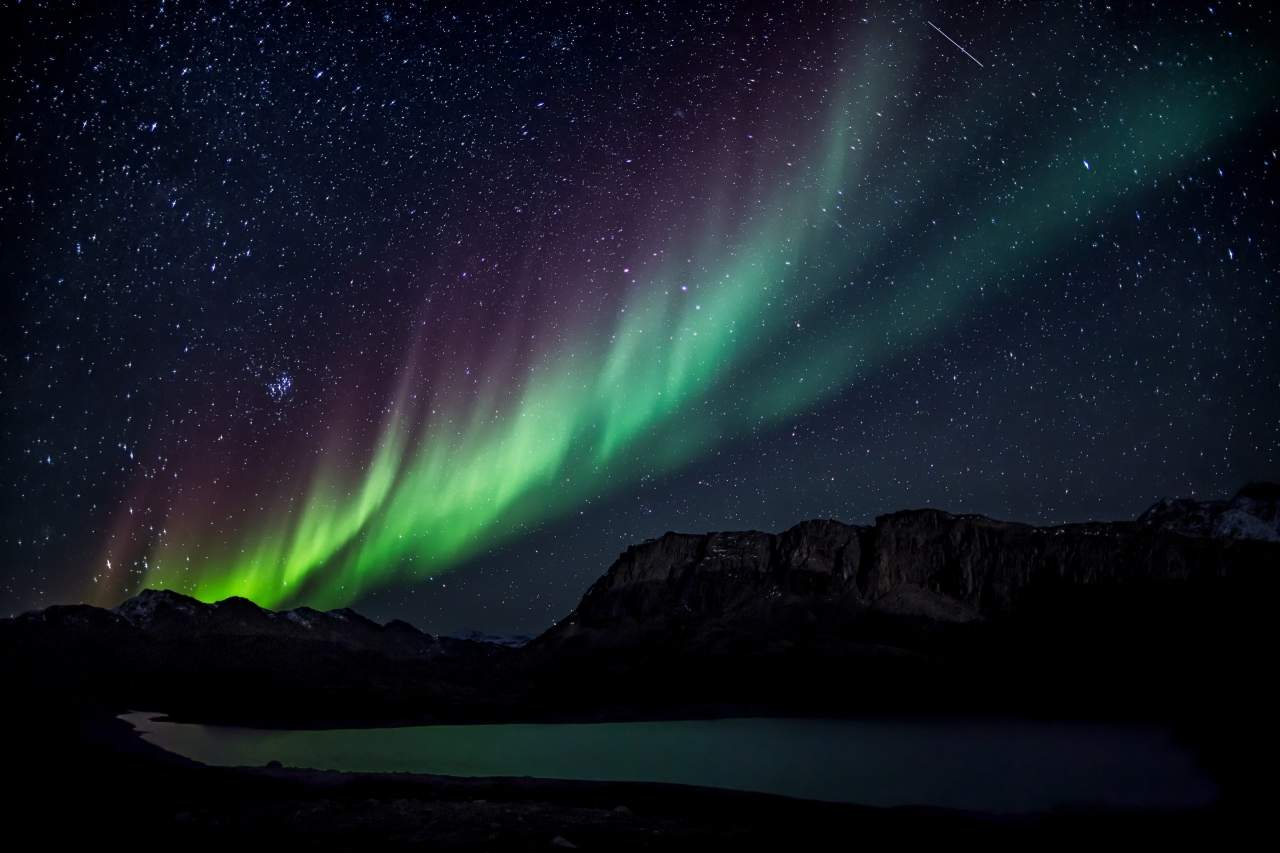
Weather and solar activity permitting, the aurora borealis, or northern lights, are visible from right here in the UK – Scotland in particular, but they have been seen further south in northern England. Key elements for a successful viewing are a recent – and large, if you want to see them in the UK – geomagnetic storm on the sun, a clear sky and, importantly, as little light pollution as possible.
That means heading somewhere pretty remote, which makes the less-populated areas of northern England and Scotland during the darker winter months ideal territory – if a little chilly from a biking point of view. For a guide to some ideal places to head for, check out the list of Dark Sky Discovery Sites.
There’s good aurora-spotting advice on the British Geological Survey’s website, too. So keep an eye on the internet for updates on solar geomagnetic storms, keep your overnight bag packed and keep watching the skies.
Do the Triumph Visitor Experience Centre
There’s only one place in the UK where you can go behind the scenes in a genuine world class motorcycle factory and that’s at Triumph Motorcycles in Hinckley.
Opened towards the end of 2017, the £4 million Triumph Visitor Experience Centre is a must for not only Triumph fans but anybody with an interest in motorcycles and how they’re made.
Your trip will start with a walk along the Avenue of Legends and across the 50 plaques that commemorate some of the greatest names in Triumph’s 117-year history, from factory founders to racers, land speed record holders, celebrities, engineers and designers. Famous names include Evel Knievel, Steve McQueen and Marlon Brando.

To the left of the main entrance hall you’ll find a ‘Bloodline’ display of some of the most important bikes in Triumph’s history, from the very first Triumph, built in 1902, to the Texas Cee-GAR Streamliner that set a new world record of 214.4mph in 1956, and the actual TR6 jump bike used by Bud Ekins and Steve McQueen in the classic movie, The Great Escape.
You can also see the Triumph Scrambler ridden by Chris Pratt in Jurassic World, a 1937 Speed Twin, and an immaculate T120 Bonneville of 1958 vintage. There’s even a Moto2 prototype bike featuring a Triumph engine as the factory will supply all engines for the Grand Prix intermediate class from 2019 onwards.
Upstairs you will see how a motorcycle is designed and built, thanks to a state-of-the-art display that breaks everything down into components. There are initial sketches, clay models, early prototypes, test mules, cutaway engines – everything involved in the production of a motorcycle, in what Triumph believes is the only display of its kind in the world.
There’s also a corner dedicated to customised Triumphs, a section on the technical side of Triumph clothing, and giant interactive screens where you can upload your own pics of you and your Triumph and check out Triumph stories and communities from around the globe. The gift shop is also on the same floor and, as well as stocking regular items from the Triumph collection, it offers some exclusive souvenirs that can only be bought on-site.
If you fancy a break before taking on an actual tour of the factory then you can relax in the downstairs cafe and check out the stunning engine wall that features 22 engines (some £40,000-worth) from various Triumphs.
Admission to the visitor experience is free but there’s a £15 charge for a full behind-the-scenes factory tour that allows you to see all the production lines. Tours are held from Wednesdays through Sundays and numbers are limited to 15 people at a time. You can book a tour online.
The Triumph Visitor Experience is open from 10am-4.30pm (7.30pm on Fridays) from Wednesdays through Sunday. It’s located at Normandy Way, Hinckley, Leicestershire, LE10 3BZ. Follow the brown signs that say ‘Motorcycle factory’ as you get close.
Ride the Trans-Canada Highway
The Trans-Canada Highway is the highway system that travels through all ten provinces in Canada, all the way from the Pacific Ocean to the Atlantic – no wonder it’s such a hit with bikers. The whole route is 4,860 miles across the country and you’ll pass through six different time zones; this makes it one of the longest routes in the world.
Look out for the white-on-green maple leaf symbol; these are route markers so you’ll be able to navigate yourself through different provinces but still making the most of this iconic ride. Some 10 provinces including British Columbia, Alberta, Manitoba, Quebec and Nova Scotia; all hold some amazing views, different cultures, rich history and make for the perfect pit stops during your trip.
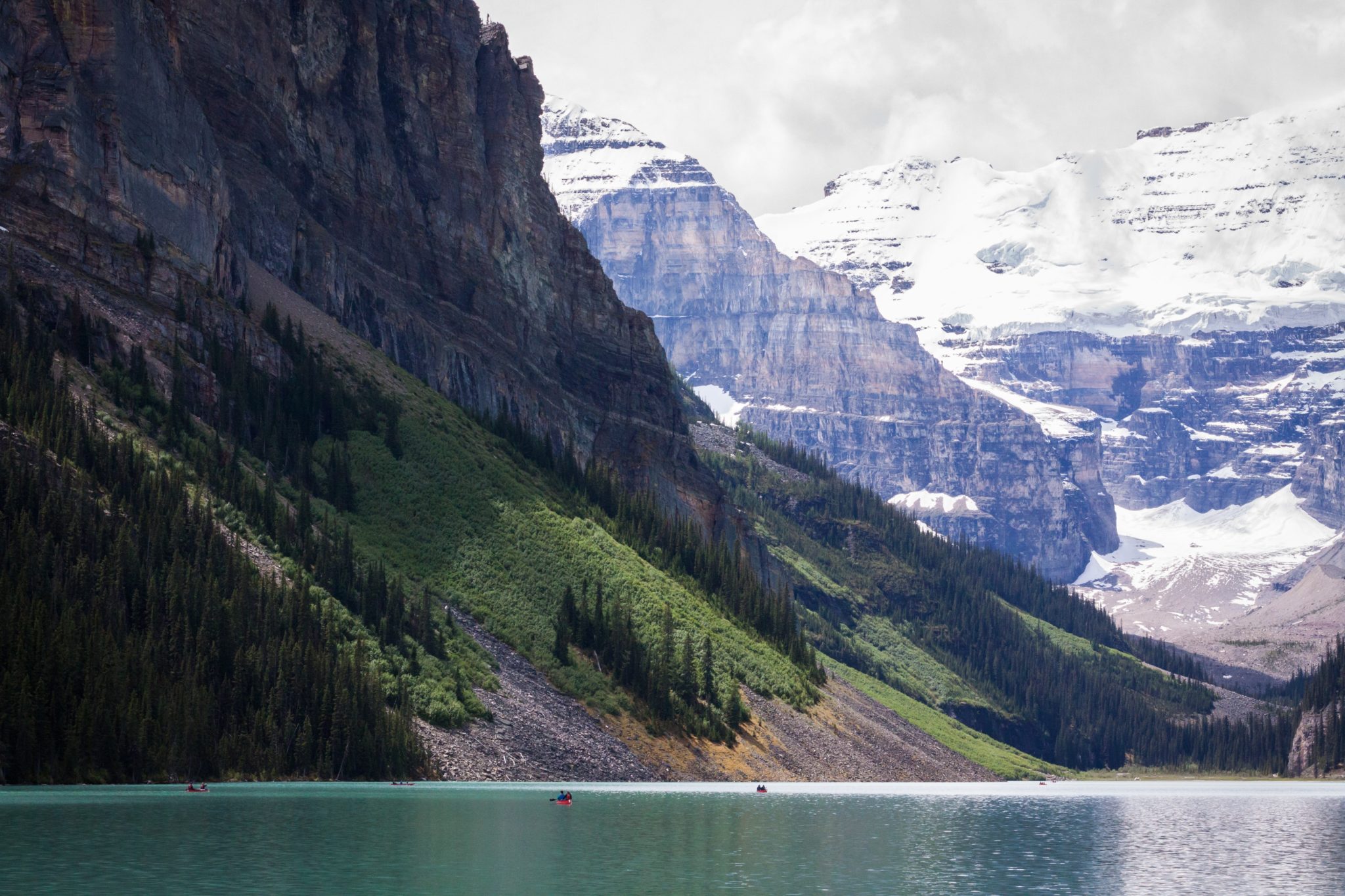
The best option here is to rent a motorbike for the duration of your trip as shipping your own motorcycle across seas is quite a costly job. It’s not hard to find a rental shop though, so you’ll be up and running on two wheels before you know it.
Canada can see harsher winters than the UK, but (unlike us) they are built for such weather so roads will be well and truly gritted however the trip would be much more enjoyable with the sunshine.
Service stations can be quite limited when you’re on the route so it’s important to make you’re complete fueled up before heading out, oh and watch out for moose and deer!
Get Made-to-Measure Leathers
Off-the-peg leather suits are all very well but nothing compares to a made-to-measure one-piece suit.
With movement being so important on a bike, this is the only way to ensure that a suit hugs you in exactly the right places but also has enough room and ‘give’ to allow you to move about the bike freely – especially if you do a lot of track days or racing.
It’s exactly the same principle as a tailor-made suit but that perfect fit is far more crucial with leathers than it is with a dinner suit. It also means you can choose things like leathers thickness, type of leather, body armour, ventilation areas, colourways, design, aerodynamic humps – every aspect of the suit can be custom-made to your exact preferences. And of course, you can even personalise it further by having your name on the back just like a MotoGP rider!
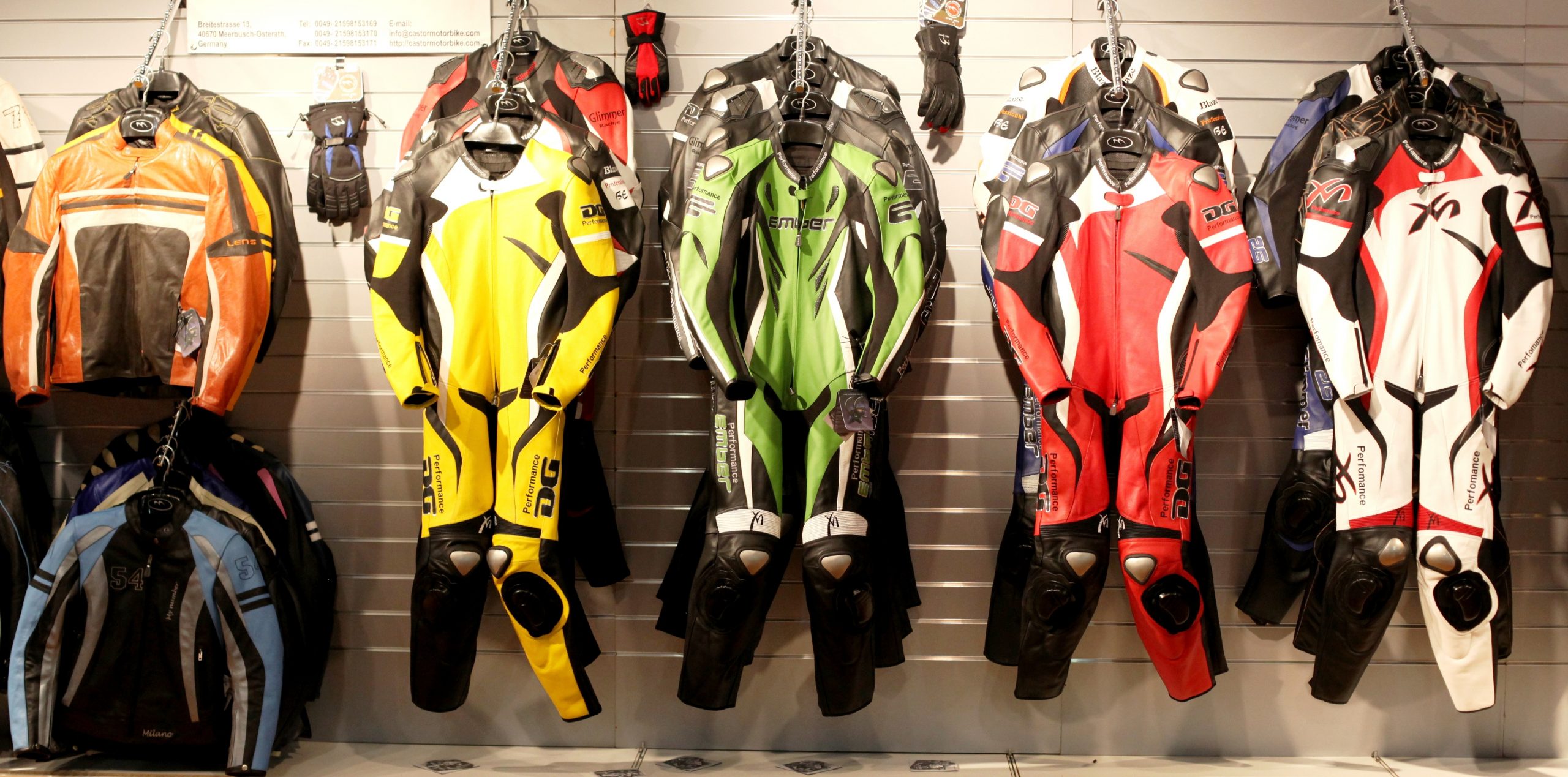
Made-to-measure suits are particularly good for riders with unusual body shapes, so if you have short legs or wide calves you can still ensure a perfect fit – something that can’t be achieved with an off-the-peg suit.
Obviously this all comes at a cost, but while made-to-measure suits are generally more expensive than off-the-peg items, they’re not as pricey as you might think. British firm, AM Leathers have prices starting at £877 while another great British made-to-measure firm, BKS, offers suits starting from £1,599.
Check out: AM Leathers, BKS Leathers or Scott Leathers.
Attend a Foreign MotoGP round
Yes, you can get your MotoGP fix on home soil, but there’s something about the appeal of a foreign motorcycle grand prix that holds an almost magnetic allure, especially one held at a European circuit steeped in two-wheeled history and folklore. In short, a trip to a foreign MotoGP round should be on everyone’s biking bucket list.
A couple of the circuits are a pretty easy day’s ride from the channel ports or tunnel. The French Grand Prix at Le Mans is just 250 miles or so, while the Dutch TT at Assen is around 300 miles. Both events attract a strong British contingent in the crowd, but another event worth considering is the German GP at the Sachsenring.
At a shade under 600 miles from Calais It’s reachable in a day, just, but you might want to take a bit longer than that. The event itself attracts a noisy, up-for-it crowd from Germany and the surrounding central and eastern European countries, and the circuit is fantastic for spectators.
Other European rounds well worthy of a bucket list are the Spanish GP at Jerez (1300 miles by road), the Catalan GP at the Circuit de Catalunya in Barcelona (800 miles), the Italian GP at Mugello (885 miles) and the season finale at Valencia (1000 miles). All four events are famous for their huge, passionate and very noisy crowds, and the Valencia and Mugello tracks in particular offer spectacular views across much of the circuit.
The logistics might seem a bit daunting at first but the reality is that organising a trip to a foreign MotoGP round is pretty simple these days. Bear in mind, too, that you’re not obliged to ride to the event. The circuits tend to be well served by airports, but if you’re planning on staying in a local hotel (whether you’re riding or flying), make sure you book well in advance. Like now, in fact…
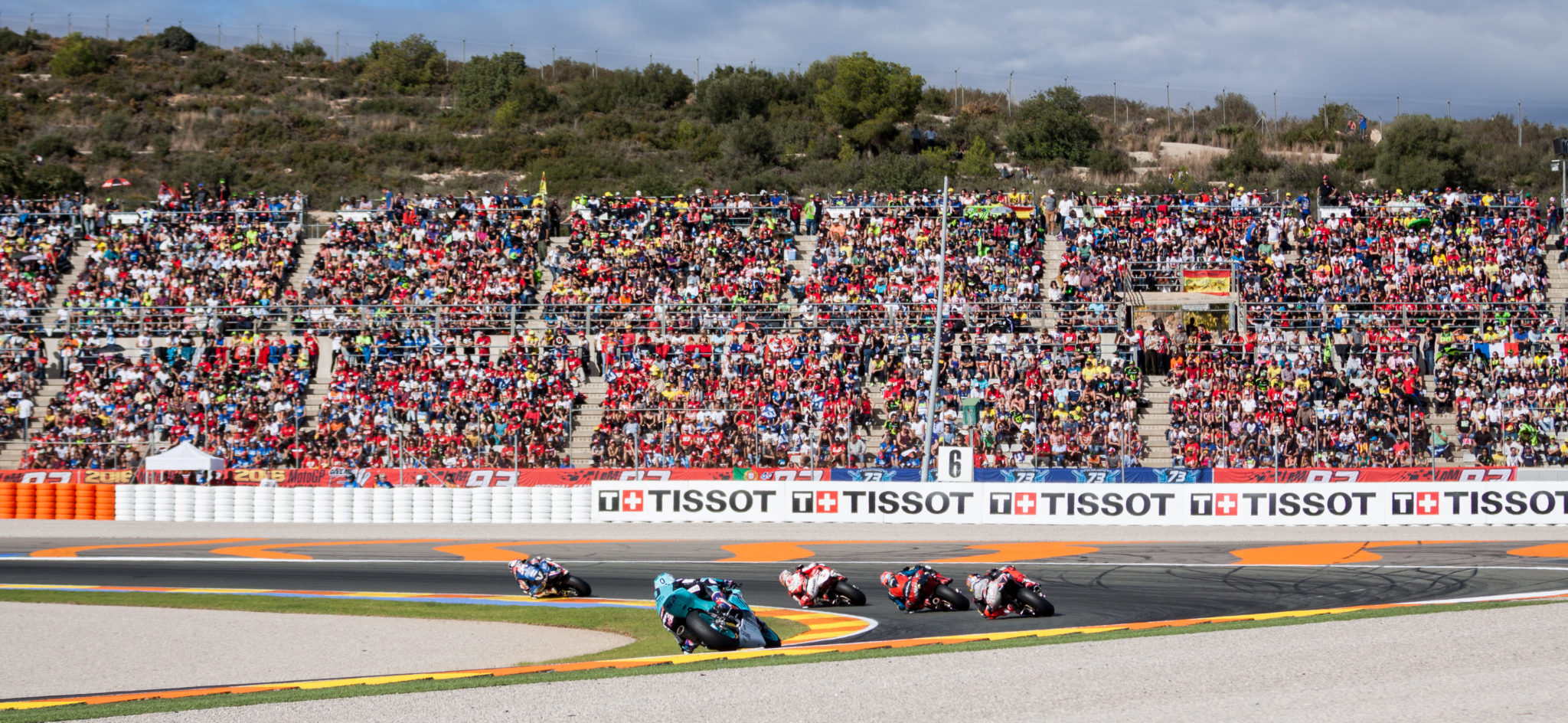
Of course you don’t have to set your sights on a MotoGP event to get a taste of world-class motorcycle racing on foreign soil. The World Superbike Championship has lost some of its lustre in recent seasons but there’s a lot of UK success to cheer, and the Dutch round, again at Assen, has long been considered a must-visit event for British bike racing fans.
If you fancy something a little bit different, the Endurance World Championship puts on some fantastic events both for riders and spectators. The two jewels in the EWC’s crown are the Le Mans and Bol d’Or 24-hour races, both held in France. The event at Le Mans isn’t quite on the scale of the 24-hour car race (it’s held on the smaller Bugatti circuit used for the MotoGP event), but the partisan French crowd generates a fantastic atmosphere, it’s easily accessible from the channel ports and it’s popular with British fans.
The Bol d’Or, meanwhile, was once a legendary late-summer race/party destination for riders from the UK, and since its return in 2015 to its spiritual home at the Paul Ricard circuit not far from Marseille, it has re-established itself as a go-to event.
Tour Sri Lanka by Motorbike
It almost seems that Sri Lanka was built for motorbikes, the perfect mixture of windy roads and straights, mountain views and gemmed cities jammed between stunning scenery; it’s a must-do on the biker bucket list.
Due to the location of the island, being near to the Equator, the temperatures remains fairly constant all year round. A best time to visit can be from December through to April and May if you want to cover the whole island in one trip, but be wary that there can be monsoons during those times too. You’ll want to make the most of the gorgeous golden-sand beaches all the way up to the iconic mountains, and pay a visit for the 16ft Buddha too!
If you’ve always dreamed of visiting Sri Lanka then this could be the perfect opportunity, you can cover Sri Lanka by motorcycle in 8 to 12 days, depending on how much riding you want to do each day. There are lots of motorbike tour agents available when you reach your destination, however it’s recommended to book before you travel so you’re not disappointed. Sri Lanka Riders, Club Sha Lanka or Vintage Rides offer great package deals include tour guides, bike hire and kit hire.
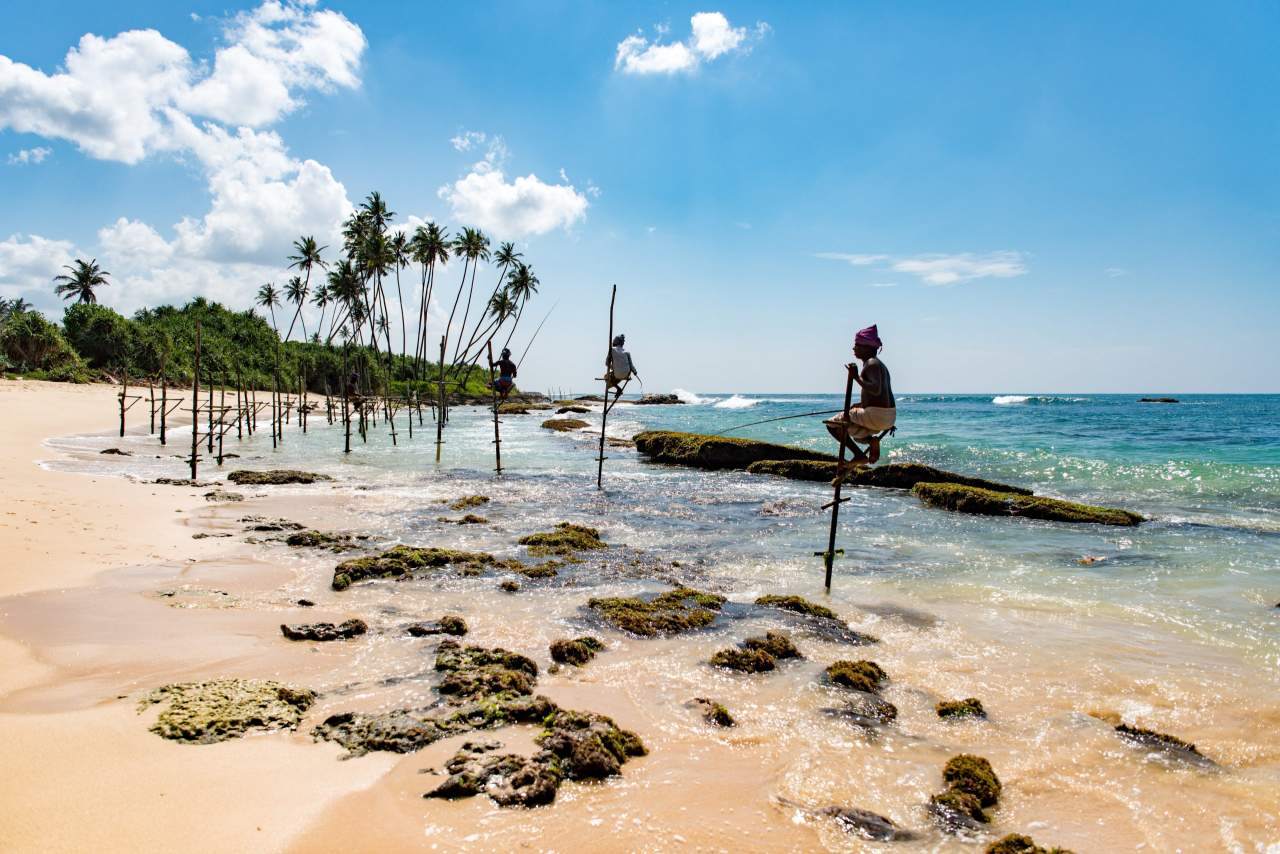
Although there are endless amounts of things to do and visit whilst in Sri Lanka, there’s a few that cannot be missed including a trip to Adam’s Peak which offers some of the most magical views of the Island and has been said to be the Buddha’s own footprint. Not forgetting the many beaches including Arugam Bay, Mirissa and Unawatuna.
In Polonnaruwa you’ll find the most unique collection of ancient Sinhalese art and architecture, it’s well worth a day trip here to really embrace the Sri Lankan culture.
Enter a Hill Climb
If you fancy trying your hand at some competitive bike sport but are baulking at the idea of the cut-and-thrust mayhem of circuit racing, then hillclimbing is brilliant alternative. It’s about as accessible, friendly and affordable as motorsport gets, and the UK has a thriving, if not that well publicised, hill climbing scene both for bikes and for cars.
There are hill climb venues dotted all over the country, often tucked away in the grounds of quite fancy stately homes or scenic farmland. The courses, as the name suggests, tend to run uphill (but you might find yourself going down at times), and are tight, narrow and twisty.
There are classes for all sorts of machinery, but the National Hill Climb Association (NHCA) has a Road Legal class, which allows you to compete on your road bike with very minimal modifications. On the day you’ll usually get a couple of timed practice runs in the morning, then two or three competitive runs throughout the day.
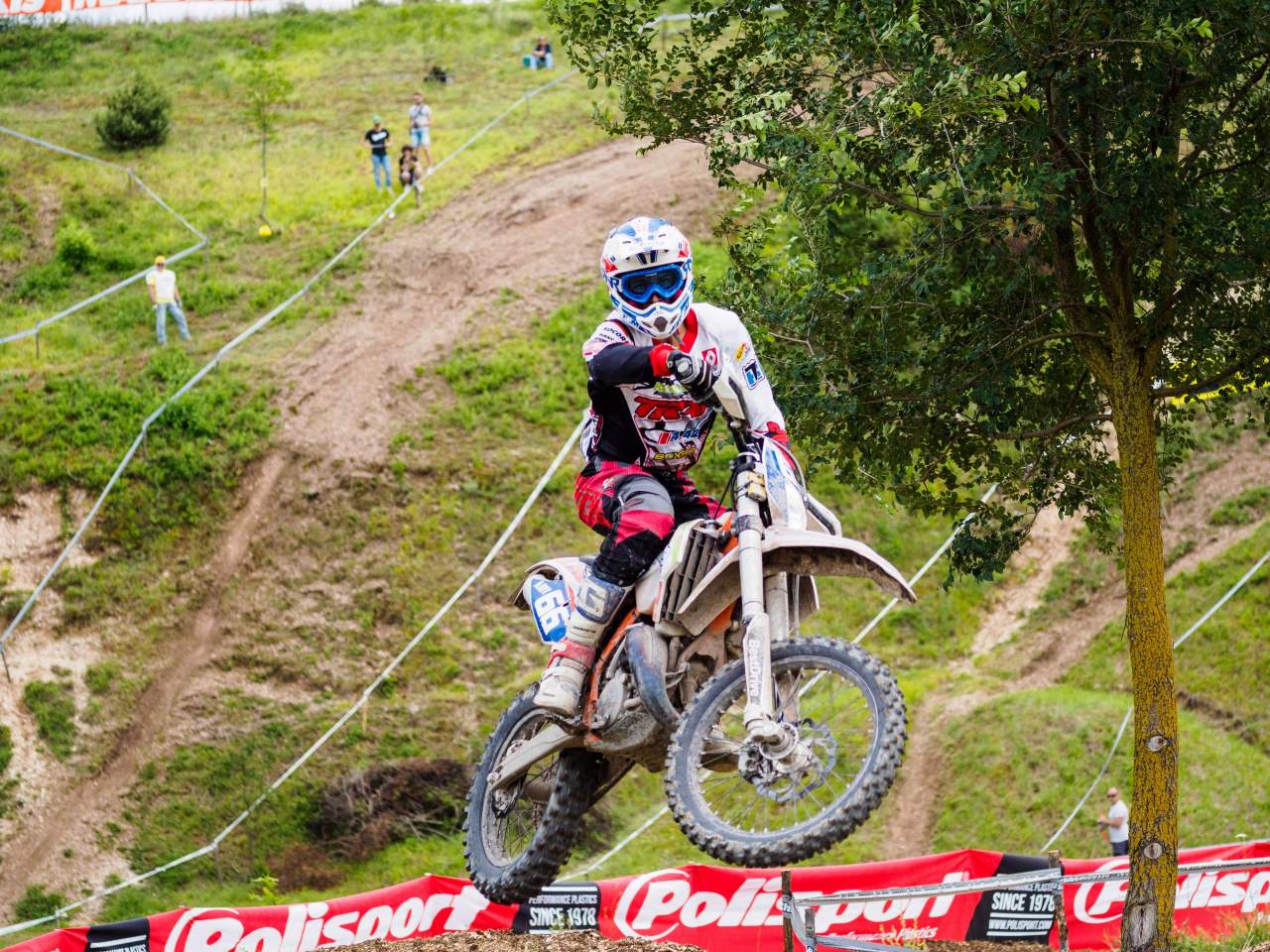
The sport is very well organised and overseen by the Auto Cycle Union (ACU), the governing body of UK bike sport. You’ll need to wear full leathers and have an ACU gold-stamped helmet, and you’ll need an ACU licence to compete. But even that shouldn’t put you off: the NHCA runs a ‘Give it a Go’ offer, which gives you a single-event ACU licence and day membership of the NHCA for just £30. There’s probably no easier way to get yourself hooked.
Ride Chapman’s Peak
If you’ve got the travel bug then taking on the adventure of riding Chapman’s Peak is one for you. You’ll be heading out to Cape Town, that’s full of beauty and wonder itself, but it doesn’t stop there. Named after English captain John Chapman who arrived in Hout Bay in 1607, after sending a skipper ashore it was recorded as Chapman’s Chaunce. Chapman’s Peak is the mountain between Hout Bay and Noordhoek in South Africa, and has huge sharp falls into the Atlantic Ocean.
Recognise the road? It’s been used as part of the iconic Mercedes Bens advert in 1991, advertising the safety of Mercedes Benz cars after serious accidents due to rock fall had happened on the Peak. The route has been closed a number of times due to safety issues, parts have been re-engineered to keep motorists safe.
The Champan’s Peak Drive is a crucial part of the route of two of South Africa’s biggest races, Cape Argus Cycle Race and Two Oceans Marathon.
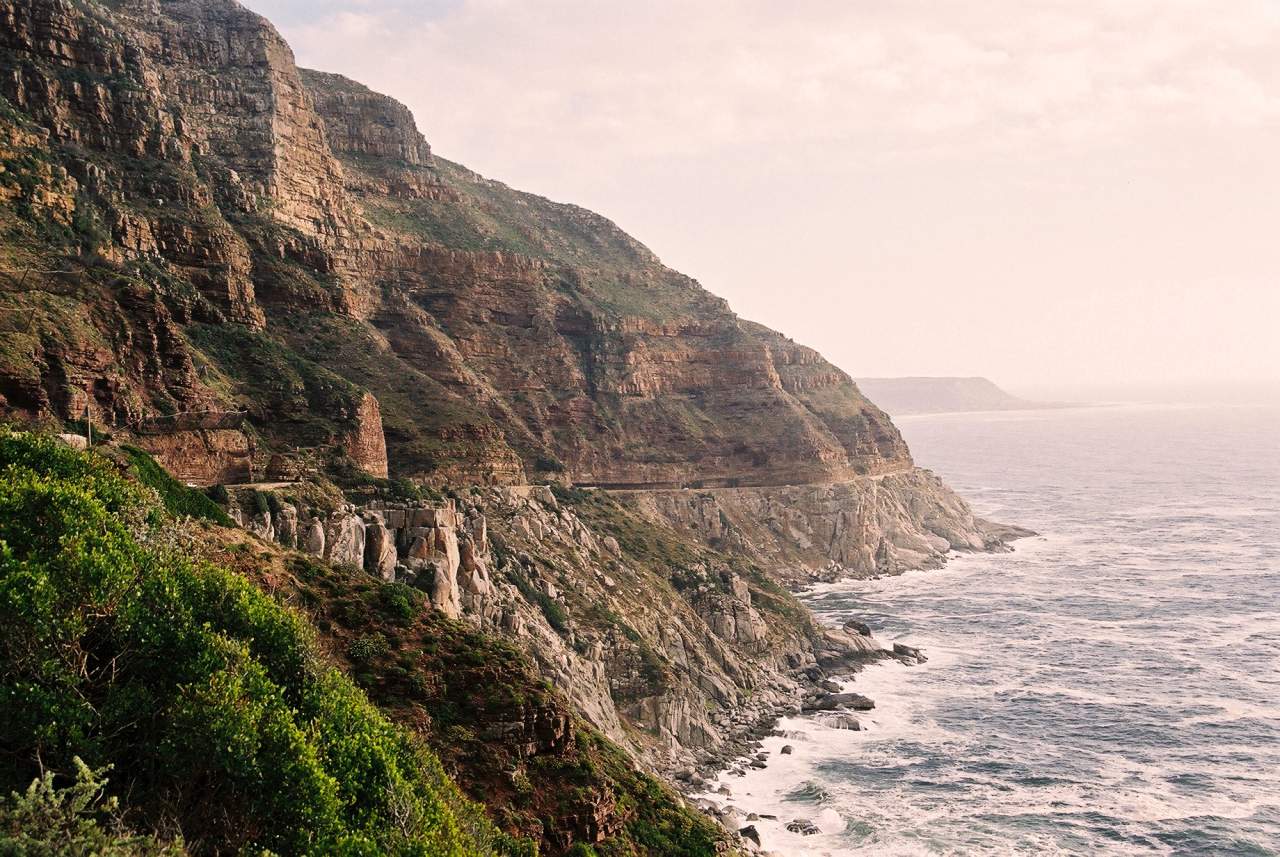
If you’ve got the extra cash then you could choose to have your own bike shipped out to take on the ride, however it’s highly recommended you hire one when you’re out there. There are lots of companies that organise these tours and the bikes will certainly be built for purpose; you won’t have to worry about getting any unwanted bumps or scratched on your pride and joy.
Obviously there’s no stopping you going out on your own adventure, you can spend days exploring different parts of the route and the surrounding seaside villages. Be sure to stop and visit the Cape Point Nature Reserve; it’s a world-famous nature reserve that is full of history, beautiful views and some epic hiking routes. Watch out for the wild life including Cape Mountain Zebras, Baboons, Ostriches and lots of bird life.
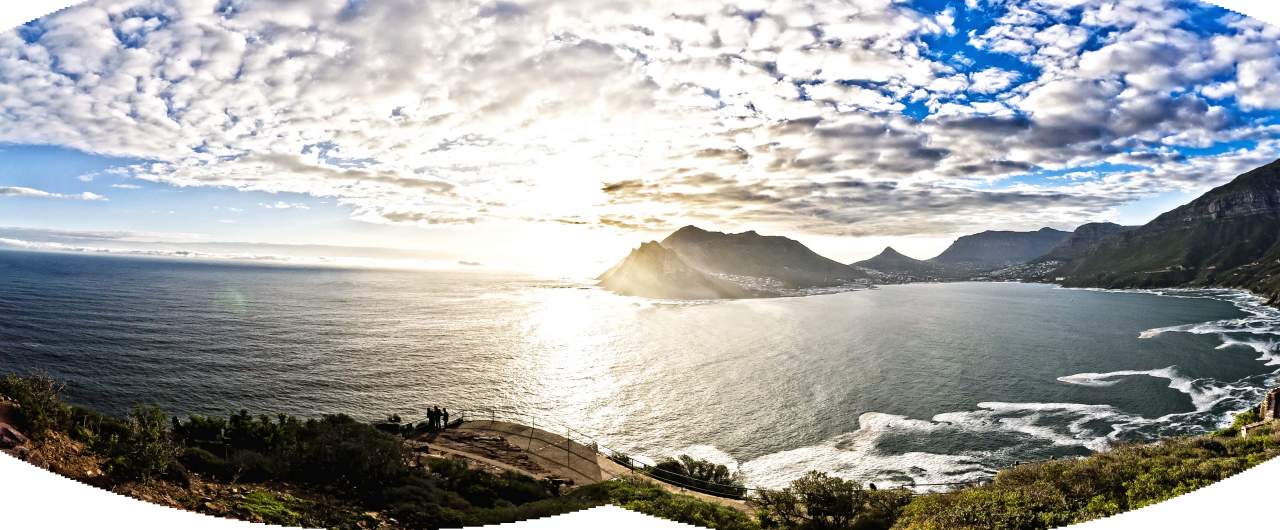
Max your bike out (legally!)
Have you ever been able to answer this question honestly about your bike? It’s the one everybody wants an answer to, but surprisingly few riders of powerful modern bikes genuinely know the answer. Not surprising really, in an era when production motorcycles are so fast and powerful that you’d end up losing your licence and doing jail time just to find out. But there are several perfectly legal ways to find out what your bike’s capable of so your idle boasts down the pub will no longer be idle!
We all ride motorcycles because we love speed, and nothing feels better than twisting a throttle to the stop in all six gears and holding it there until there’s absolutely nothing more to come from your machine. Only when you’ve done that can you really say you’ve ridden your bike as fast as it will go. Once you reach maximum speed, if you still want more, try lifting your backside up onto the pillion seat or speed hump to create a better aerodynamic shape. It may sound nonsense but it’s good for another 5mph or so.
Of course track days are on option to legally test your bike to the max but very few circuits have long enough straights to really put a big bike through its paces in top gear. Silverstone and Snetterton have the longest straights in the UK so, depending on how powerful your bike is, you may have to look no further than this.
If you want to do it on the road the you’ll either have to head to the Isle of Man or Germany. The Mountain section of the famous TT Course has no speed limits and ‘the Mountain Mile’ – although uphill – is a great place to max a bike out.
But be warned; while it’s legal to go as fast as you like, the Manx Constabulary will still book you for reckless or dangerous riding. The same deal applies on German Autobahns which, in rural areas, have no speed limits but that doesn’t mean you can ride like a fool. Straight-line, controlled speed – when it’s safe to achieve it – is the order of the day.
If you’re going to go to Germany, riding the 12.9-mile Nurburgring roads circuit is another great way to reach terminal velocity. It costs 29 Euros for a lap but this gets cheaper if you block book several laps.
The best way to reach crazy speeds on your bike in the UK is by joining Straightliners, who organise regular top speed runs at the two-mile long Elvington Airfield in North Yorkshire. Membership costs just £30 a year and you can register online for free in under two minutes. It’s all regulated so you can really put your bike through its paces in a safe environment.
Visit Valentino!
If you like motorbikes, the chances are you like Valentino Rossi, so you really must pay a visit to his home town of Tavullia.
While you may not be able to just stroll into his house, you can at least visit his bar and pizzeria (the Bar Pizzeria da Rossi) in the centre of the small hillside town, as well as his official VR46 merchandise store which is right next door.
You also need to join the tradition of taking a selfie next to the Tavullia town sign which has been absolutely covered in graffiti by fans who have travelled from every corner of the globe to pay their respects to the greatest motorcycle racer of all time.
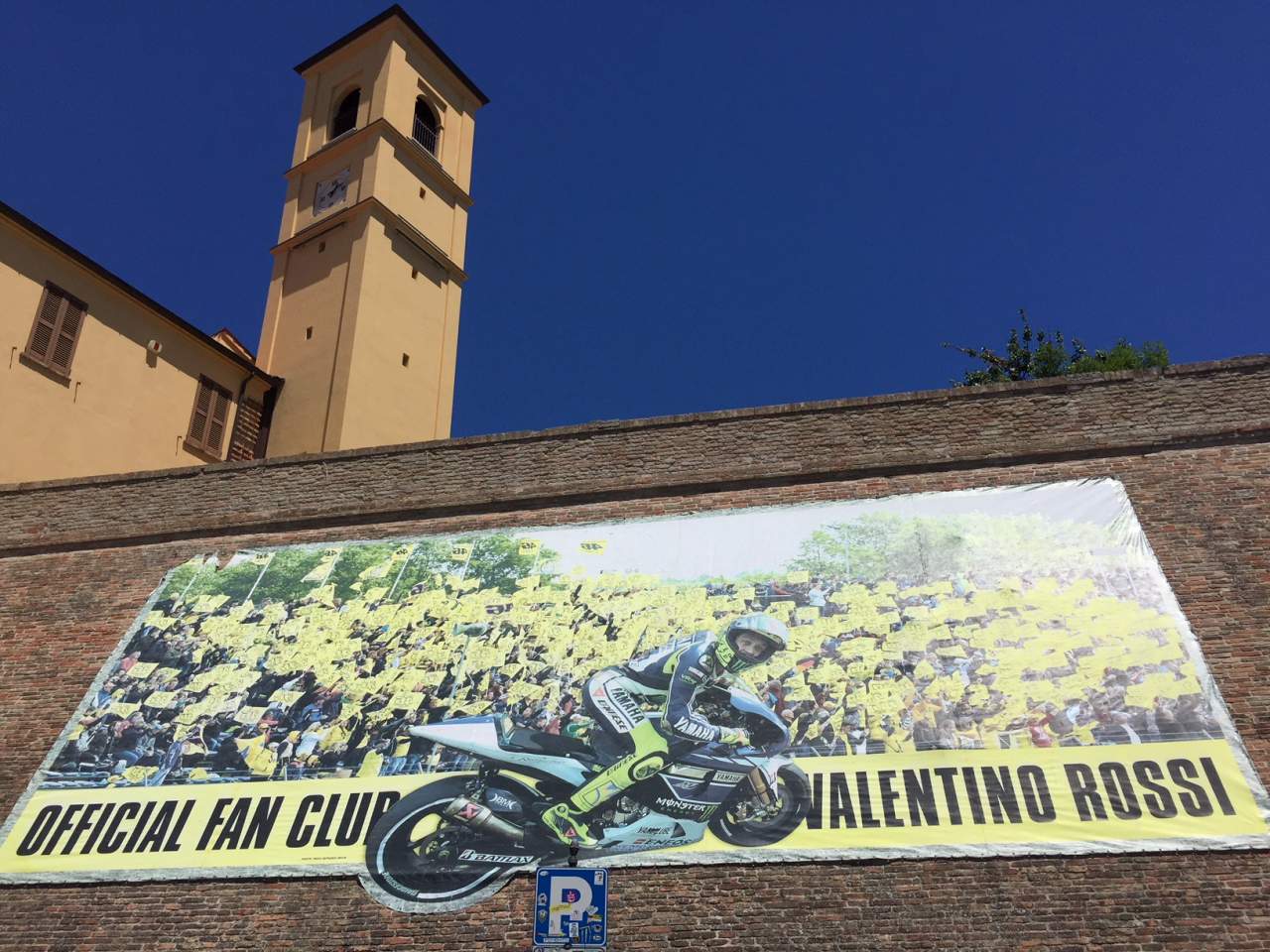
In the summer months the centre of Tavullia is one bike bike park as fans make their pilgrimages. The busiest times are the weekends when MotoGP or World Superbike racing it taking place at nearby Misano – less than 30 minutes away. It can also get crazy busy during the weekend of the Mugello Grand Prix. If you visit outside of these times it’s much quieter but you’ll still be able to meet other Rossi fans and swap stories.
Rossi’s Bar and Pizzeria has lots of memorabilia on display, including leathers, helmets, gloves, framed photos, and lots of models of his various bikes from over the last 20 years.
Rossi’s official fan club is also based in the town centre so there’s no shortage of memorabilia to look at, like-minded people to meet, and souvenirs to buy. And this area of Italy, not far from the Adriatic Coast, is one of the most beautiful places in Europe so well worth touring around on a bike.
And who knows? If you’re really lucky you might just get to meet the man himself!
Run What Ya Brung, Santa Pod
Fancy yourself as something of a god of the traffic lights grand prix? Think you can nail the perfect quarter-mile with perfect clutch control, a smooth throttle hand and crisp, well-timed gear changes? Then you need to get along to a Run What Ya Brung day at Northampton drag strip, Santa Pod and prove it.
For around £35 you’ll get to thrash your bike along the strip as many times as you can before rushing up to collect your ticket to see how you did. Reaction times, overall quarter and top speed will give you and your mates a real ‘Top Trumps’ debate to get into plus, if you time it right, you can go head-to-head with a buddy on the strip.
How many runs you get will depend on the size of the turnout on the day (and potentially how cruel you are to your bike’s clutch), as you’ll have to queue up with the rest of the straightliners for your turn. If it’s particularly busy it can get a little warm in leathers in the height of summer!
Away from the strip and the queues there’s plenty to see with the real quarter-mile hardcore wheeling out pukka drag bikes, often turbocharged, supercharged or nitrous-injected — or sometimes all three! Stunt shows often take place in the lunch break to keep you entertained while you munch on a burger and bask in the sunshine. Drift cars can be seen (and heard) sliding their way around an arena within the paddock.
If you’ve never been in one now’s the chance — for a few quid you can be a passenger in a tyre-smoking Nissan Skyline! All in all it’s a very different day out amid the noise of screaming engines and the smell of petrol and burning rubber — some might say biking heaven!
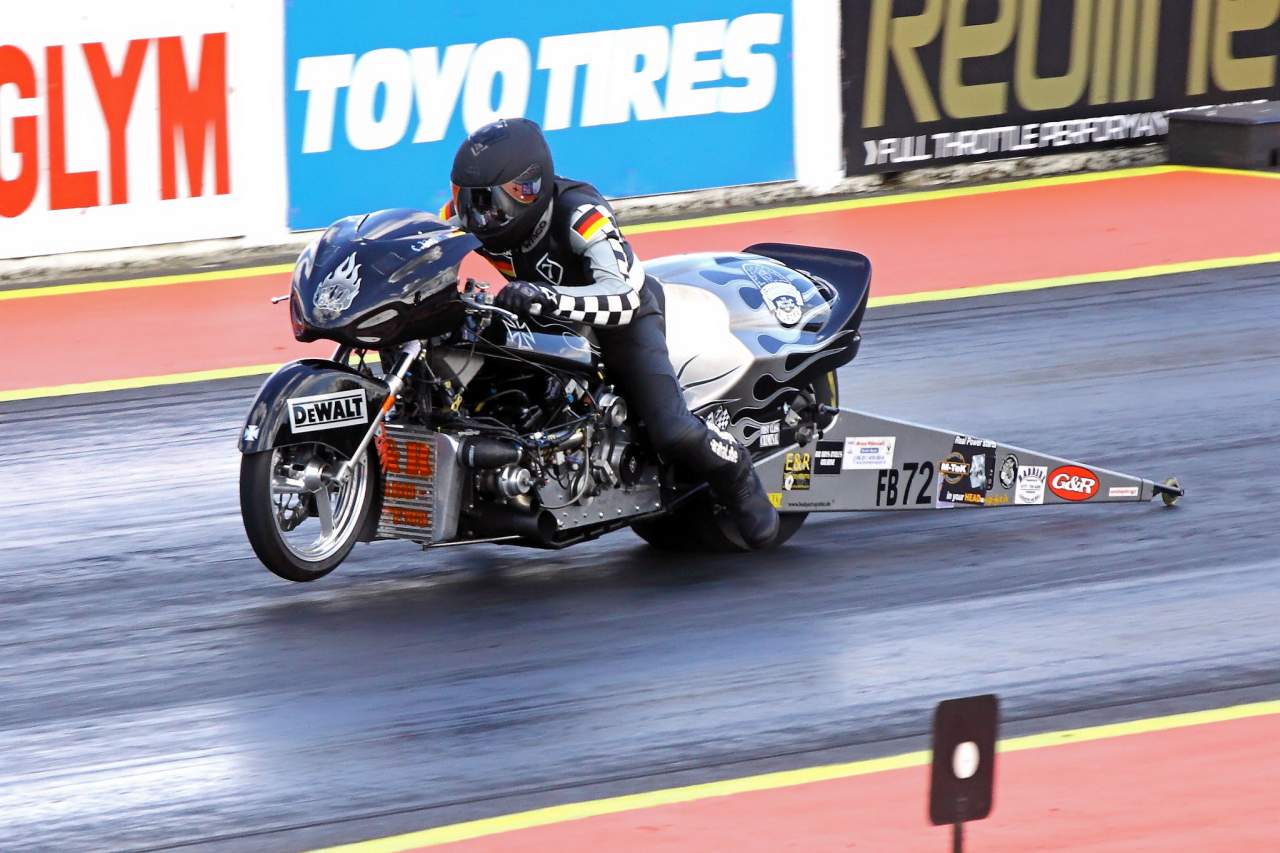
Ride Off-Road
If you’ve never ridden off-road (running wide onto a grass verge doesn’t count, by the way) then this is a real must do and something that will both massively enhance your road riding skills and leave you with a huge grin on your face. You’ll also get to visit places inaccessible by road and escape into the wilderness. You’ll even get fit without realising it.
If you’re still not sold on the idea of swinging your leg over an off-road bike, then bear in mind that there are few top pro riders who didn’t ride trials or motocross as kids. And if you’ve been watching too much Red Bull TV and think off-road riding involves huge jumps and even bigger crashes, then you’ll be glad to hear you can have a whole load of fun with your wheels on the ground and nary a tabletop nor a sick whip in sight.
How you choose to go about it is up to you. If you’re a town rider looking to improve your low-speed balance and machine control then trials is without question the best starting point. For the novice off-roader it’s also the least intimidating.
Modern trials bikes weigh around 70-80kg fuelled and lubed and have an ultra-low seat height (though you can hardly call it a seat). The controls are light and the power delivery tends to be relatively soft, on standard bikes at least. There are plenty of schools to choose from. Check out www.trials-school.co.uk and Inch Perfect Trials which serve the northern counties while Tricks in the Sticks offers top-notch tuition for those in the south.
If trials is just a bit too slow and you’d prefer to cover some ground and explore a whole new world, then trail riding or enduro may well end up as your most recent addiction.
Wales offers as many off-road schools as it does types of terrain (and types of weather for that matter). The bikes are very similar to motocross bikes but have a wider spread of gear ratios to cope with the slower sections of terrain. They also have a different engine character with more torque lower down the rev-range. This makes them easier to ride than their motocross equivalents but no less exciting. Dipping your toe in the water is easy, with plenty of one-day courses to choose from including the Husqvarna-backed Off-road tryout; Yamaha’s off-road experience and KTM’s official off-road school run by the diminutive but indomitable Ady Smith.
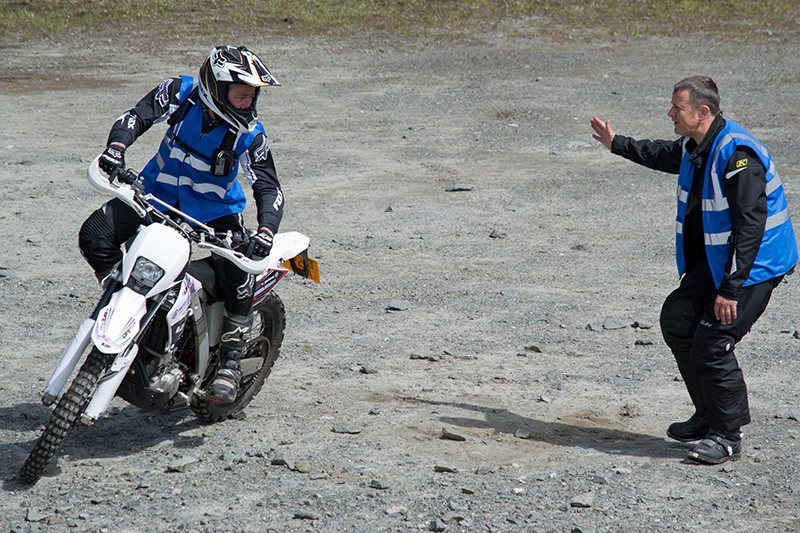
Chances are that once you’ve had a taste of the dirt you’ll be hungry for more. Off-road weekends, stag-dos and holidays are becoming increasingly popular from the two-day BMW Off Road Skills course south of the Brecon Beacons to week-long adventures in sunnier climes with plenty of fun to be had in Spain, courtesy of firms such as Offroad Orange (guess the brand), Solmoto and Redtread each of which offer different takes on a similar theme.
Discover the Blue Mountains
Now this won’t be for everyone but if you’re looking for a long (very long) haul biking trip then Blue Mountains of Sydney should be the top of your list, especially if you’re into walking and hiking.
So what are the Blue Mountains, we hear you ask? Named after the natural blue haze created by the vast forests in the World Heritage area, the trees release tiny droplets of oil, which, when mixed with water vapour create an amazing blue colour. Scientists believe that the limestone formations date back at least 340 million years – that’s a whole lot of history!
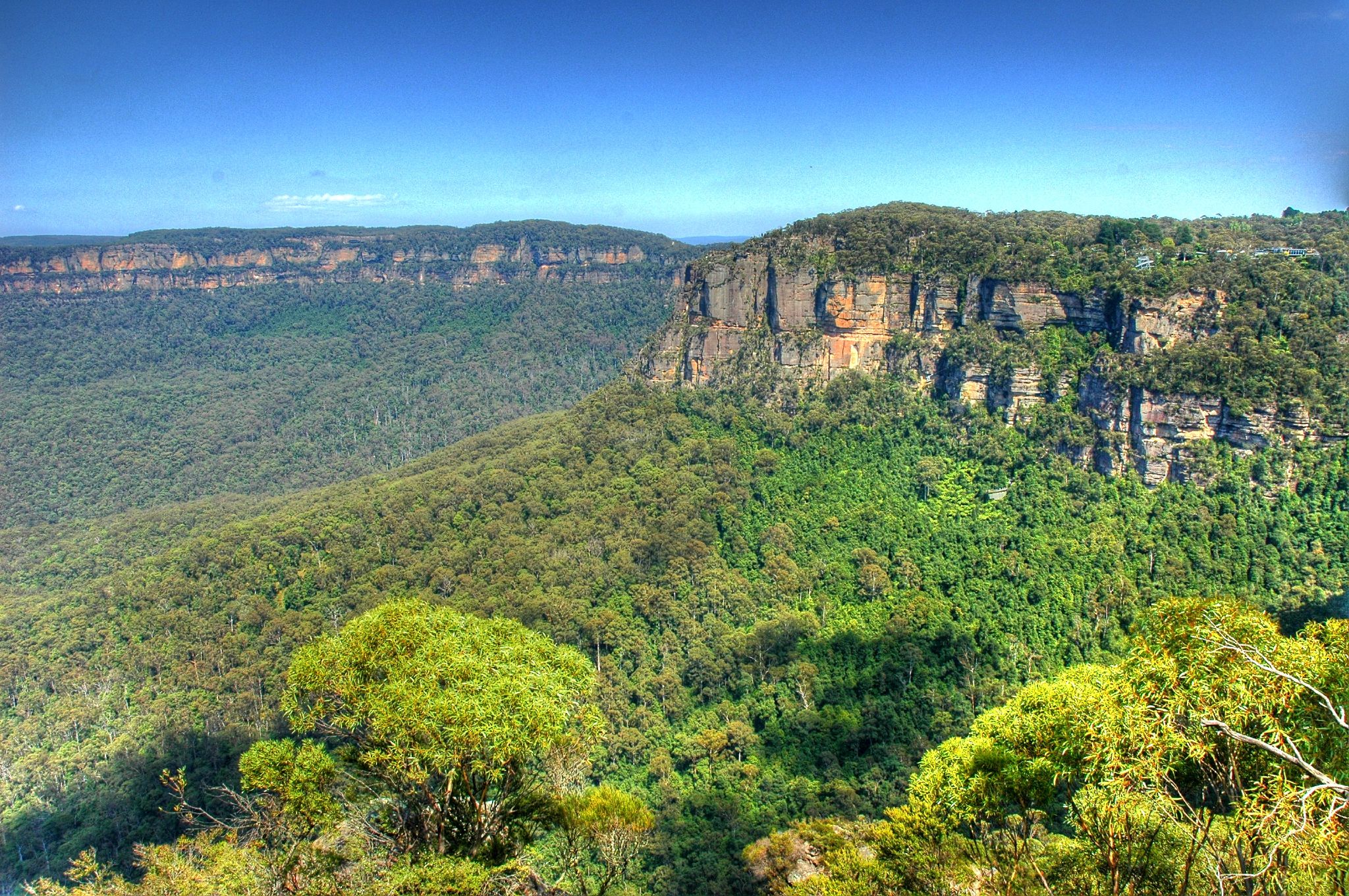
Not only are you guaranteed sunshine, but you’ll get to take in some of the most breath-taking views this planet has to offer including waterfalls, valleys and explore deep inside the Jenolan Caves featuring underground rives and limestone crystals.
Not all of the Blue Mountains are accessible by motorbike, so you may have to pull up and go for a short walk to take in some hidden wonders.
Visit the National Motorcycle Museum
You can’t be a motorcyclist living in Britain and NOT visit the National Motorcycle Museum in Birmingham.
Displaying over 1,000 bikes from 170 different marques, it’s the largest collection of British motorcycles anywhere in the world and is a permanent tribute to the once great British motorcycle industry – as well as showcasing Britain’s current offerings from the likes of Triumph and Norton.
The collection comprises both road bikes and race bikes and covers all eras from 1898 to the present day. Spread over five halls, there are constantly-changing temporary exhibitions as well as the main collection itself, featuring everything from ABC’s to Zeniths. As well as having extremely rare machines from the lesser-known British brands, the museum also has huge collections of bikes built by the big players like Triumph, Norton, BSA and Velocette. If it’s British, it’s in here.
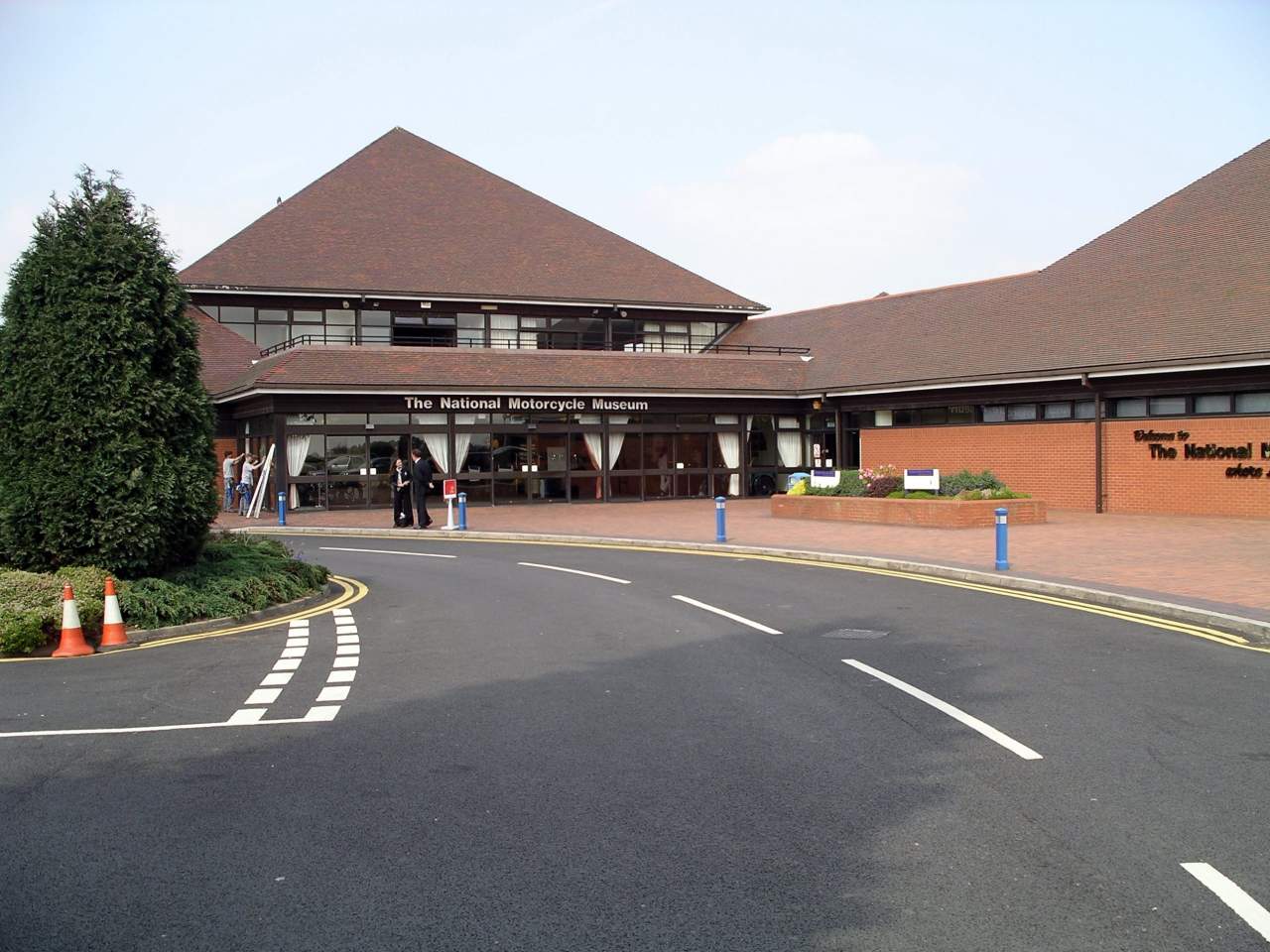
Amongst the highlights for race fans will be the full collection of rotary Nortons that dominated British racing in the late 1980’s and early 1990’s, including the famous ‘White Charger’ on which Steve Hislop won the 1992 Senior TT.
Founded by self-made millionaire Roy Richards in 1984, the museum now attracts over 250,000 visitors a year.
* The museum is open from 8.30am to 5.30pm every day except Christmas Eve, Christmas Day, and Boxing day. Admission costs £9.95. It’s located directly on the Junction 6 island of the M42, close to the NEC. Follow brown tourist signs for the museum.
The full address is National Motorcycle Museum, Coventry Road, Bickenhill, Sollihul, B92 0EJ.
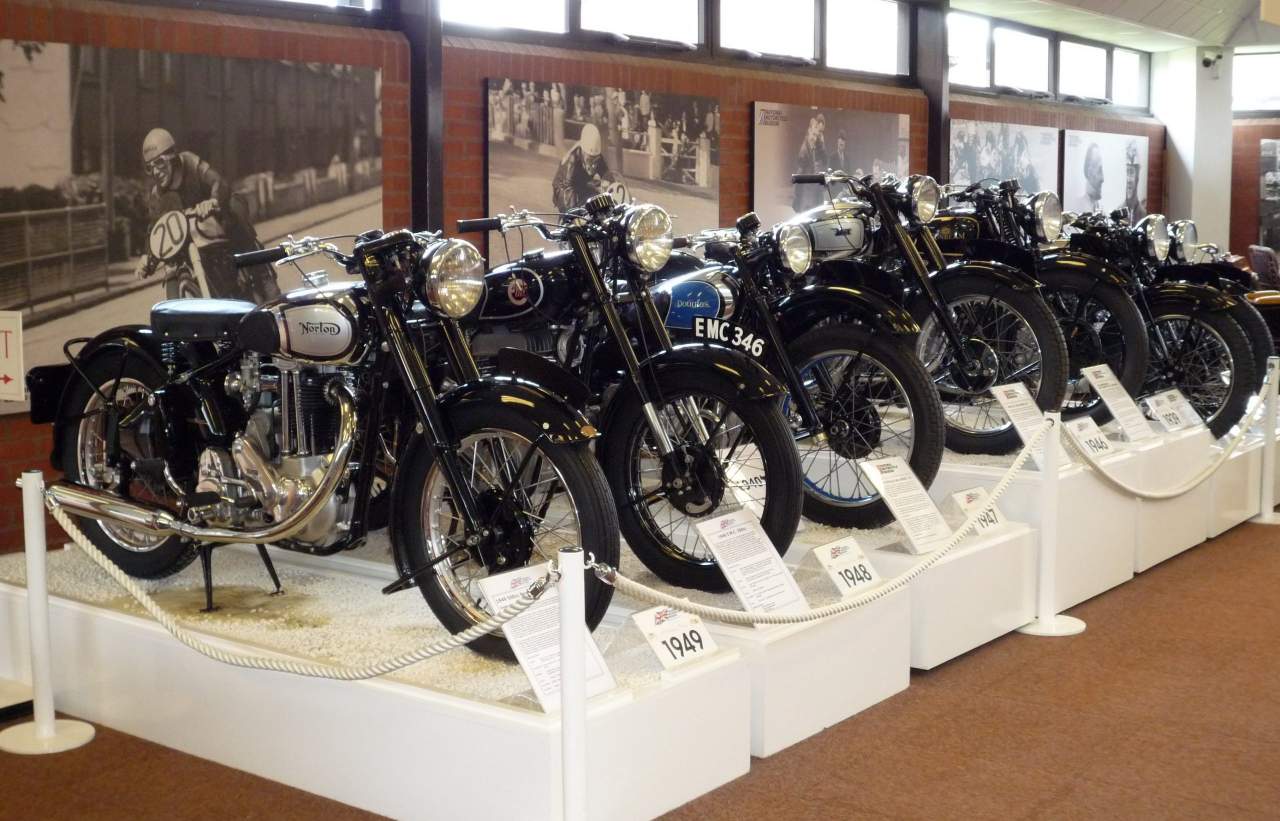
Ride a Speed Rocket at Bonneville Salt Flats
Not heard of the Bonneville Salt Flats? Well, let us tell you all about it. The Salt Flats are a packed salt pan found in Tooele County in North-Western Utah. Motor racing has taken place at the Salt Flats since 1914, it’s commonly known as the Bonneville Speedway. The calendar features three different events every year including ‘Speed Week’ in August, ‘World of Speed’ in September and ‘World Finals’ in October. This is the only time of the year that you’ll find toilets, food and drink outlets and souvenir shops at the Salt Flats, any other time of the year you’re completely on your own. It’s recommended you’re fully charge and loaded with fuel before taking off on an adventure.
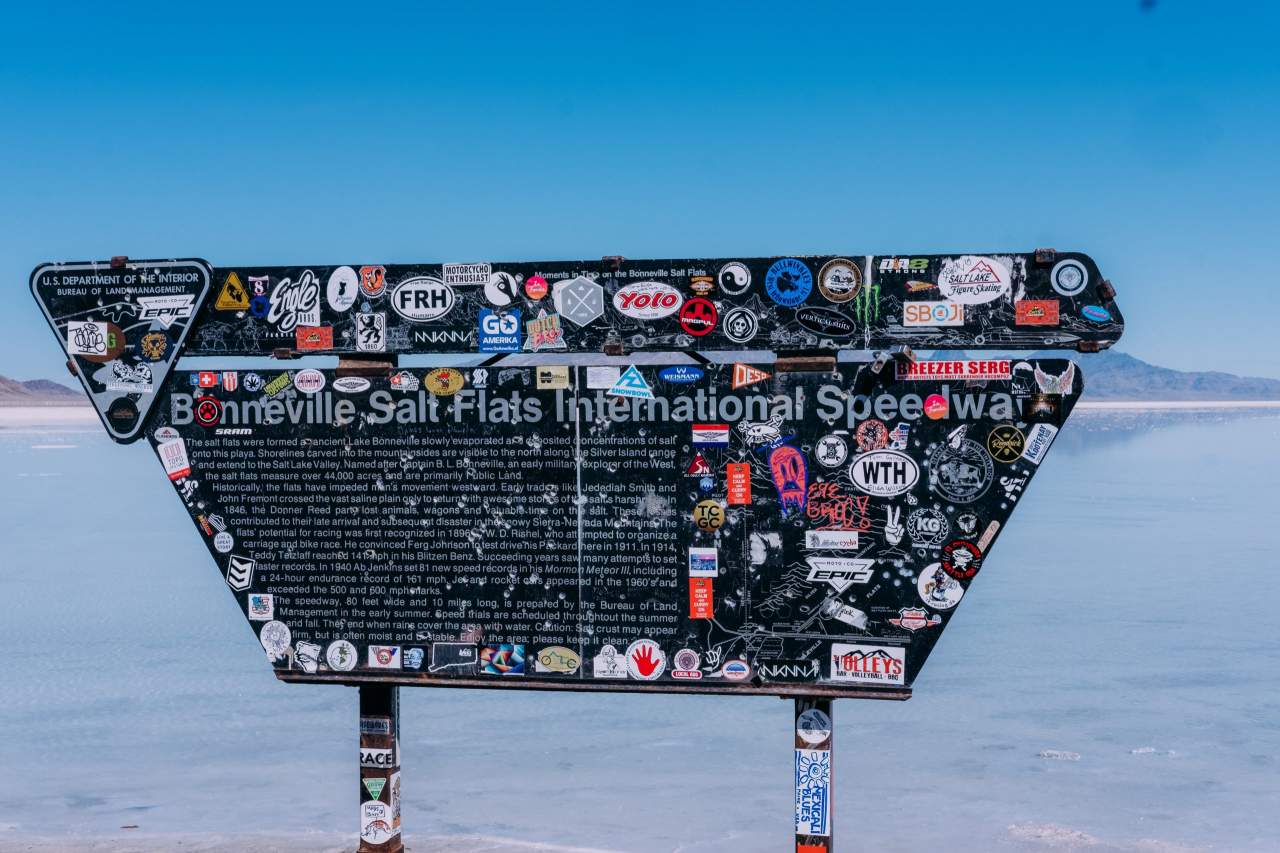
The flats are 12 miles long and 5 miles width, the total salt crust volume has been estimated at 147 million tonnes – now that’s a lot of salt!
Guy Martin attempted to set a new land speed World Record (but then again, when isn’t he?) at the Bonneville Salt Flats back in 2016 with Triumph, unfortunately he just couldn’t reach the speeds set by the Suzuki team Ack Attack in 2010 of 376.36mph. However, this doesn’t mean you can’t have a dabble yourself; of course we don’t expect to see ourselves reaching those kinds of speeds!
The salt flats are vastly dry and are generally safe to ride on. It’s recommended that you don’t go within 100 years of the salt crust edge as you may get stuck in the mud – literally! However, maintaining the flats can be tricky and sometimes this can lead to events being cancelled due to poor conditions of salt.
The Salt Flats are free and open to the public most of the year. Why not get planning your next big adventure now then?!
Go to Motorcycle Live!
Motorcycle Live! is Britain’s biggest bike show and for British bike fans it’s not to be missed.
Held at the NEC in Birmingham in mid-to-late November, the show is your first chance to see all the latest models from all the manufacturers for the upcoming year. You can sit on them to try them for size and ask as many questions as you like about performance, cost, and finance deals.
But the show is about far more than just finding your next bike. There’s always lots of racing legends in attendance to do chat shows and to meet the fans, sign autographs and pose for pics – including stars from MotoGP, World Superbikes, British Superbikes and the Isle of Man TT.
As well as bike manufacturer stands, almost everyone in the industry has a presence at the show, including helmet and clothing firms, parts and accessories firms, insurance firms – you name it.
There’s always live events too – like freestyle motocross or trials displays – which change from year to year. You can even test ride bikes if you’ve got your eye on a particular model or want to have a go at the Adventure Challenge which is an introduction to adventure riding held on a purpose-built indoor course.
There’s four massive halls of bikes and entertainment on offer and, let’s face it, how else are you going to get your biking kicks in the UK in mid-November?
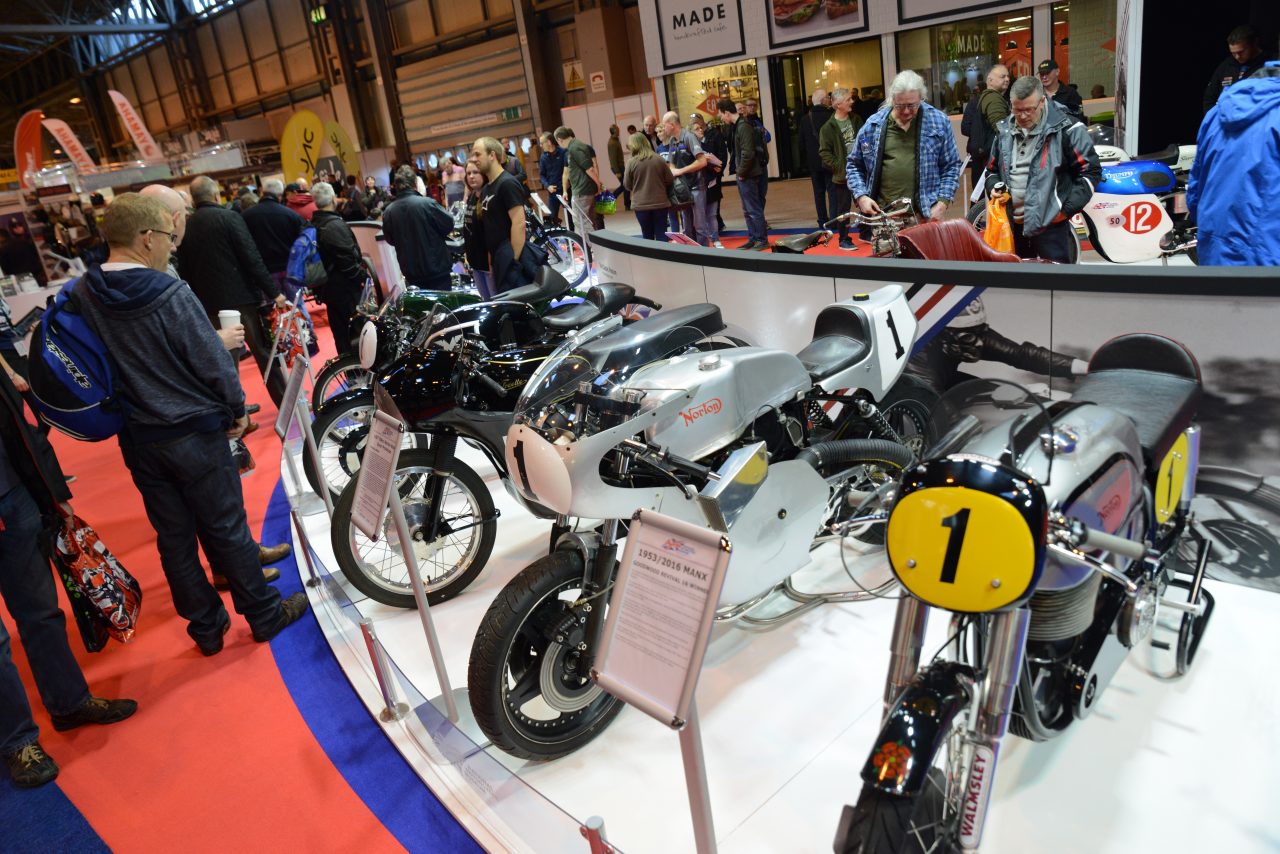
Go on a Himalayan Adventure
As our wanderlust has evolved, the roof of the world has become an increasingly popular adventure destination, be it on foot, mountain bike or motorcycle. It’s no surprise, then, that a motorcycle riding holiday through Nepal and into the the Himalayas has found a place on the bucket lists of many bikers.
It’s not entirely out of the question to ride there yourself from here in the UK, should you put your mind to it (along with a lot of planning and time), but perhaps the easier route would be to sign up for one of the increasingly popular organised tours. A number of companies, such as Blazing Trails, based here in the UK, now offer riding tours around Nepal and the Himalayas, promising an unmatched backdrop of spectacular mountain scenery and genuinely challenging riding conditions on the world’s highest roads.
The machine of choice for many of these tour organisers is the humble, Indian-built Royal Enfield Bullet – but don’t let that put you off in the slightest. The simple Bullet is surprisingly rugged and well suited to the terrain, and, crucially, it’s also easy to fix should anything go wrong.
That, though, should be the concern of the organisers on a well-executed tour, leaving you to absorb yourself in the crystal clear views, the snaking – and at times crumbling – mountain passes, the remarkably hardy people and the incredible places on your tour (and all while accustomising yourself to the distinct deficit of oxygen in the air).
Start planning now!
Attend the Sheffield Indoor Arena Trial
Now known as the Martin Lampkin trial in memory of the 1975 world champion and late father of multiple world champion Dougie Lampkin, this annual indoor event is the perfect antidote to the mid-winter biking blues.
Held in early January, the event has attracted the world’s best riders since the inaugural event in 1996. It’s widely regarded as the first major trials event of the year and draws big crowds ready to see physics defied and marvel at the incredible skill on display. If you think you’ve got good balance together with decent clutch and throttle control then you may need to recalibrate after witnessing the world’s best trials riders first hand.
Verticle obstacles that are impossible to walk up are made to look like child’s play as the elite hop from point to point on the rear wheel, their legs working like pistons in unison with the suspension with a level of machine control that is almost impossible to understand.
Star of the show is Spanish 22-times world champion, Toni Bou who has only been defeated at Sheffield once since his debut in 2006. Indeed, the Spanish have dominated since Bou’s arrival on the scene with Bou’s countryman Adam Raga taking the only other win in 2016. This just makes the home crowd cheer even louder for British stars, James Dabill and up and coming rider, Jack Price. Get along and help the hardcore trials fans cheer our boys on — we’ve been waiting a while for a British winner!
Become a World Champion
Let’s be honest: if you’re in your twenties or thirties and you’re not already making a name for yourself on the national or international racing scene, then you can almost certainly rule out becoming a world champion in any discipline of motorcycle racing. If you want to be MotoGP or World Superbike champ and you’re not yet competing, then your age needs to be in single figures and you need to start pestering mum and dad to get you on minibikes and motocrossers right now.
The rest of us? We can dream, and that’s a lot of what a bucket list is about. But perhaps there is hope. You might be a bit handy on a bike and competitive racing could be your calling. And you don’t have to restrict your ambitions to circuit racing: some form of club-level competition takes place somewhere across the UK pretty much every weekend of the year, from trials, enduro and motocross to hill climbing, sprinting and circuit racing.
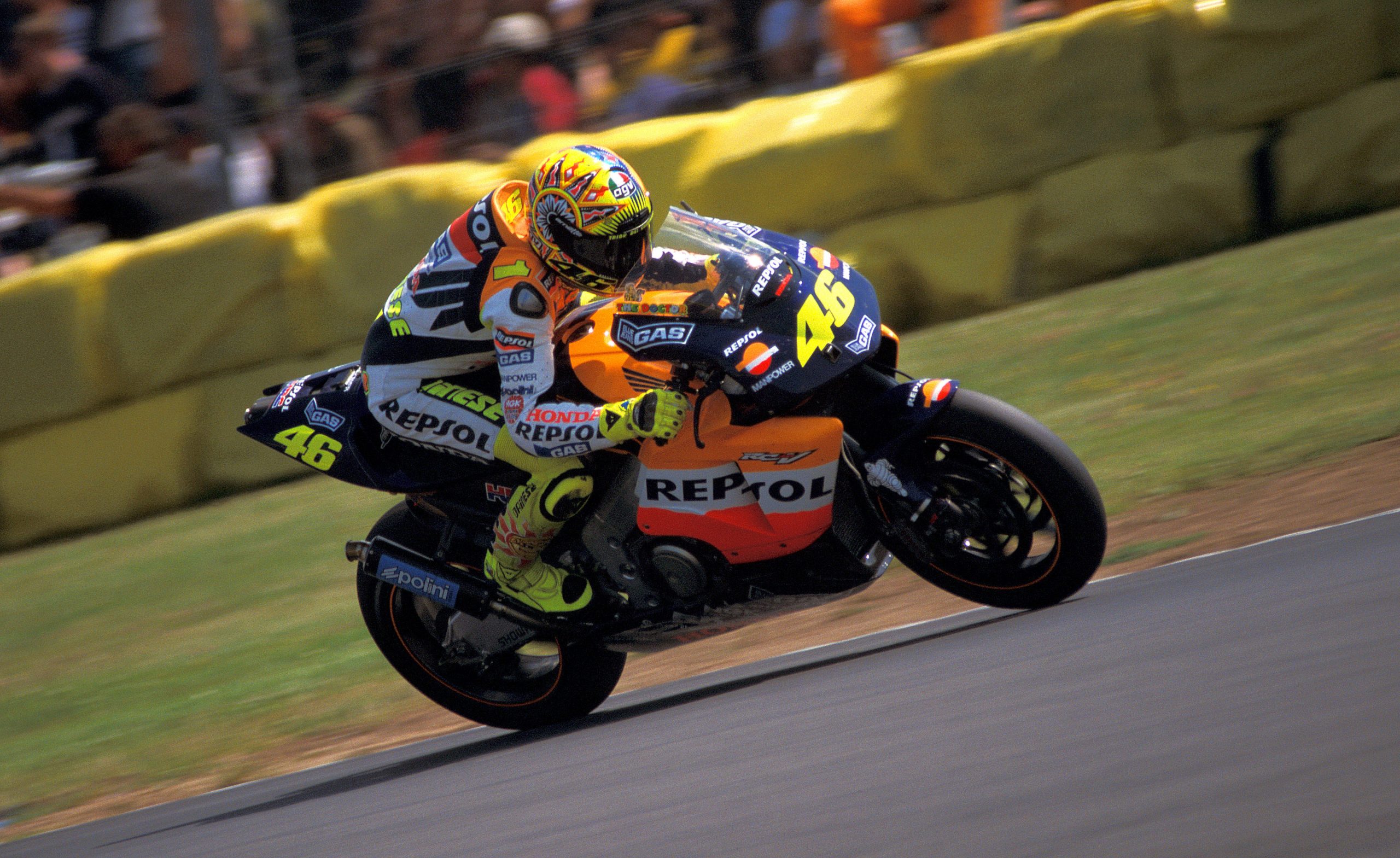
Within each discipline, and each club, there are a multitude of championships to be won, each a real achievement in its own right. A word of warning, though: if you start competing, and whether you have the ability to succeed or not, what starts as a hobby could become an all-consuming passion.
One last reality check: most people who go racing don’t end up winning a championship, at any level, but all of them fall in love with the sport and few will ever regret having taken part. And who knows? It could be you.
Restore a Basket Case
Restoring a rusty barn find or basket case of a motorcycle is a thought that ticks over in the back of many bikers’ minds, but actually realising the dream isn’t too hard. You’ll need a few things in place – tools, a space to work in and, ideally, a better than rudimentary mechanical knowledge – but perhaps the hardest piece of the puzzle to find is a suitable project to restore in the first place.
Classified ads and auction sites such as eBay are an obvious place to start, but the asking prices for even the most terminally neglected machines have to a degree skyrocketed, mainly due to speculative sellers looking to cash in on the booming interest in DIY restorations and the hipster-fuelled custom bike/café racer scene.
Sometimes project bikes appear via family acquaintances or friends of friends, so put the word out and see what turns up – it could be anything from a knackered Honda C90 field bike to a great uncle’s long-forgotten Vincent Black Shadow. Alternatively, if you’ve got a particular bike in mind, such as the first bike you earned in your youth, or something you have always lusted after, have a look at specialist forums and websites, both of which will also become an invaluable source of help and advice once your restoration is under way.
Be warned, once you’ve been bitten by the restoration bug, it can be hard to shake off. What might have started out as a once-in-a-lifetime project could end up becoming an all-consuming pastime.
Spectate at a Club Race Meeting
Just as Sunday league footballers may dream of being the next Ronaldo, club racers can aspire to become the next Rossi. Youngsters on 125s race elbow-to-elbow while MZ enthusiasts share paddock space and laughs in between thrashing their quirky, venerable machines around some of the UK’s best circuits. From vintage two-strokes to the latest superbikes, the diversity on display at a club meeting makes it like no other event.
Forget the glitz and glamour of professional racing; this is real grass roots stuff where the vast majority of those taking part make huge sacrifices to do so. As a result, the atmosphere in the paddock is one of camaraderie where rivals help each other out with spares and tools — can you imagine Marc Marquez nipping into Jorge Lorenzo’s pit box for a handful of cable ties? No, neither can we!
Pit garages are usually shared on a first come, first served basis often with up to six bikes sharing this coveted space with tables and toolboxes lining the walls. The rest of the competitors will work from awnings spread throughout the paddock, often sharing ‘workshop’ space to keep the costs down.
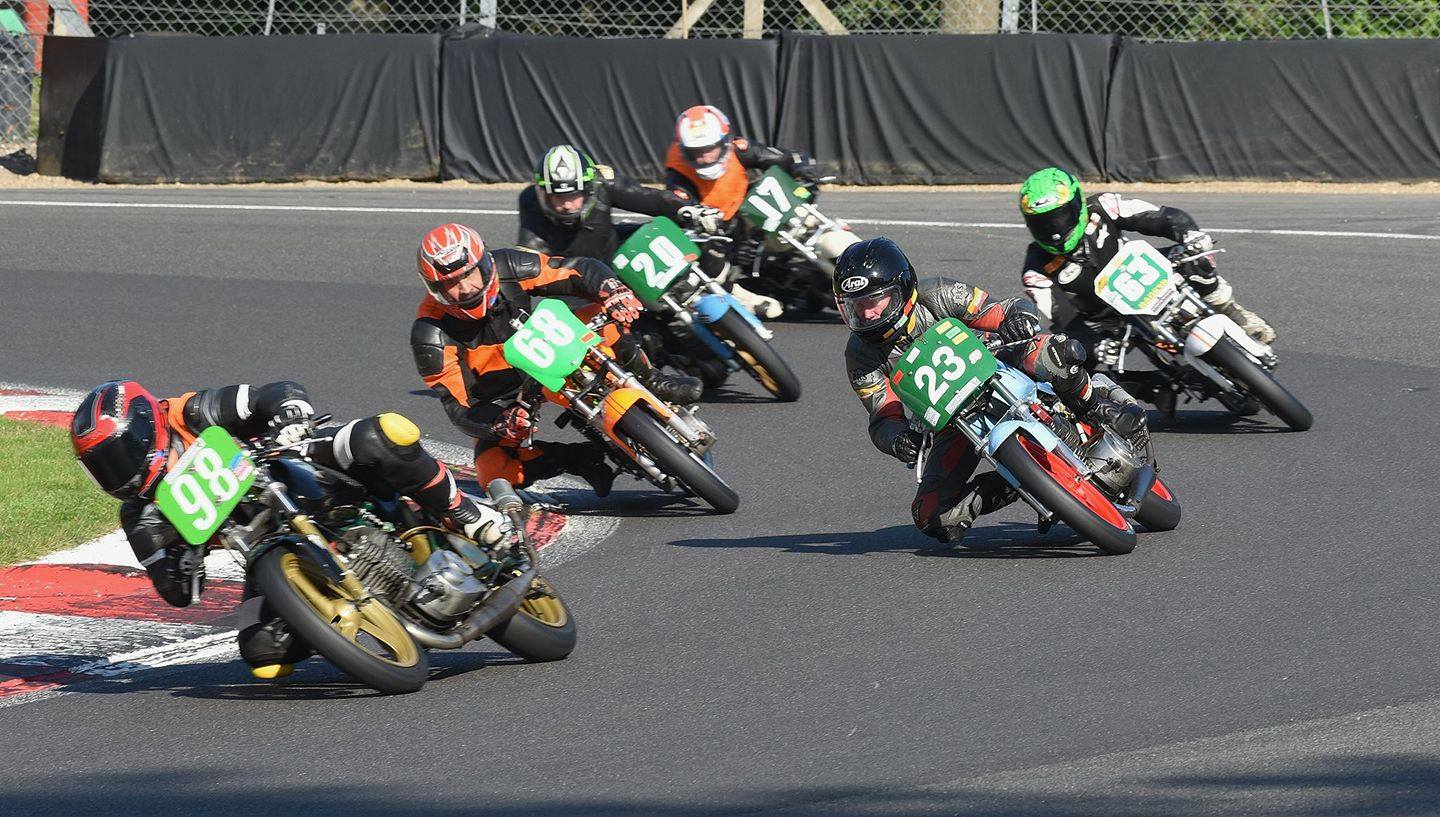
The high price of circuit hire dictates that the club needs to make sure there are enough entry fee-paying competitors to cover the costs without making it unaffordable. The result is a busy race schedule with the track almost constantly live — from a spectator’s point of view this is good news as it means there’s always something to watch and plenty of variety to keep you and the family entertained — kids love to pick a favourite to cheer on — usually either the most tatty or the most shiny!
Above all, as a spectator you’ll be made to feel incredibly welcome. Not only are you supporting grass roots racing just by showing up, most riders are extremely proud of their bikes and will be thrilled to show you round and explain the details of every last nut and bolt, each and every modification and upgrade.
With at least 10 clubs spread across the UK, there’s bound to be a meeting near you. The level varies from club to club with Thundersport GB and Bemsee perhaps the most prolific when it comes to producing top British talent — the likes of Casey Stoner and Cal Crutchlow came from the Bemsee/MRO Aprilia Superteens championship while current British Superbike aces Christian Iddon and Glenn Irwin both spent their formative road racing seasons racing in the more recently formed Thundersport GB series.
Wherever you decide to watch, you’ll enjoy a fun, family-friendly day out with plenty of action with a bunch of like-minded bike enthusiasts.
Visit the Honda Collection Hall
Bit of a long shot, this one, or perhaps a bucket list item within a bucket list item, if a trip to Japan figures on your ‘must-do’ countdown of things to do before your time’s up. Anyway, if you do find yourself in the land of the rising sun, or if you’re simply a hardcore motorcycle racing fan to the core, then you really should find a way of getting to the Honda Collection Hall, based at the Twin Ring Motegi circuit, about 90 miles north of Tokyo.
The Honda Collection Hall houses an amazing display of Honda machinery, including road and off-road bikes, road cars, racing cars and even ASIMO the robot, but it’s the priceless collection of Honda racing motorcycles that will have the die-hard race fan’s jaw hitting the floor.
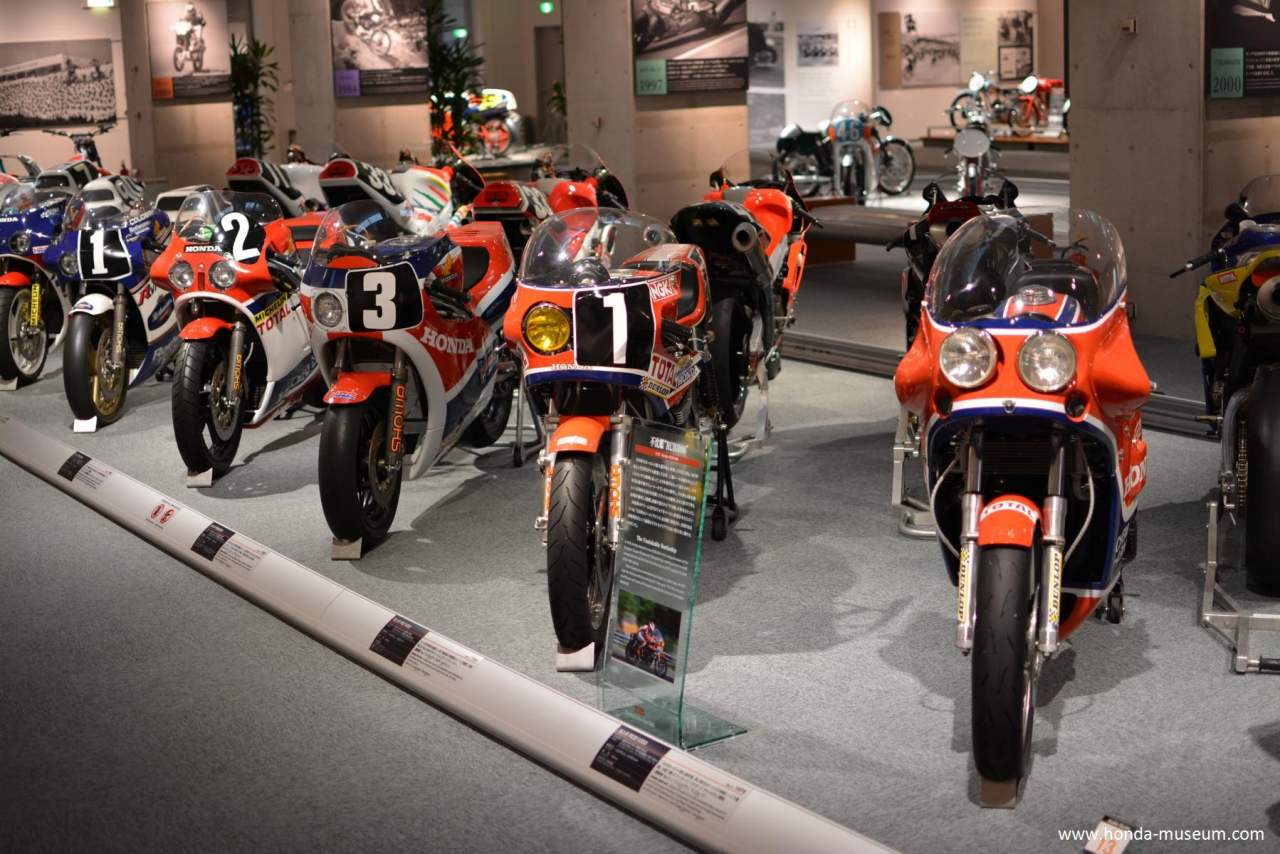
All manner of iconic racing bikes are exhibited, from Honda’s first-ever grand prix points-scorer, the RC142, to Freddie Spencer’s CB750F superbike, the experimental NR500 and Elf3 grand prix bikes, NSR500s campaigned by Wayne Gardner, Eddie Lawason, Mick Doohan and Valentino Rossi, and right up to contemporary MotoGP machinery. Off-road racers are represented too, with a full complement of motocross and trials bikes, plus the Paris-Dakar winning NXR750s that inspired the original Africa Twin adventure tourer.
Incredibly, everything on display is in full working order, and the museum posts times when various machines can be seen and heard running.
Finally, don’t despair if you a trip to Japan to see the museum’s exhibits in the flesh isn’t on the cards: thanks to the wonders of modern technology, you can enjoy a 360° virtual tour of the Honda Collection Hall via Google Street View.
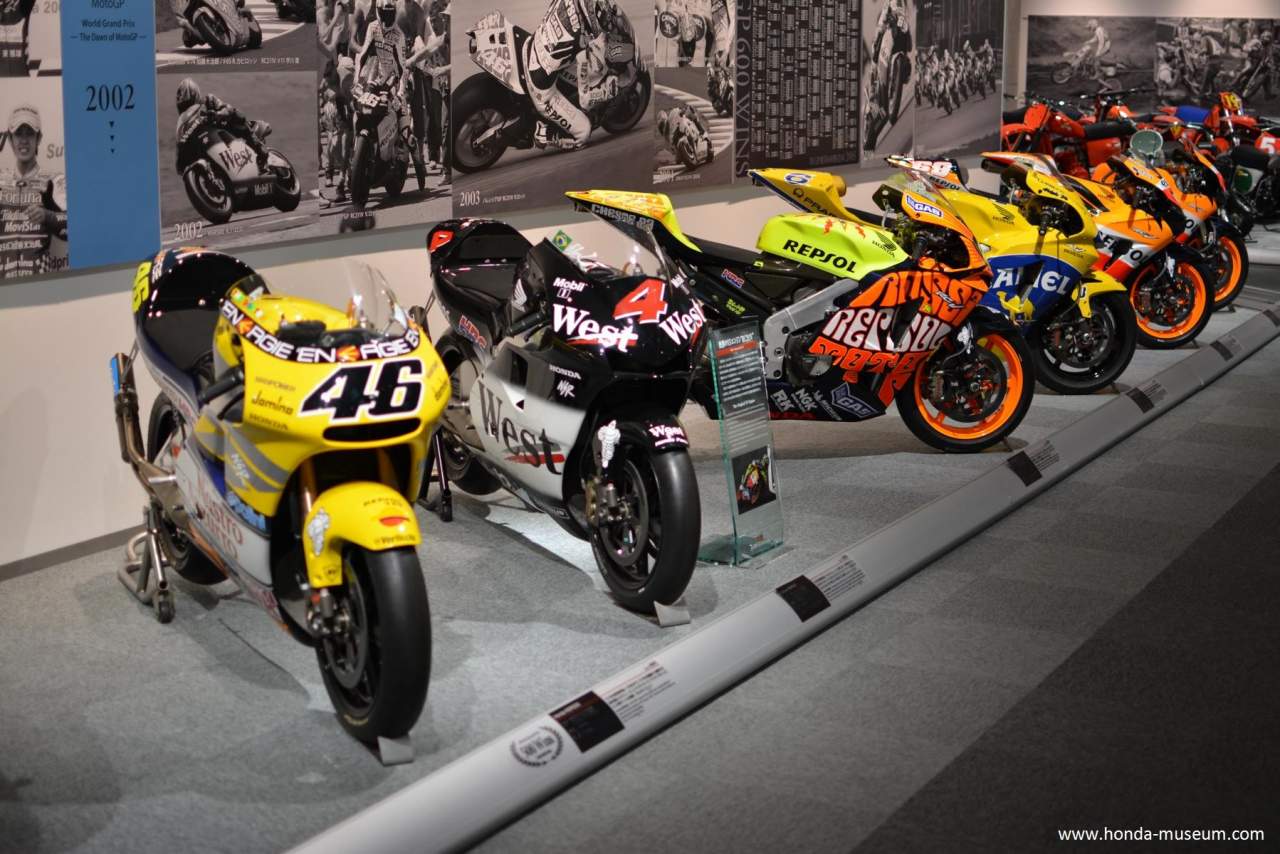
Take part in a track day
Many riders, especially sports bike owners, would love to give a track day a go but are put off by what is often perceived as the ‘inevitable’ crash. The truth is, it’s your ego and competitiveness that are most likely to be your undoing — the racetrack is actually one of the safest places you can take a motorcycle, you just need to take the right mindset, too.
Once you’ve got over the nerves and decided to give it a go, choose the circuit. This can have a massive bearing on how your day goes. While you may have fantasies of wheelying and sliding your way out of Deer Leap at Oulton Park or getting big air over the Mountain at Cadwell Park, both of these circuits are very technical and will take time to learn. Instead, pick a simple circuit for your first outing — Brands Hatch Indy or the aptly named ‘Friendly Circuit’ at Mallory Park are both easy to learn and you’ll quickly feel familiar with the corners and cambers.
Arriving at a race circuit can be an intimidating experience in itself. Sign-written race transporters and garages packed with race bikes up on paddock stands, wearing tyre warmers and being tended to by serious looking men in matching shirts can be unnerving for the newbie, especially if you’re turning up on your bike with little more than a packed lunch and a few quid for fuel.
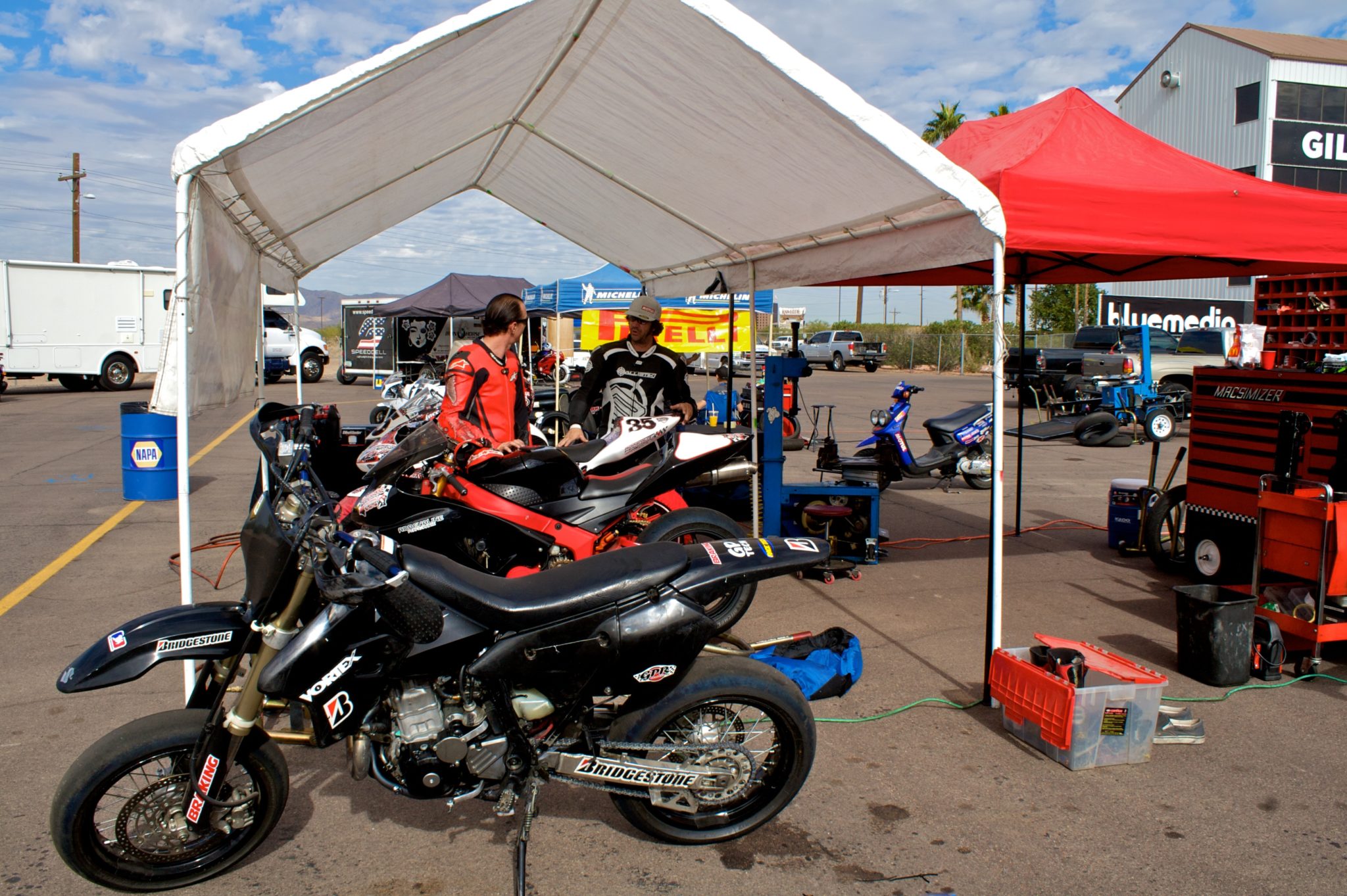
While there will always be an element of racers testing ahead of a meeting and die-hard track day enthusiasts looking super-professional, bear in mind they’ll be in the fast group so you’re unlikely to see them away from the pit garage. It’s also worth remembering that they were once in the same position as you and will only want to help and offer advice. If anything, there will be more riders at your level, looking equally anxious and with a stomach equally full of butterflies.
Your bike will of course be well maintained and ready for track action. Tyres should be in good nick, with pressures lowered to suit track riding — if they’re squared-off or unevenly worn then get a fresh set. The chain should be correctly adjusted and lubed and you’ll have checked your engine oil level — it’s going to be working a lot harder than usual so this is absolutely critical. Mirrors should be either taken off or taped over, so you’re not distracted by what’s happening behind. And let’s not forget the most crucial aspect — you. Ideally you’ll have foregone the curry and beer the night before and you’ll have eaten a healthy breakfast and be well hydrated — it’s worth considering that just 1% dehydration can cause a 10% reduction in concentration — you’ll be sweating heavily in leathers so make a habit of regularly sipping on a water bottle.
Next you’ll want to find yourself an instructor. Track day organisers are obliged to have instructors to pace you for the first few laps to stop the over-eager going banzai on cold tyres and to show you the correct line through the corners. This is all well and good, but unless you’re directly behind the instructor you won’t get the full benefit. If you can book an instructor for a one-to-one session then do it — you’ll learn more in 20 minutes than you would spending all day banging in laps off-line and packed with mistakes.
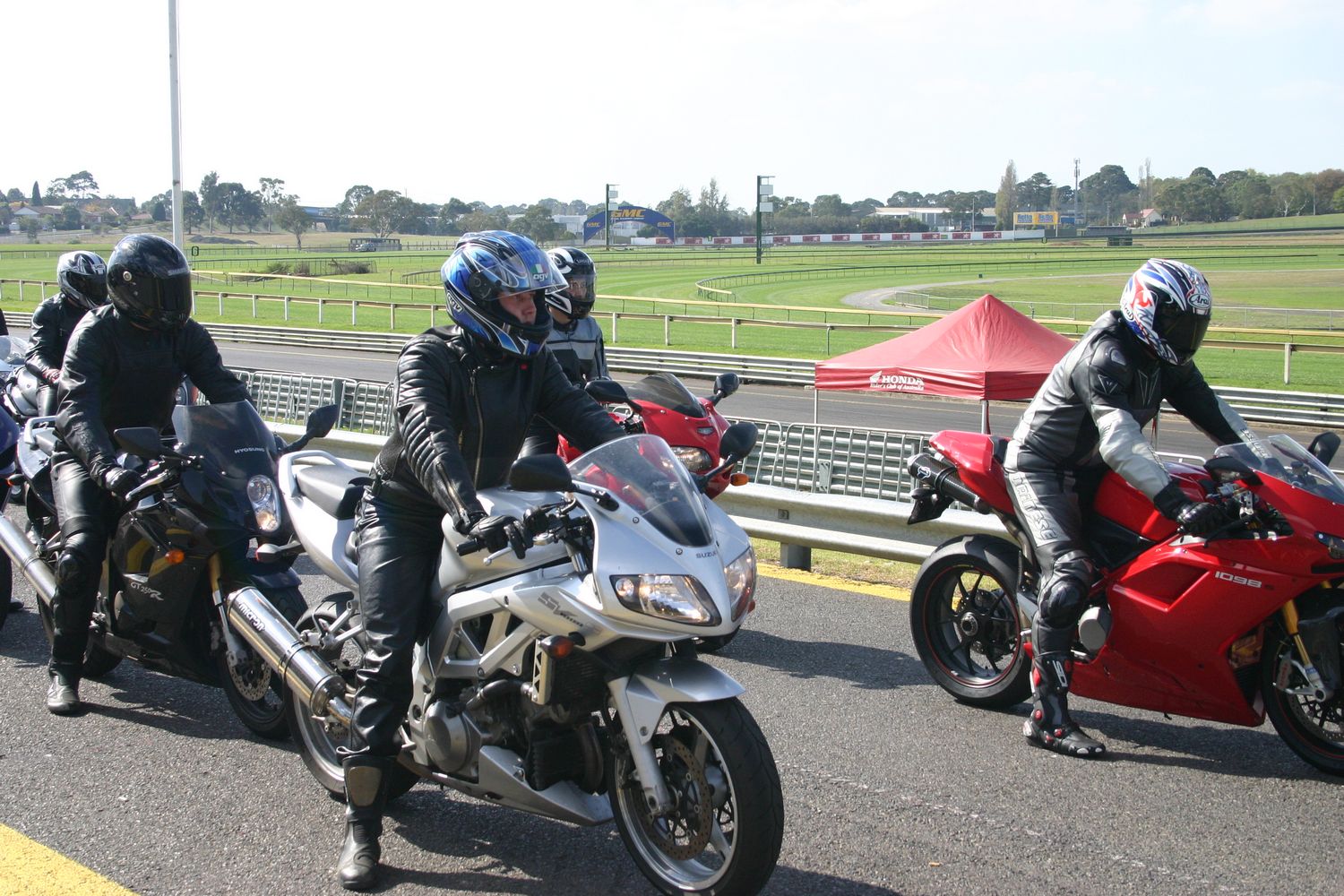
Track days are easy to find and book online — and the good news is that most organisers cater for everybody with novice-only days and road bike-only days gaining popularity. British Superbike organisers, MSV run some excellent events as do No Limits and Focused Events.
The main thing to keep in mind is that riding your bike is supposed to be fun, so ride at a pace you feel comfortable with and enjoy your day. Without the distractions of traffic and speed limits you’ll discover motorcycling in perhaps its purest form — just remember to pay attention on the way home!
Attend a Riding School
No matter what your level of riding skill, every one of us can always improve and there’s no better, or more fun, way to do that than on-track at a race or riding school.
Not only can you learn better riding skills in the safe environment of a race track away from everyday traffic – and with nothing coming the other way – but you can also get expert tuition from some famous racers who have proven their credentials beyond doubt with race and championship victories at the highest levels.
Two of the biggest schools in the UK are the Honda Ron Haslam Race School, which is based at Donington Park, and the California Superbike School which operates at different circuits throughout the summer.
Ron Haslam is a former Grand Prix and TT star and is father of current British Superbike Championship challenger Leon Haslam (who also instructs at his dad’s school on occasion). Various packages are on offer, all using immaculately-prepared Honda CBR600RRs and CBR1000RR Fireblades. You can choose from various experiences, from the ‘learn-to-ride’ package right through to the ‘Elite’ package which will see you get one-on-one tuition from the man himself.
Despite the name of the school, it’s not just for wannabe racers – everyone can benefit from the skills taught and they’re all directly transferable onto the road. The Premier Experience costs £310 while Elite is £460. Bikes are supplied, as is all riding equipment should you need it.
The California Superbike School uses Ducatis (Supersport S, 959 Panigale and Panigale V4 S models) as hire bikes if you don’t want to take your own bike out on track.
The school offers four levels of tuition and you must complete each level before moving onto the next. Each level is a full day. After completing all four you also have the option for private tuition. Level I prices start at £439. Bike hire is extra, with a Panigale 959 costing £285 for a day’s rental.
The school is split about 50/50 between class work and on-track work so you get the chance to immediately put into practice what you’ve learned in class. The CSS runs events at Silverstone, Brands Hatch, Donington Park, Cadwell Park and Mondello Park in Ireland. It also hosts ladies-only days.
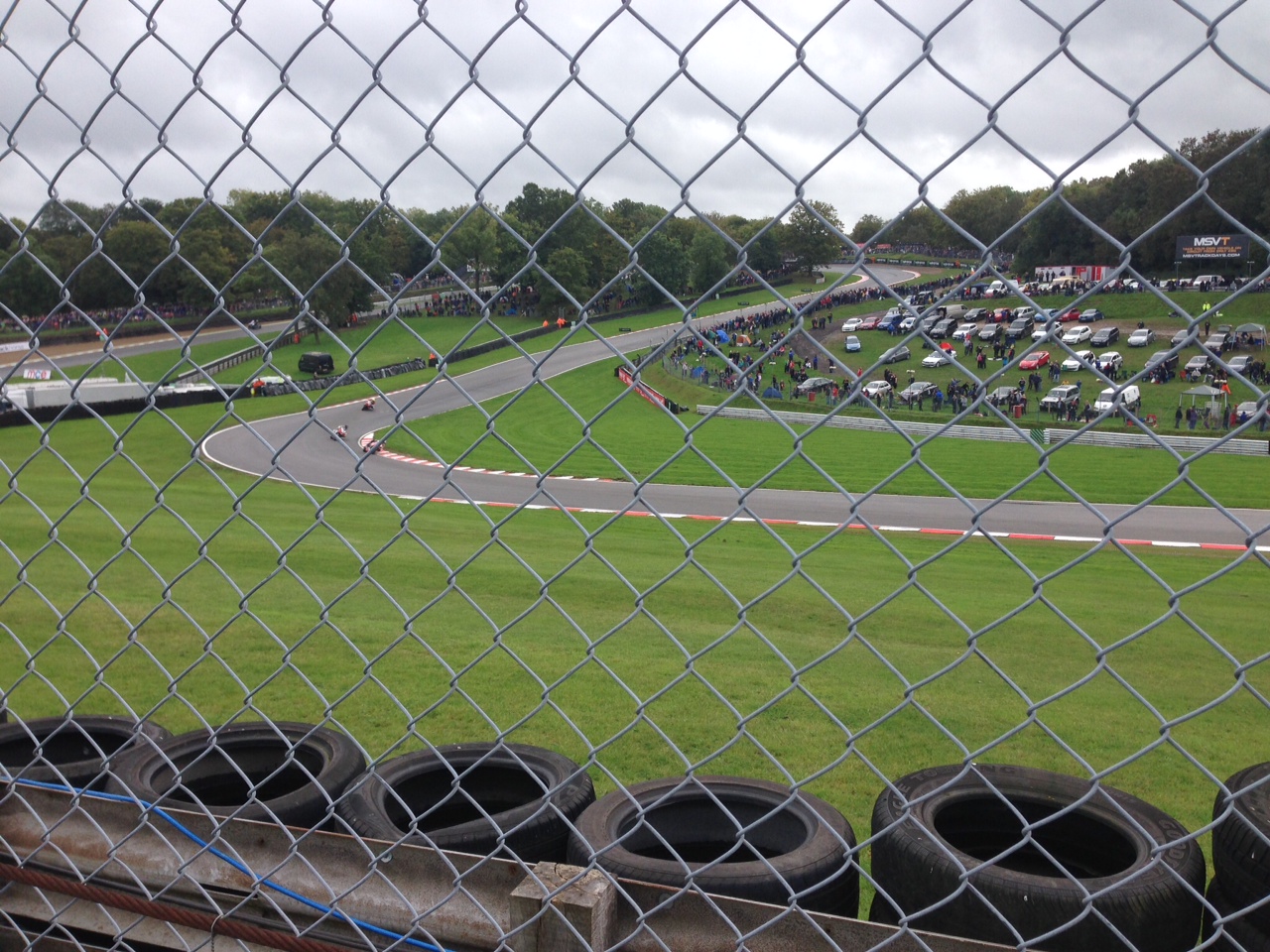
Some school are better than others but in all you will learn more about braking, cornering, throttle control, riding position, correct lines to take, and every other aspect of riding a bike. The increased knowledge and confidence this gives you on-track also helps make you a better – and safer – rider on the road.
You can also opt for on-road training with organisations like the Institute of Advanced Motorists (IAM). An advanced course costs £149 and is spread between three and six months, with (approximately) two-hour sessions at times that suit you. Passing this course will qualify you to become a full IAM member.
The Royal Society for the Prevention of Accidents (RoSPA) and the Government’s Enhanced Ride Scheme also offer advanced road-based training programmes.
Successfully completing any of these road-based training programmes could entitle you to a 10% discount on your bike insurance from Devitt.
* There are lots of track-based rider schools out there. Here’s a few more to consider:
Track-based: James Whitham Track Training ,Track Days or British Superbike School
Road-based: Enhanced Rider Scheme or Royal Society for the Prevention of Acidents (RoSPA)
Get your knee down
Go far enough back through the motorcycle history books and the hang-off riding style that precipitated the knee-down technique is first credited to the Finnish Grand Prix rider Jarno Saarinen in the early 1970s. It was picked up on, refined and adapted later that decade by Kenny Roberts, who went on to win three 500cc world championships and change the face of Grand Prix motorcycle racing, but getting a knee down didn’t become a ‘thing’ for road riders until the end of the 1980s, when pictures of journalists with their knee down on the road (track days hadn’t been invented at the time) first started to appear in the motorcycle press.
Since then, getting a knee down has become an aspirational rite of passage for many motorcyclists, but there is some confusion surrounding why it happens, what it achieves and when it is necessary. But never mind that for a moment: for road riders at least, that first kiss of knee slider on Tarmac will never be forgotten, and a scuffed knee slider scores significant car park/pub/bike meet bragging points.
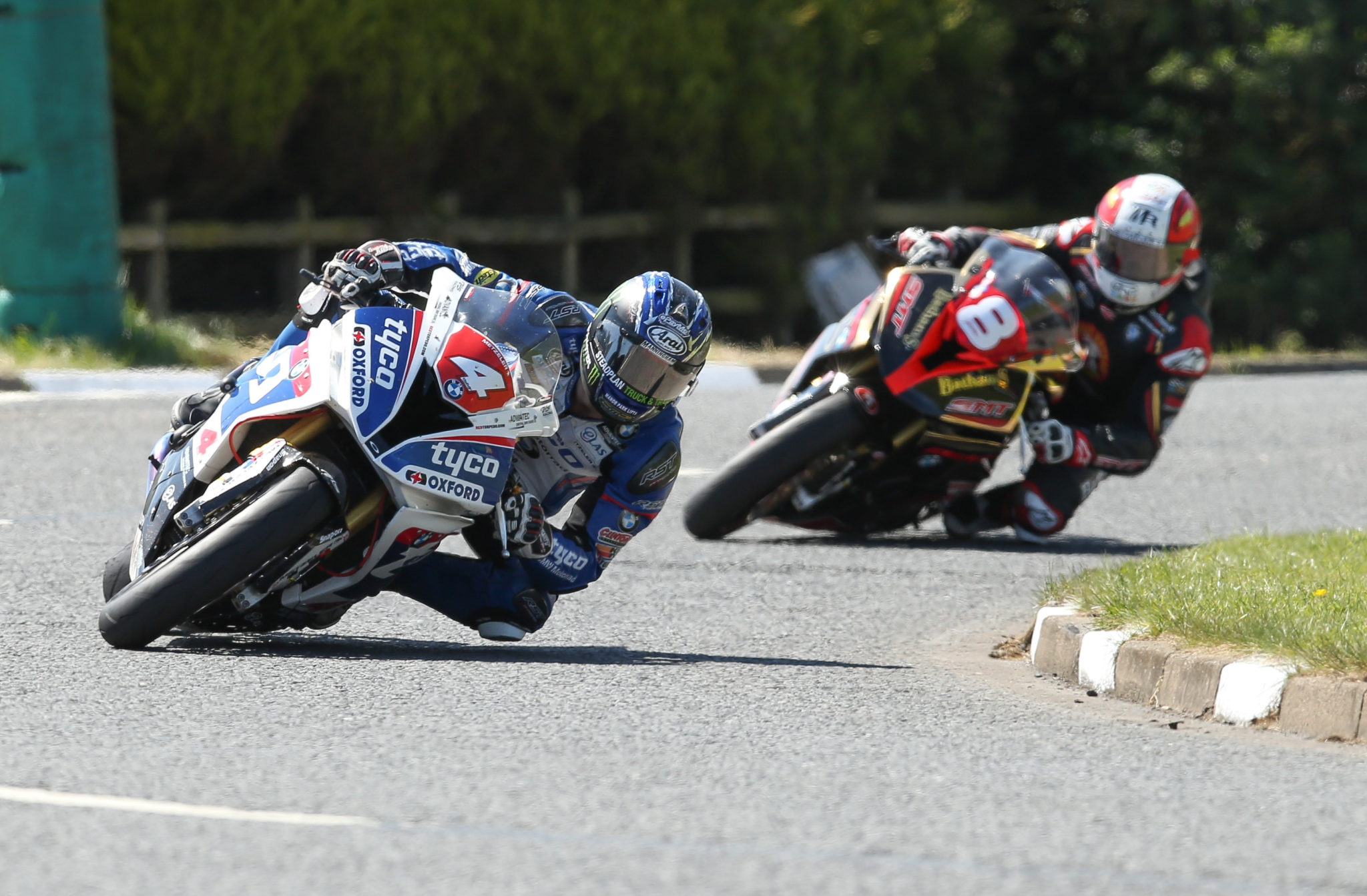
You’ll see riders contorting themselves into all sorts of positions in an effort to get their knee down, but the thing to remember is that, at least historically, scraping a knee was never the goal, it was simply the result of racers shifting their weight to the inside of the corner by hanging off the side of the bike. Doing so lowers and the machine and rider’s centre of gravity and allows a higher cornering speed for any given angle of lean, and hey presto, knee down.
Subsequent to that racers were able to use a scraped knee both as a gauge for lean angle and even as a way of saving apparently terminal front-end slides – as the tyre lets go, the rider pushes their knee hard into the Tarmac, which in turn restores grip at the front. It’s easy when you know how.
Now the boring bit: it’s questionable whether getting your knee down on the road is safe, sensible or even legal. Certainly focusing too much on hanging off to scrape a knee and not enough on what’s going on around you isn’t a good idea (never mind the ‘without due care and attention’ legality of it), and the hanging-off riding style required for knee-down antics means you end up much more committed to a line through a corner and less able to take quick evasive action should something untoward happen.
Learn to Wheelie
Be honest. It’s a skill you either have or wish you had. There’s no sweeter feeling than exiting a corner, winding on the power, feeling the front end go light and encouraging it to point skywards, finessing the clutch and throttle in one smooth, fluid motion as you accelerate through the gears on one wheel.
Pulling a perfectly controlled wheelie takes either a background in riding off-road or a fair bit of practice. Of course, doing this on your own bike is a real and understandable worry, and we wouldn’t for one second condone trying this on the public highway. But there are places you can go for a bit of tuition in the relative safety of a closed environment, such as an airfield, with a bike that has been modified to prevent your worst nightmare — the point of no return, the gut-wrenching sound of plastic and metal destroying itself and the indignity of being spat off the back.
Schools such as I want to wheelie and Extreme Wheelie School offer coaching for riders seeking to feel for themselves the joy of getting it up and keeping it up with little risk to yourself and zero to your licence. It does take skill to master and it may be a while before you start to enjoy one-legged nak-naks and single-handers but we all have to start somewhere. Having an expert on hand to calm your nerves and explain the technique makes a massive difference. And the end-of-day photos showing you mono-wheeling like a pro will have all your mates green with envy…
